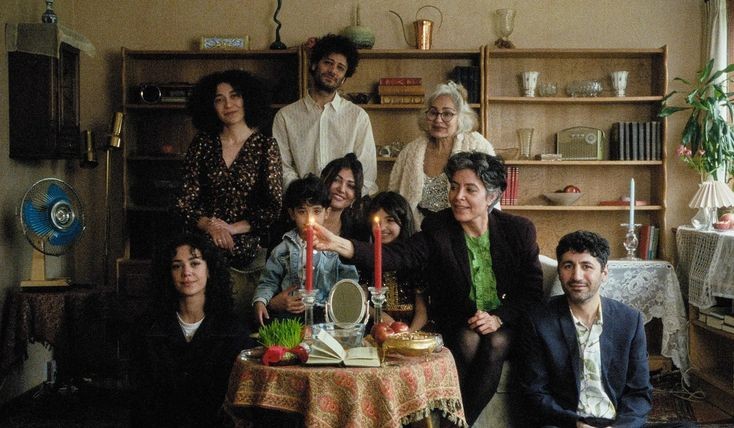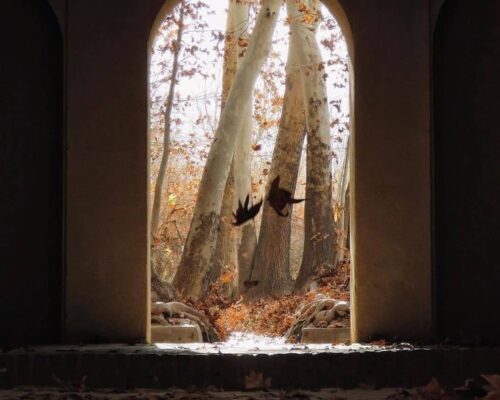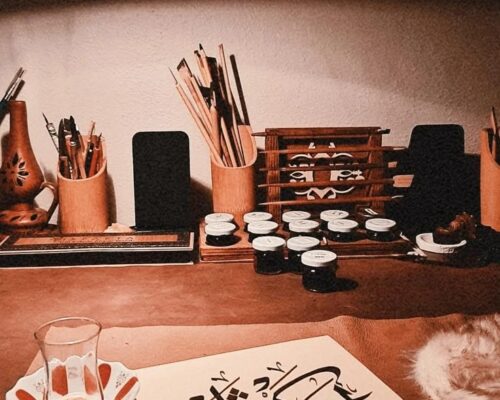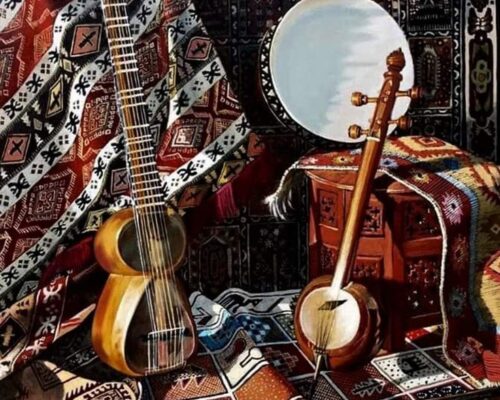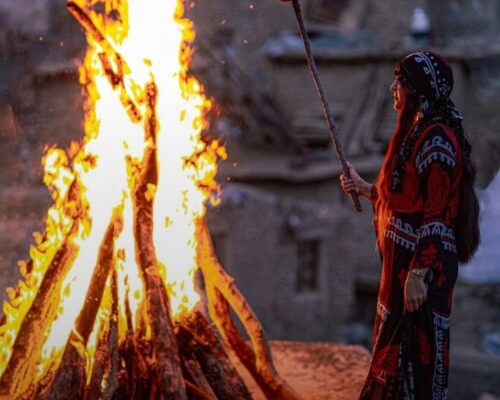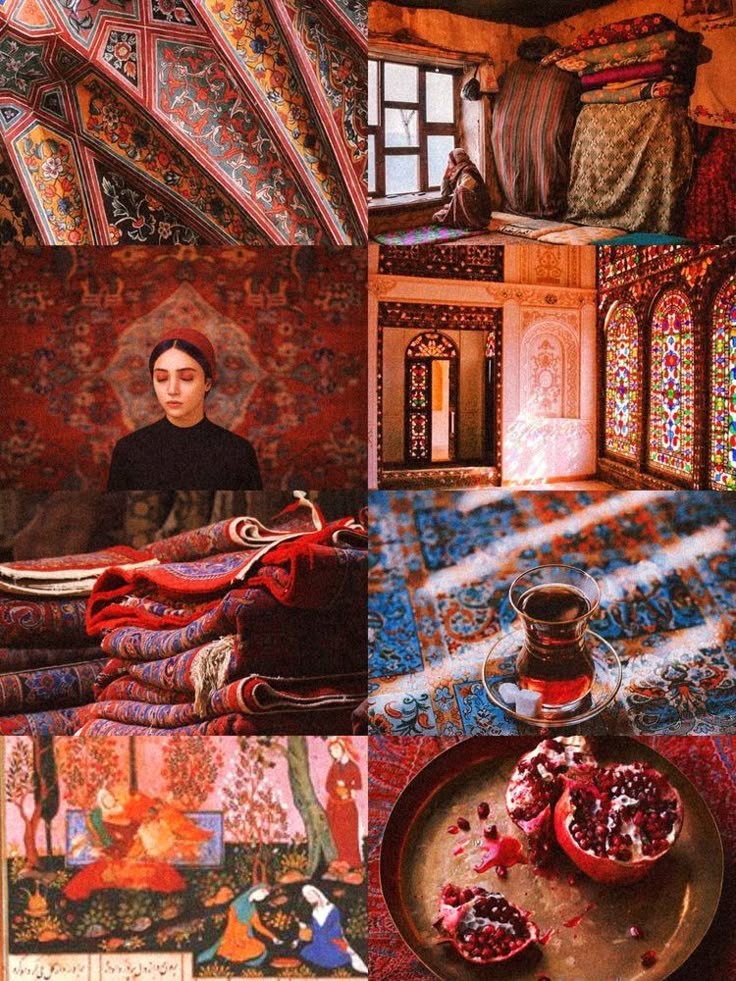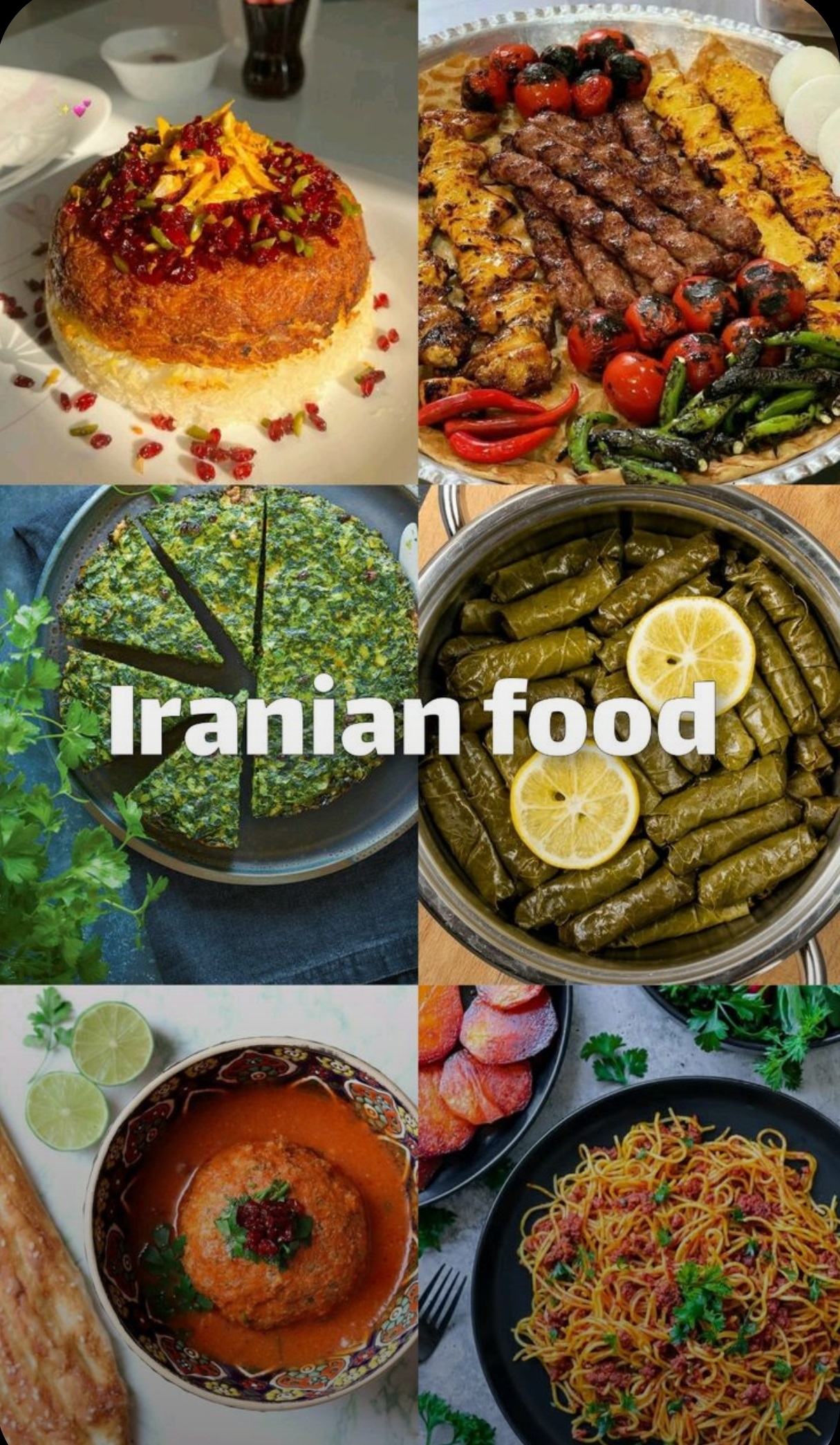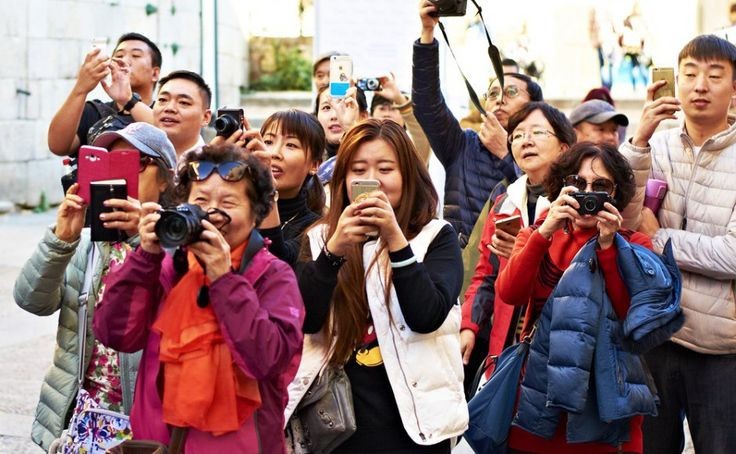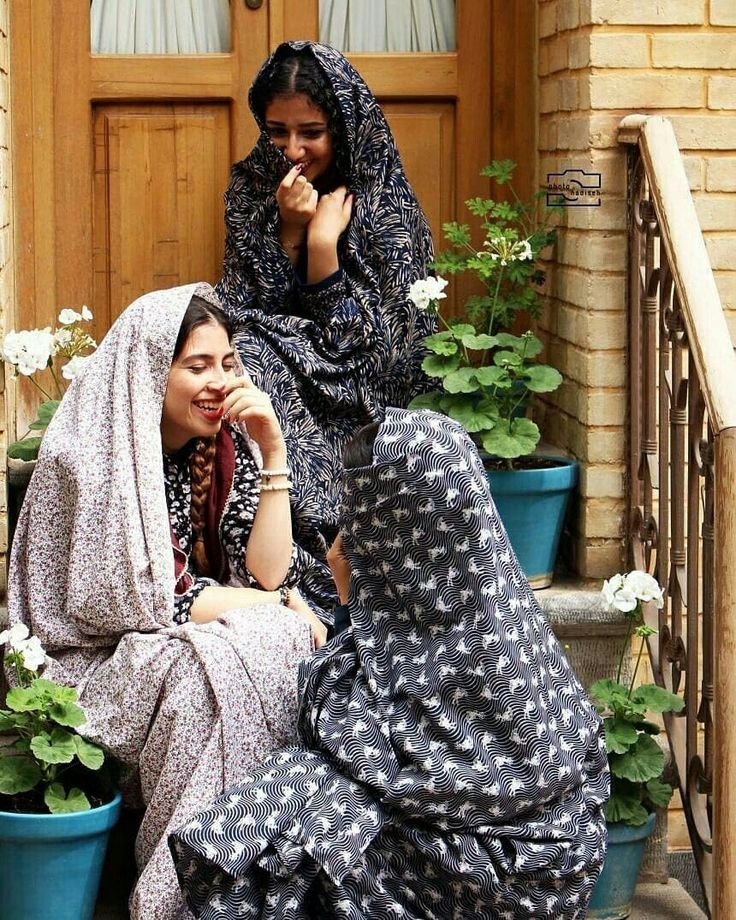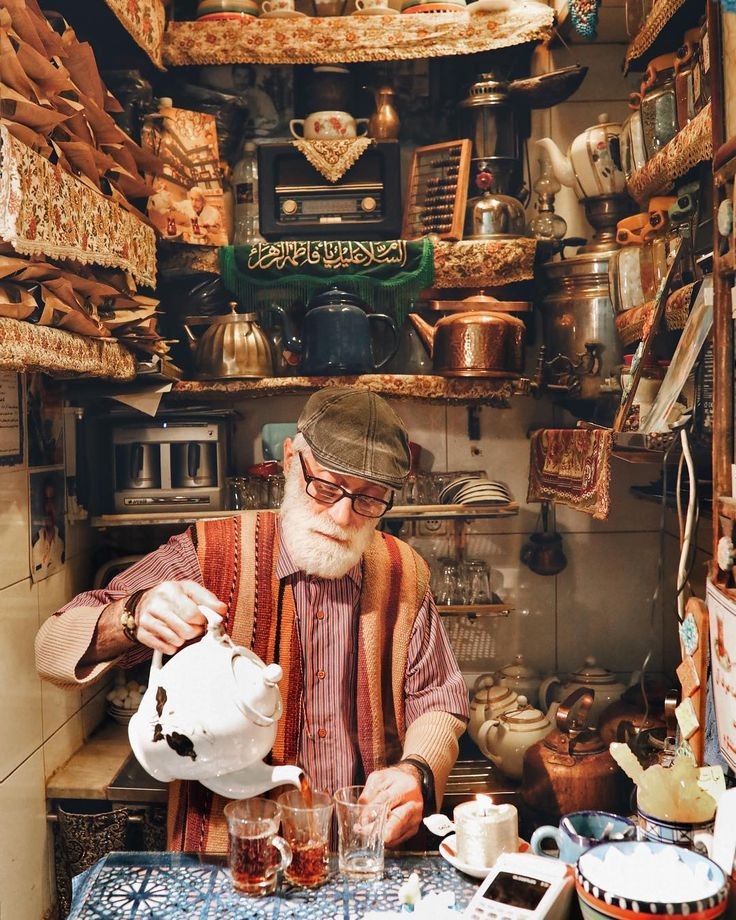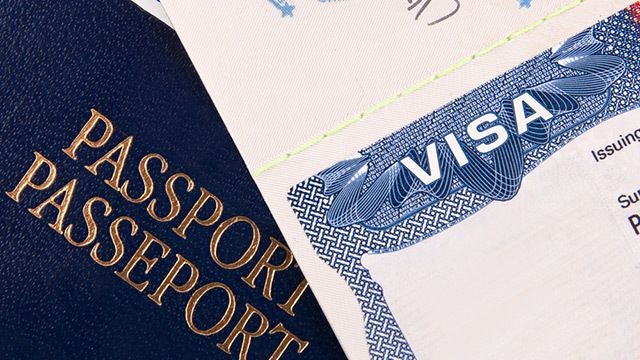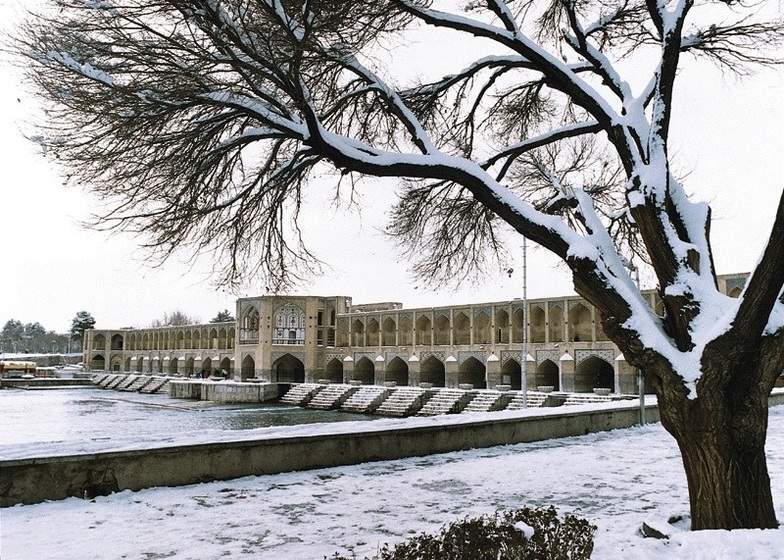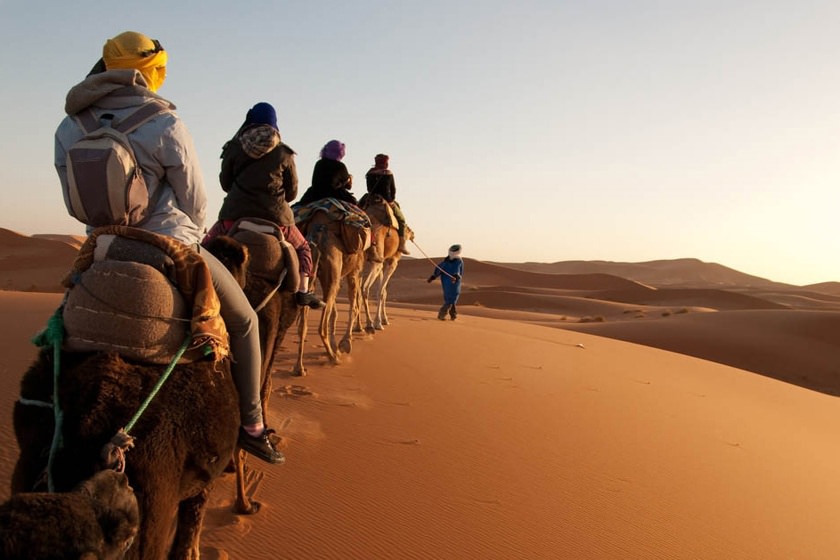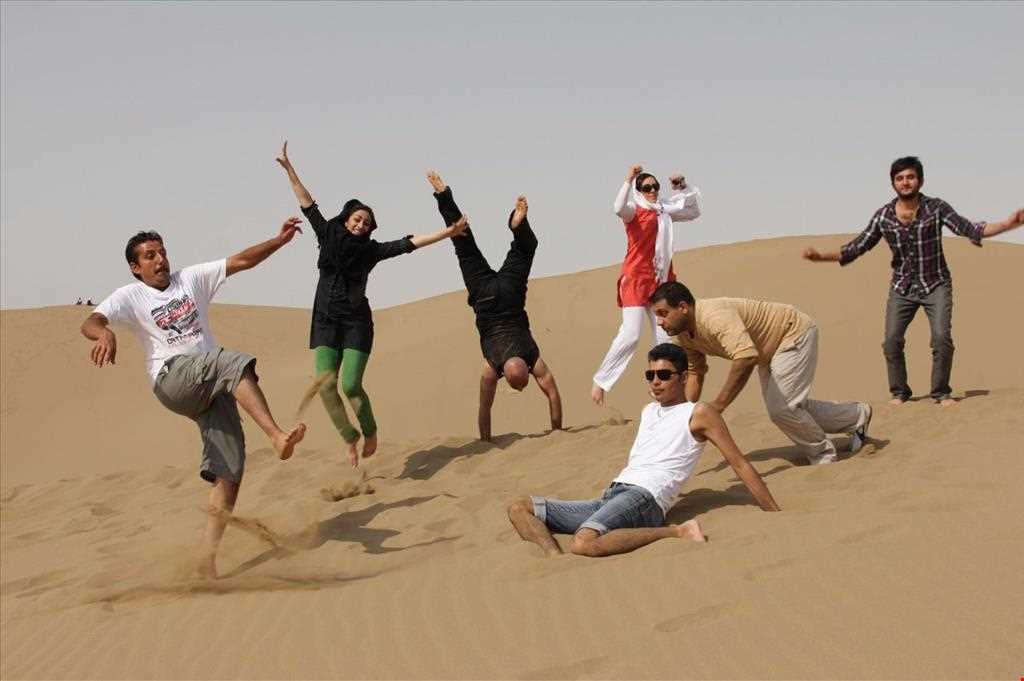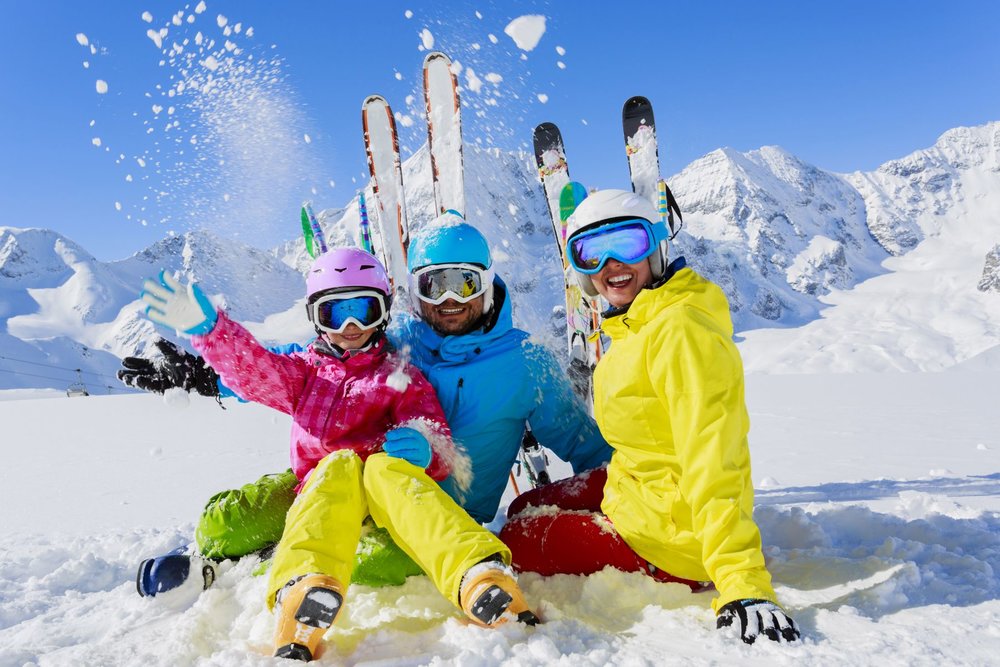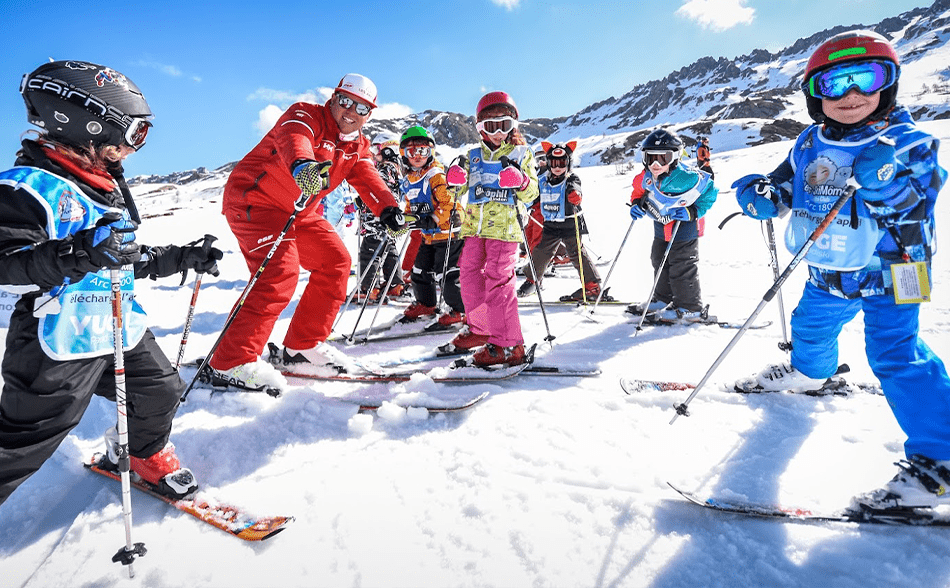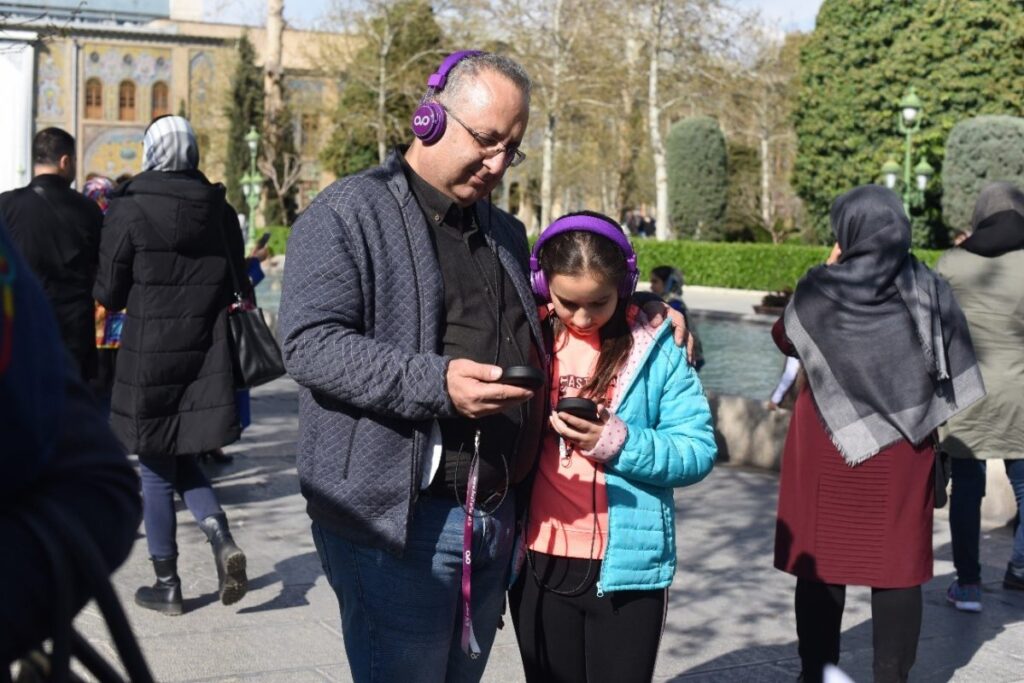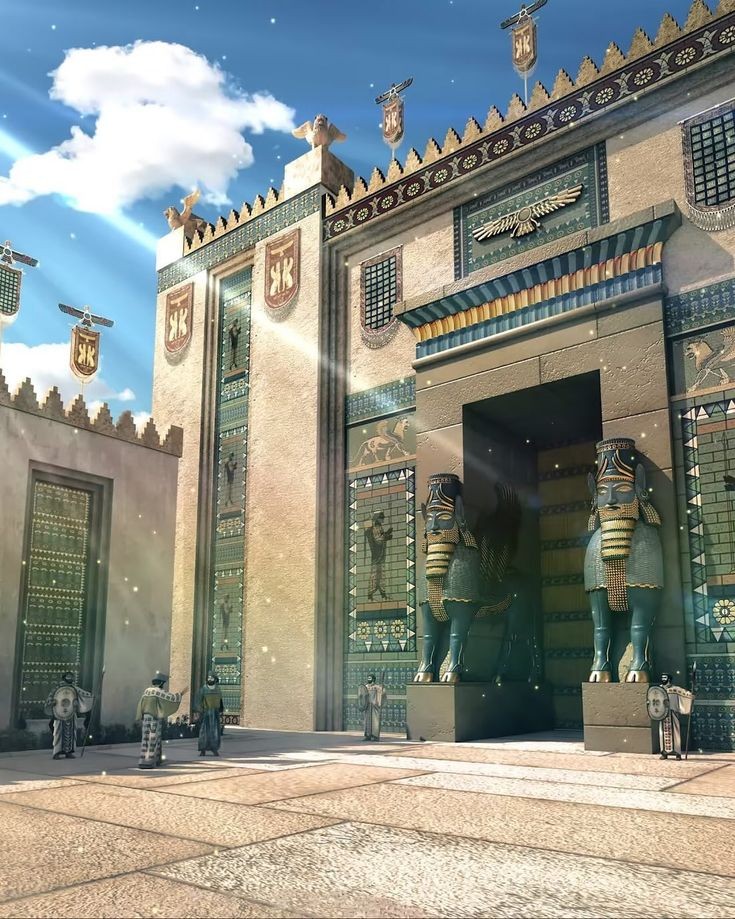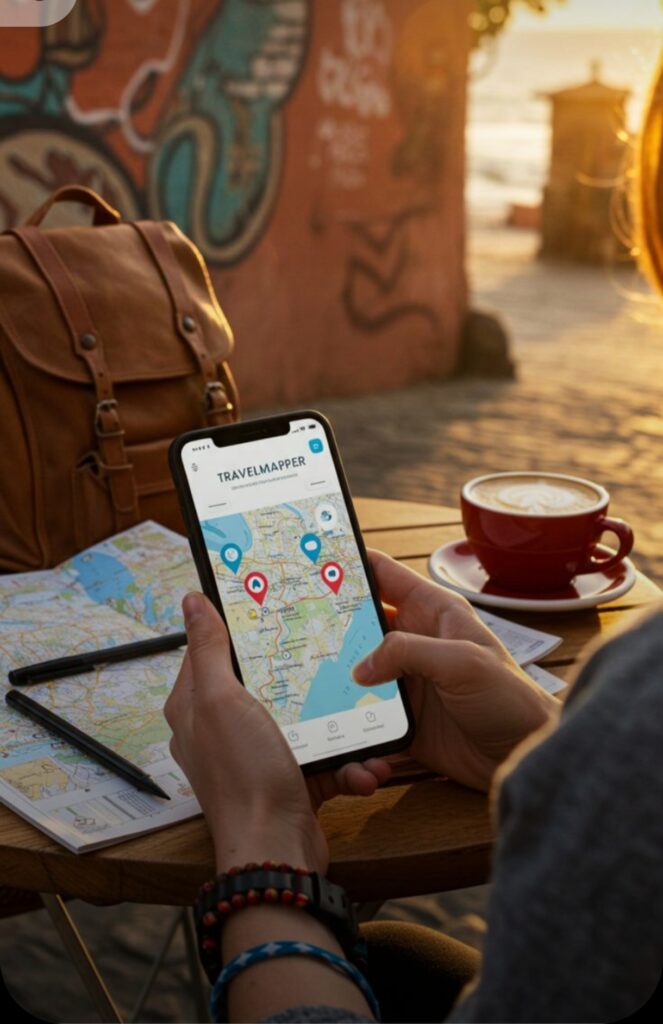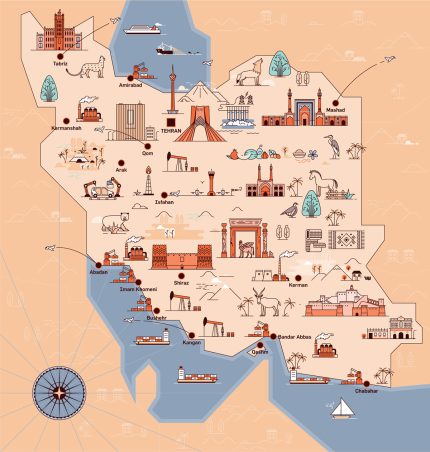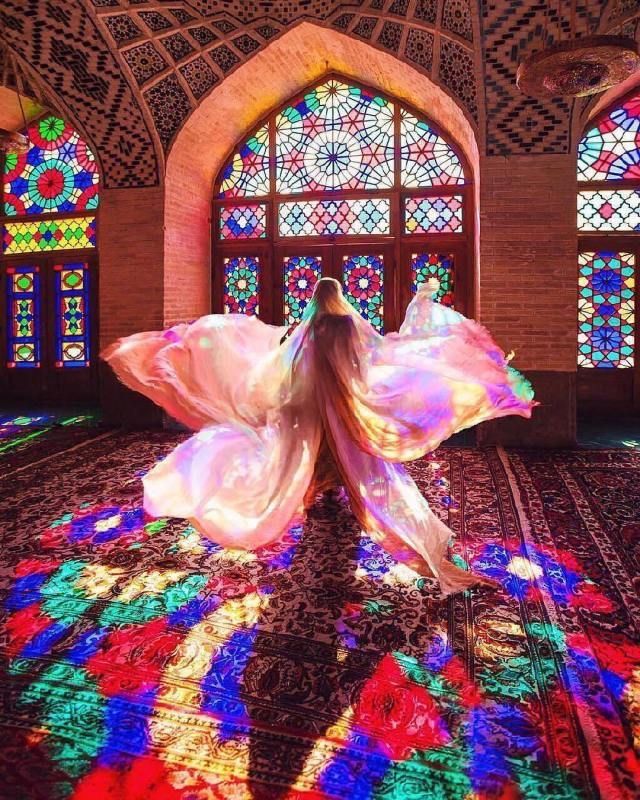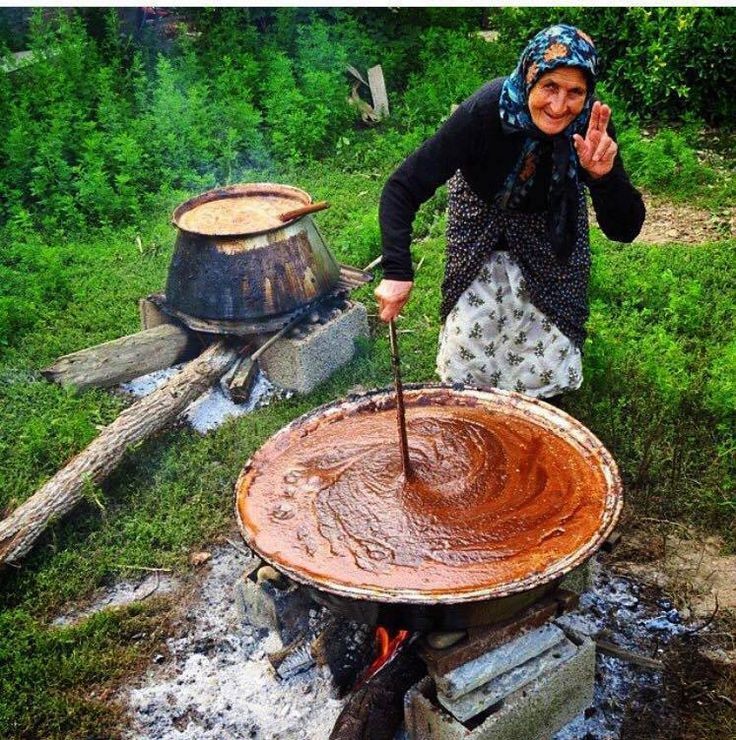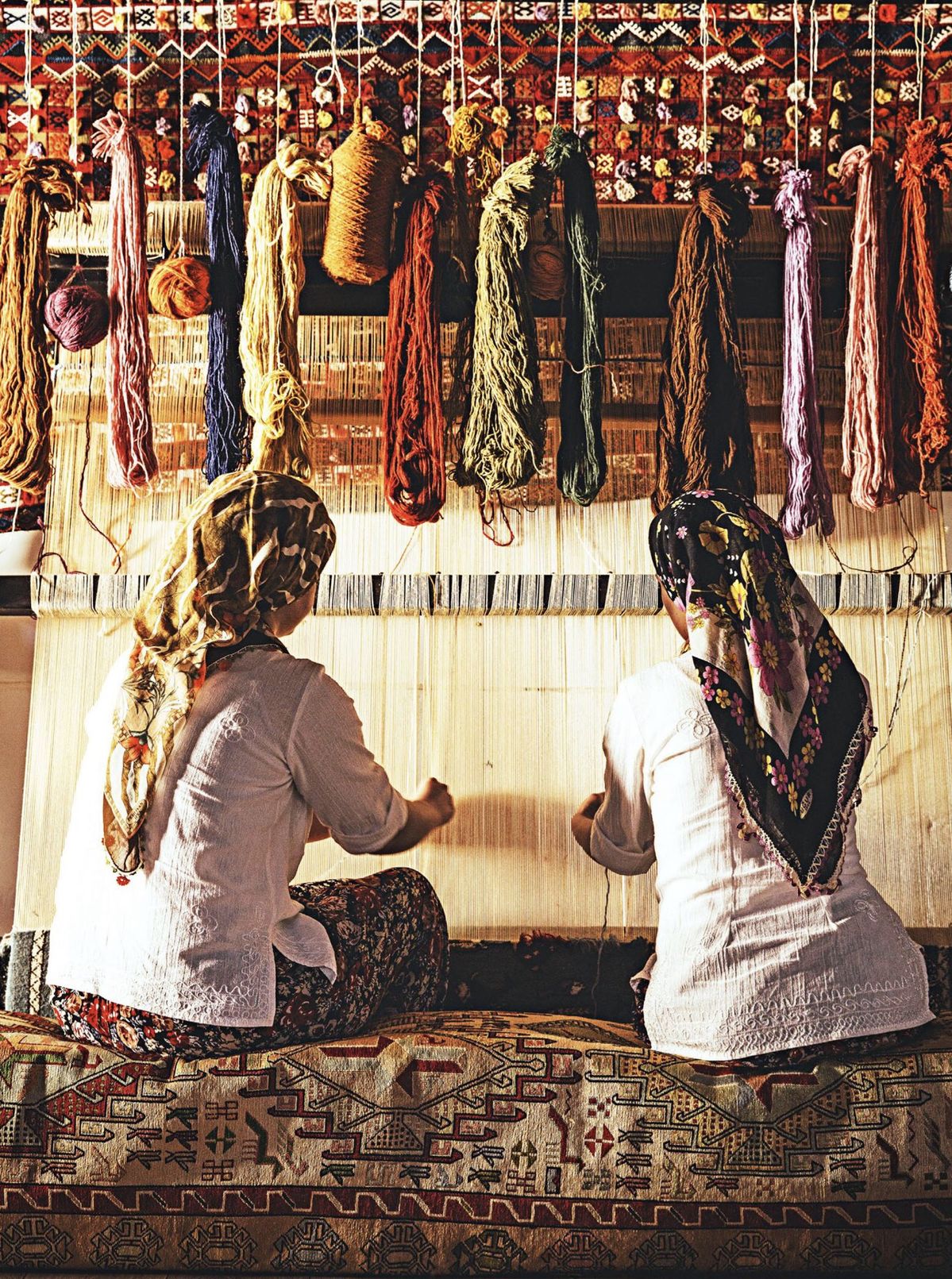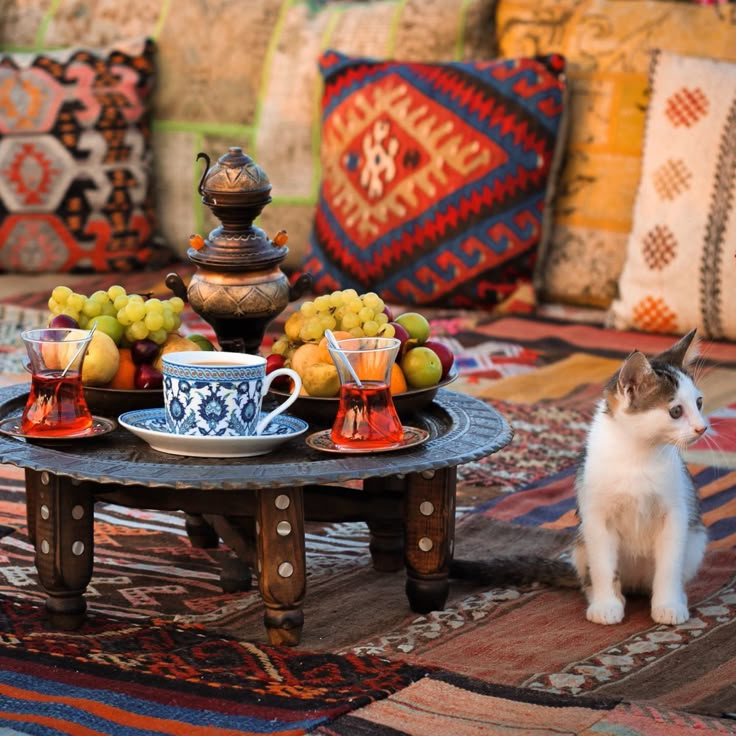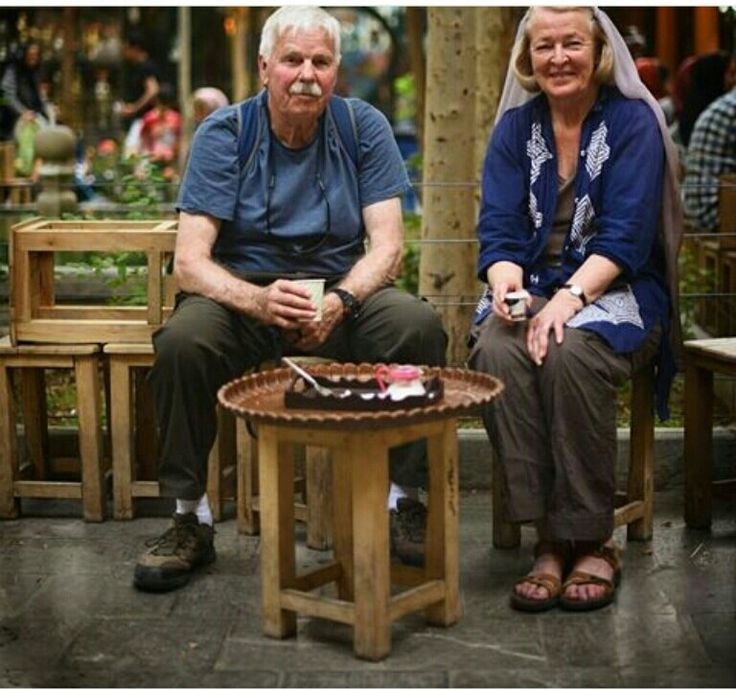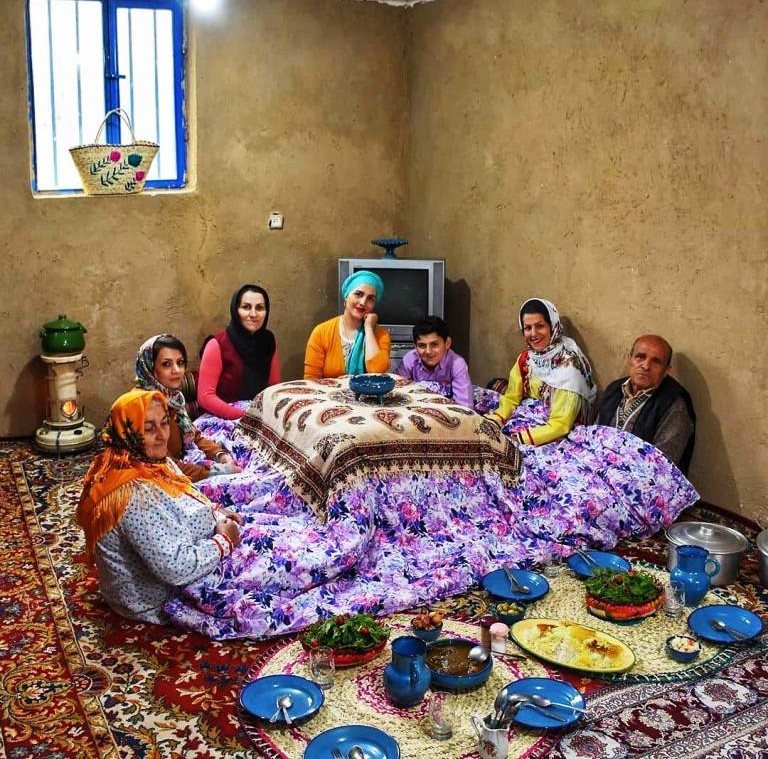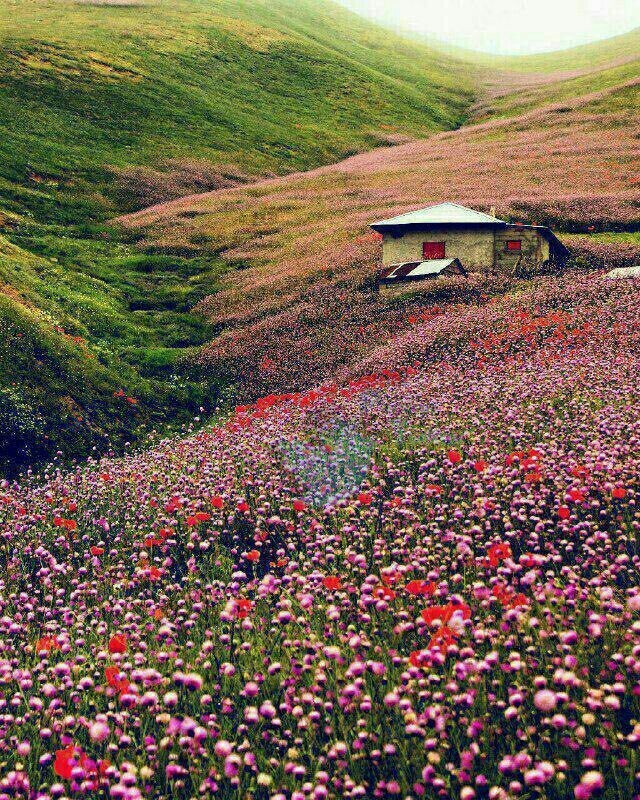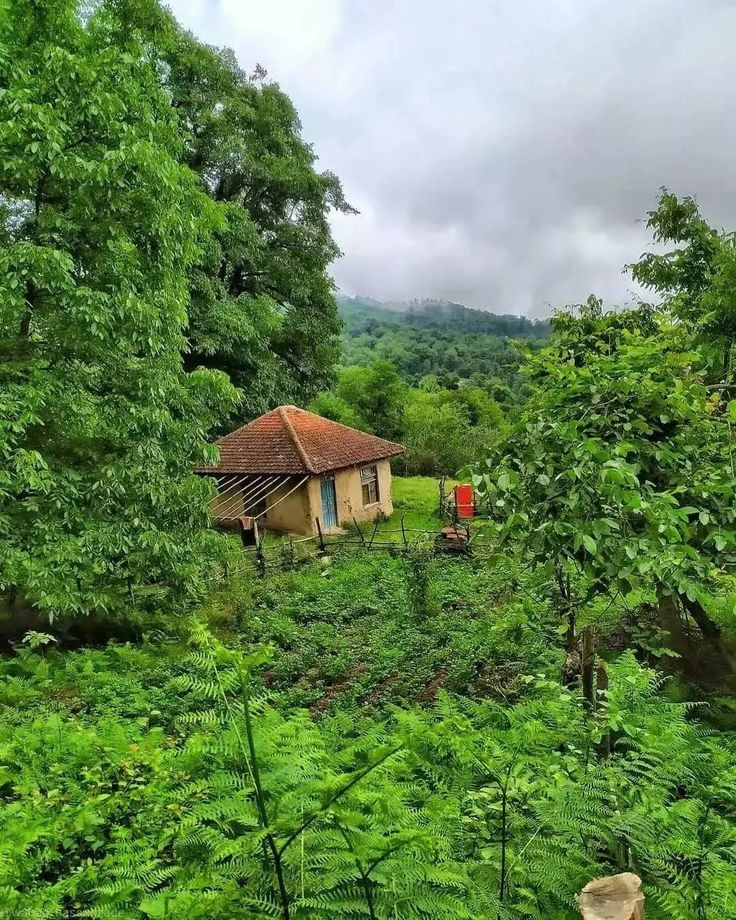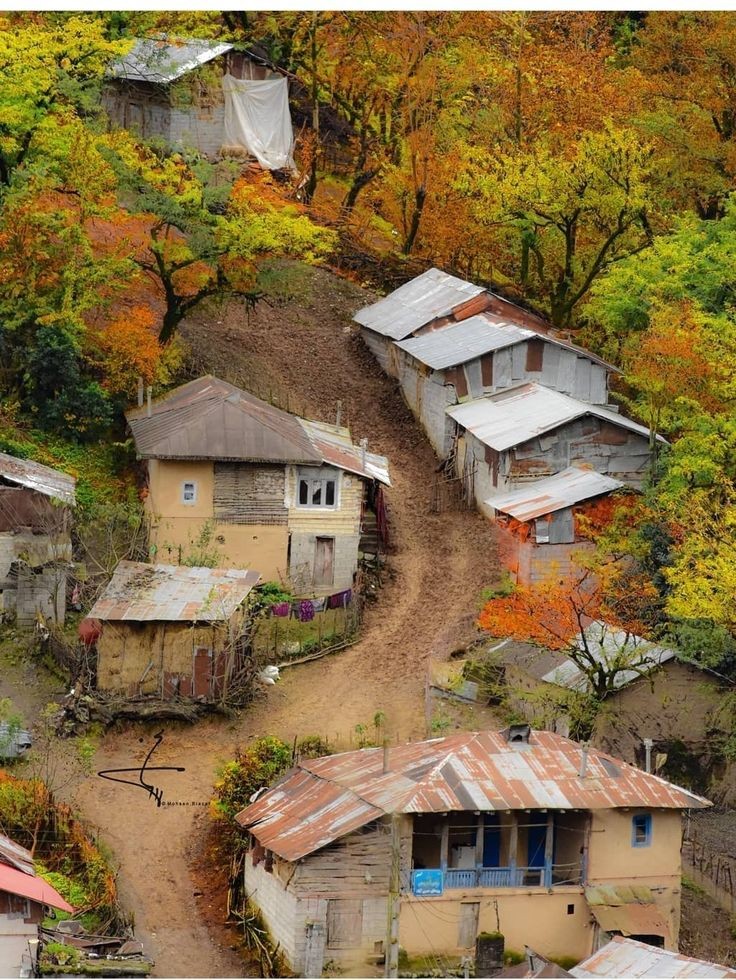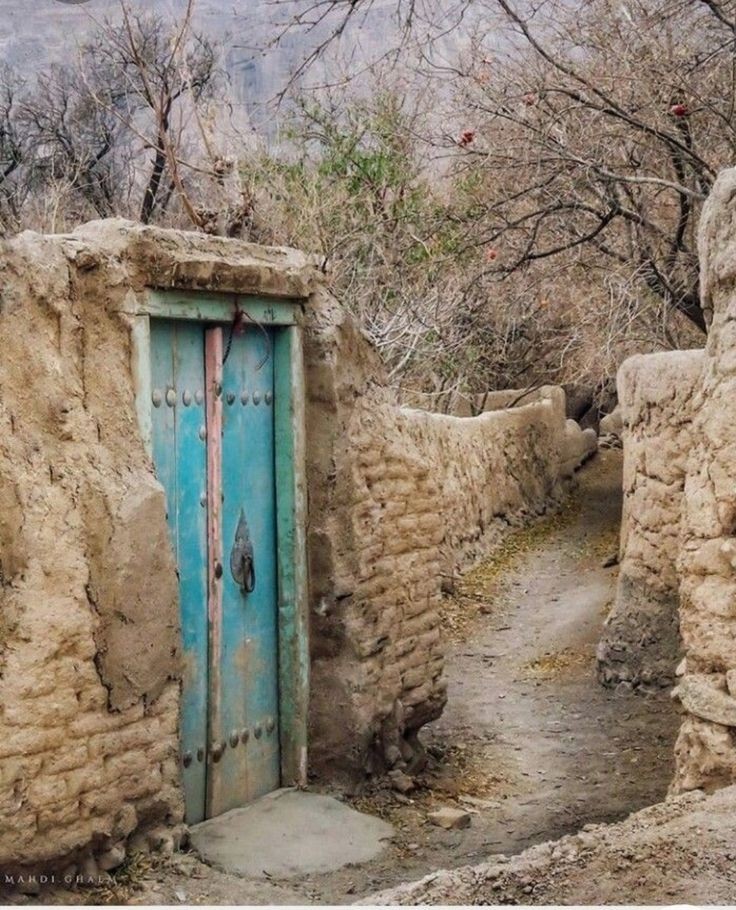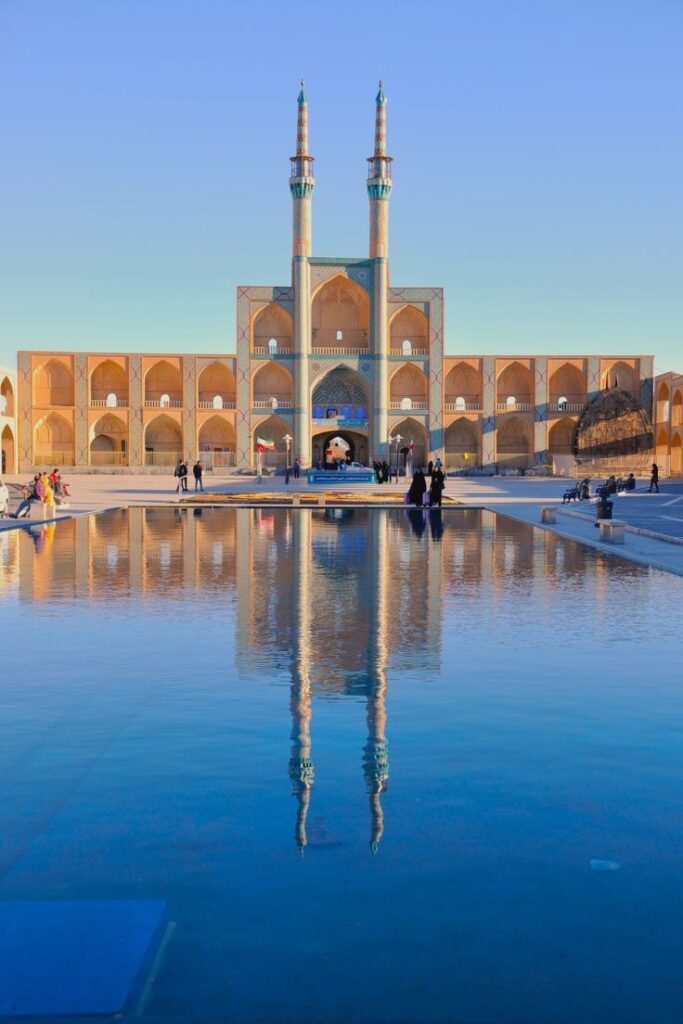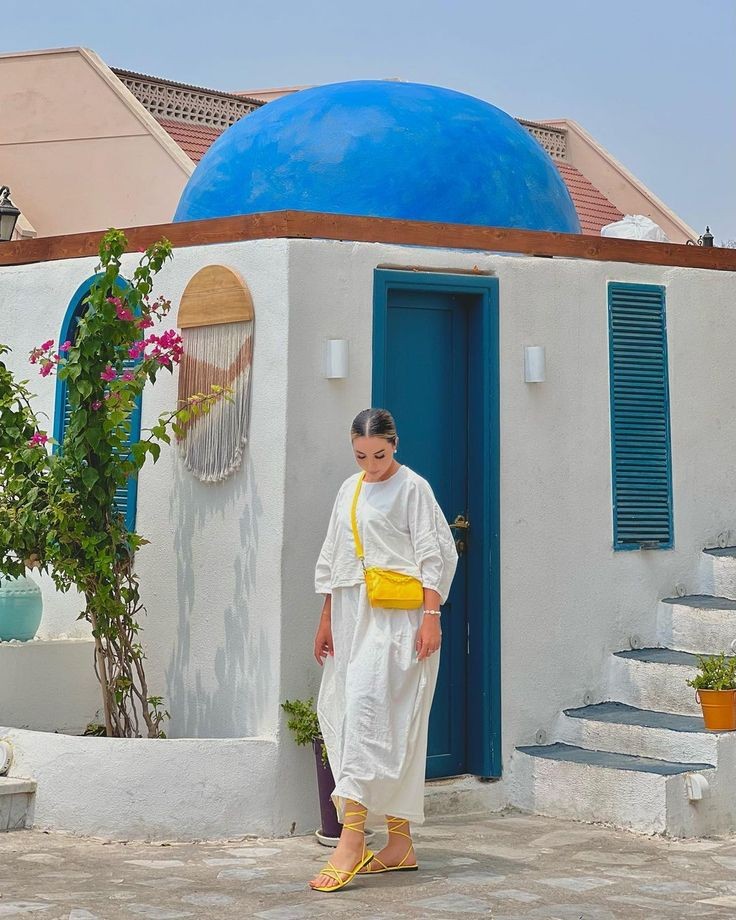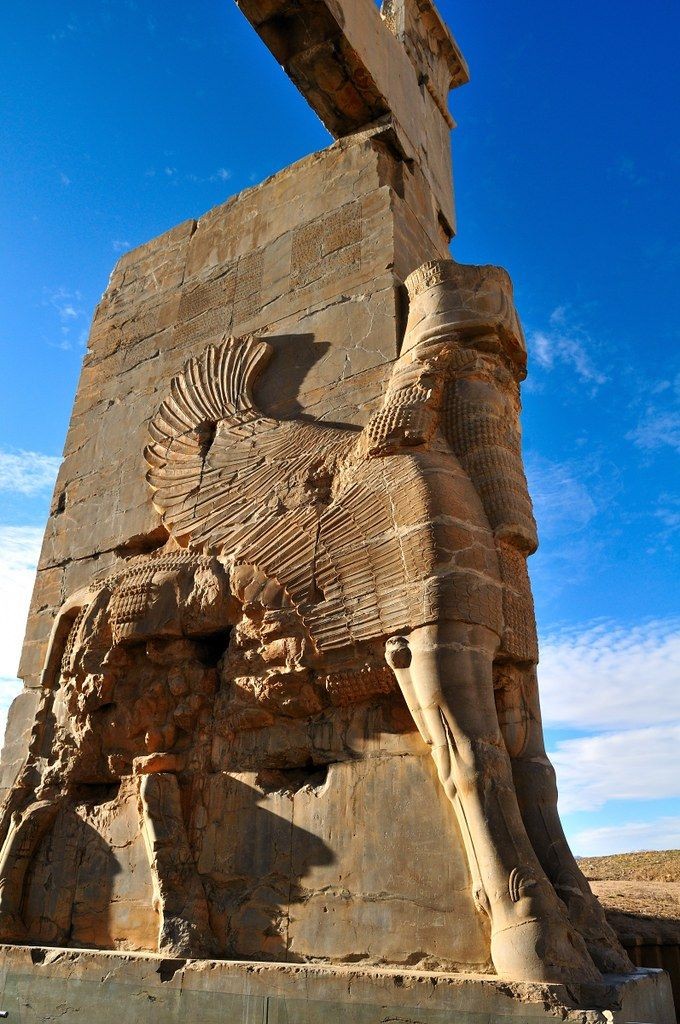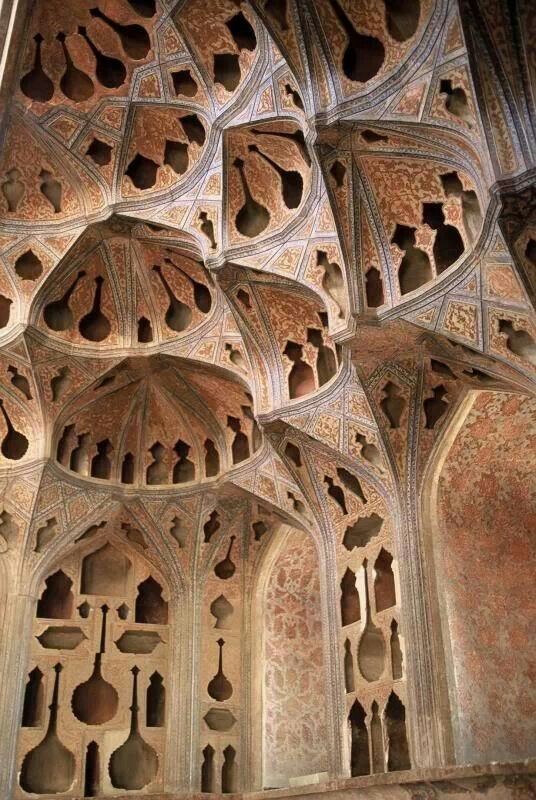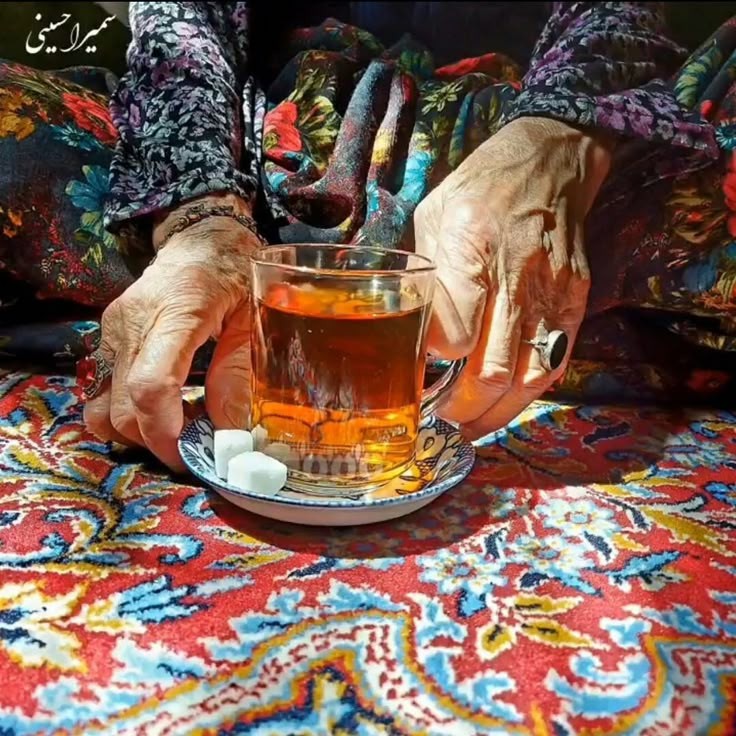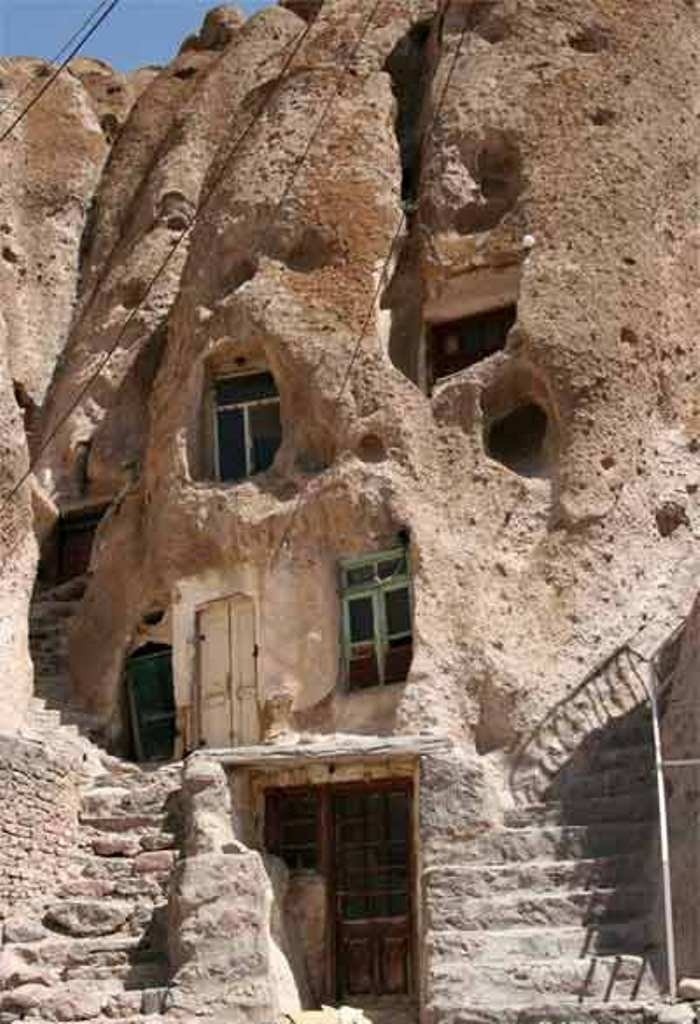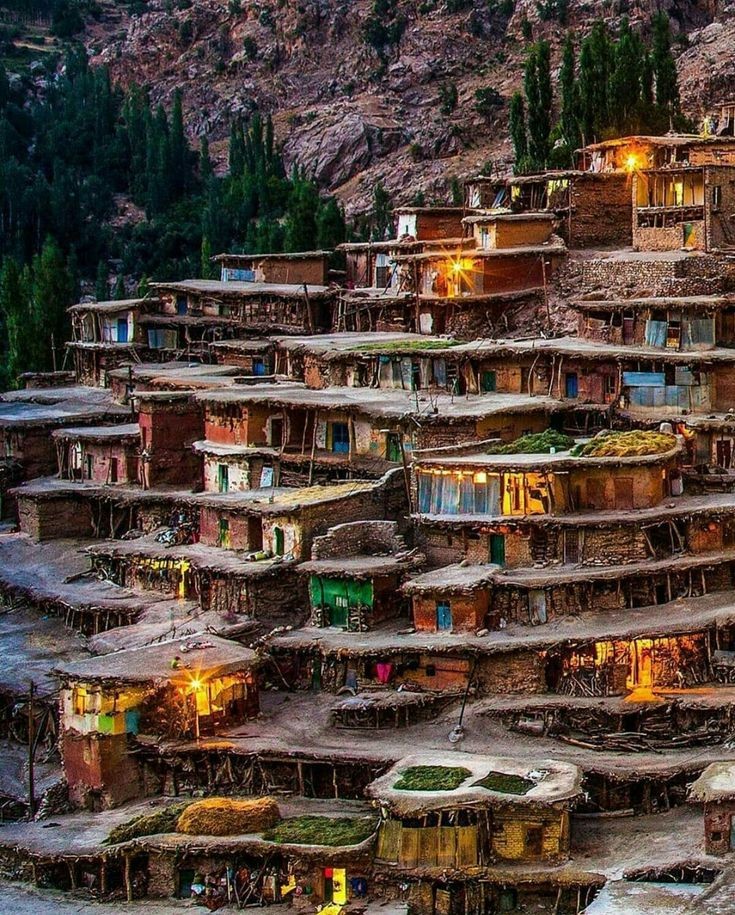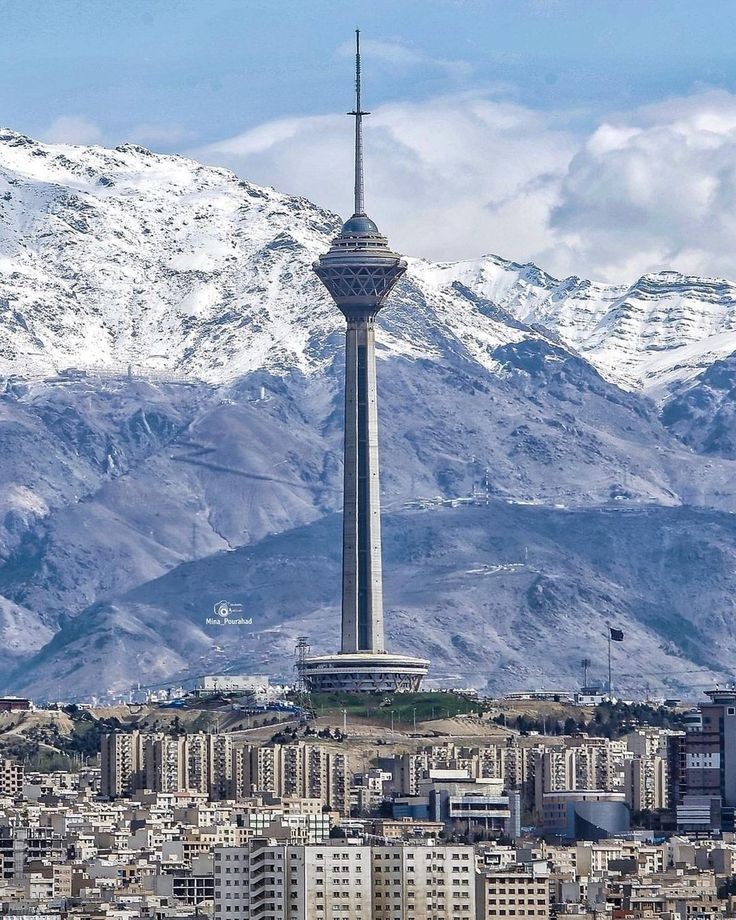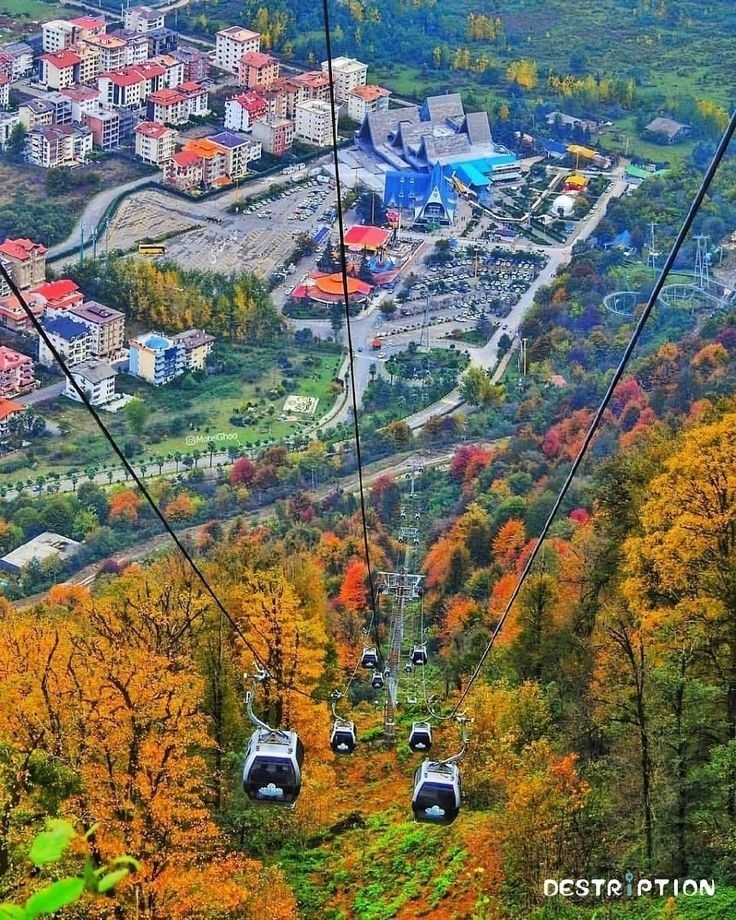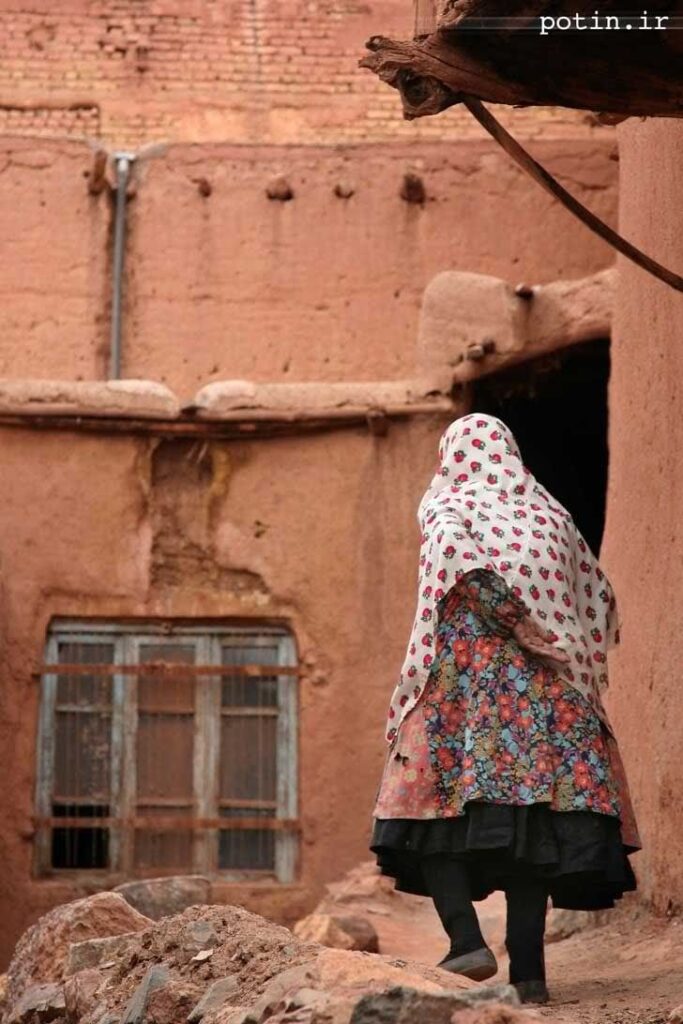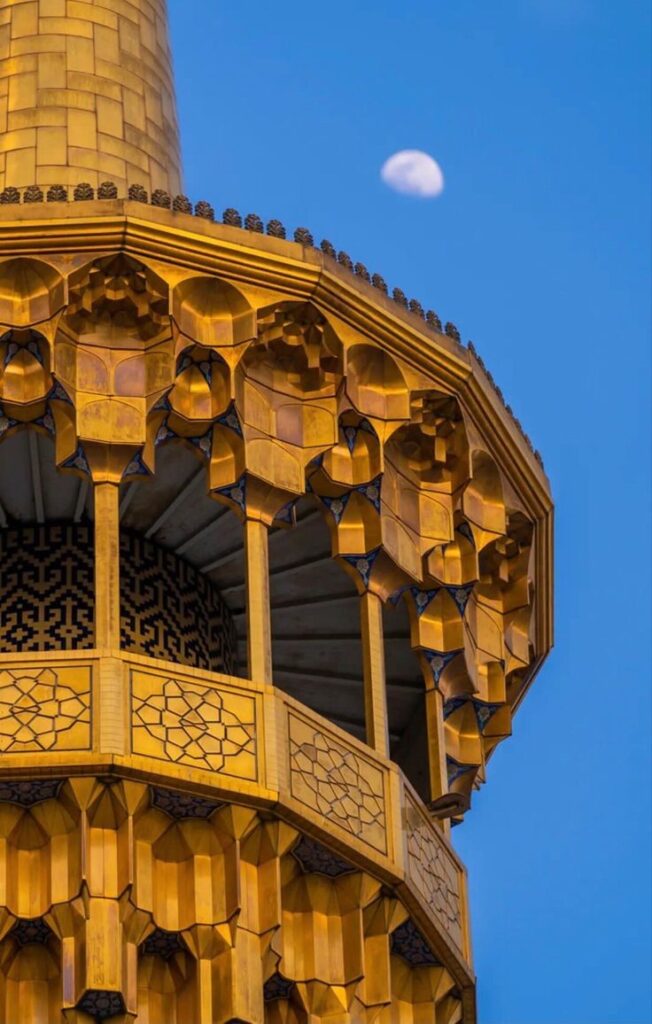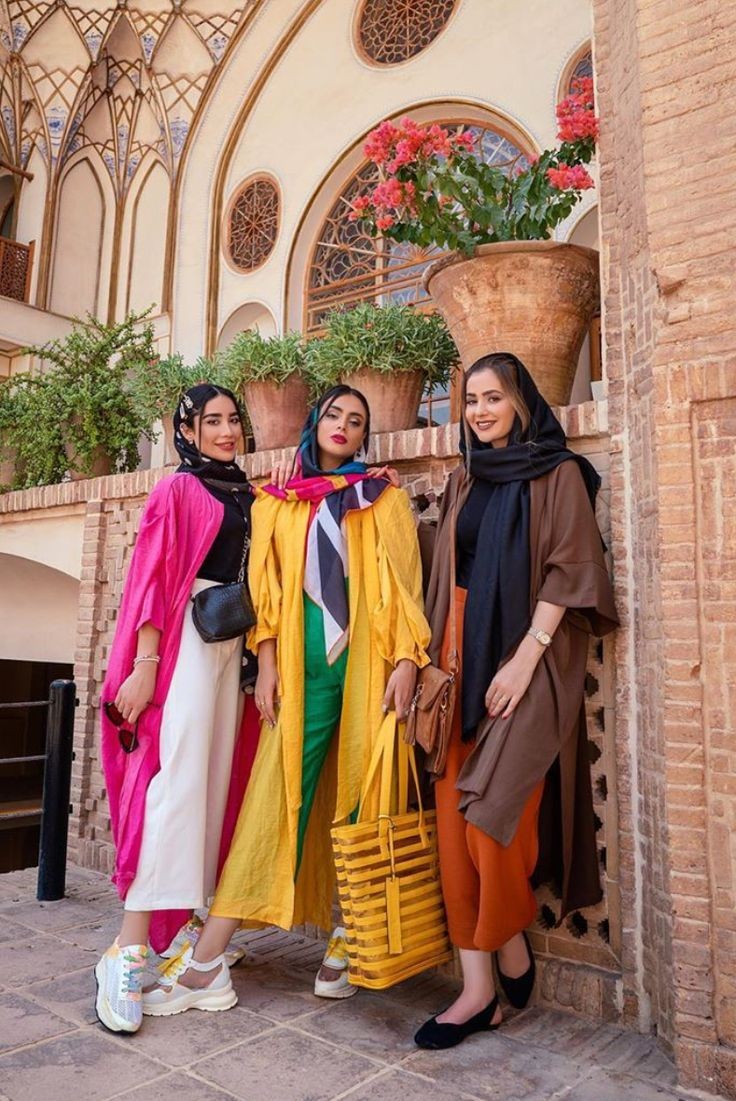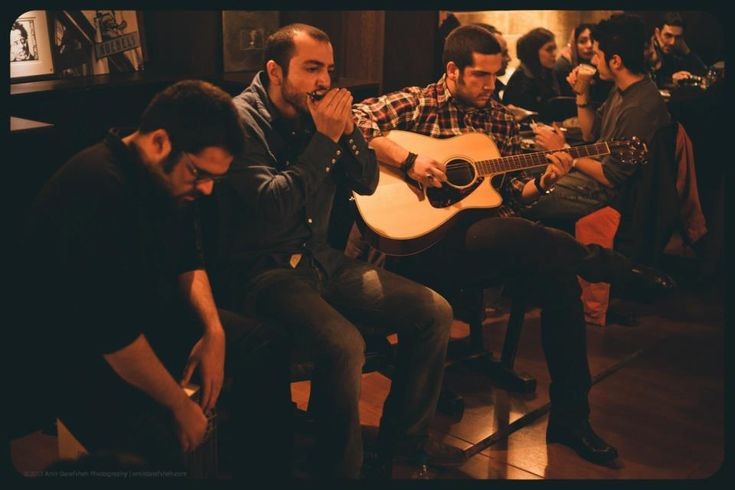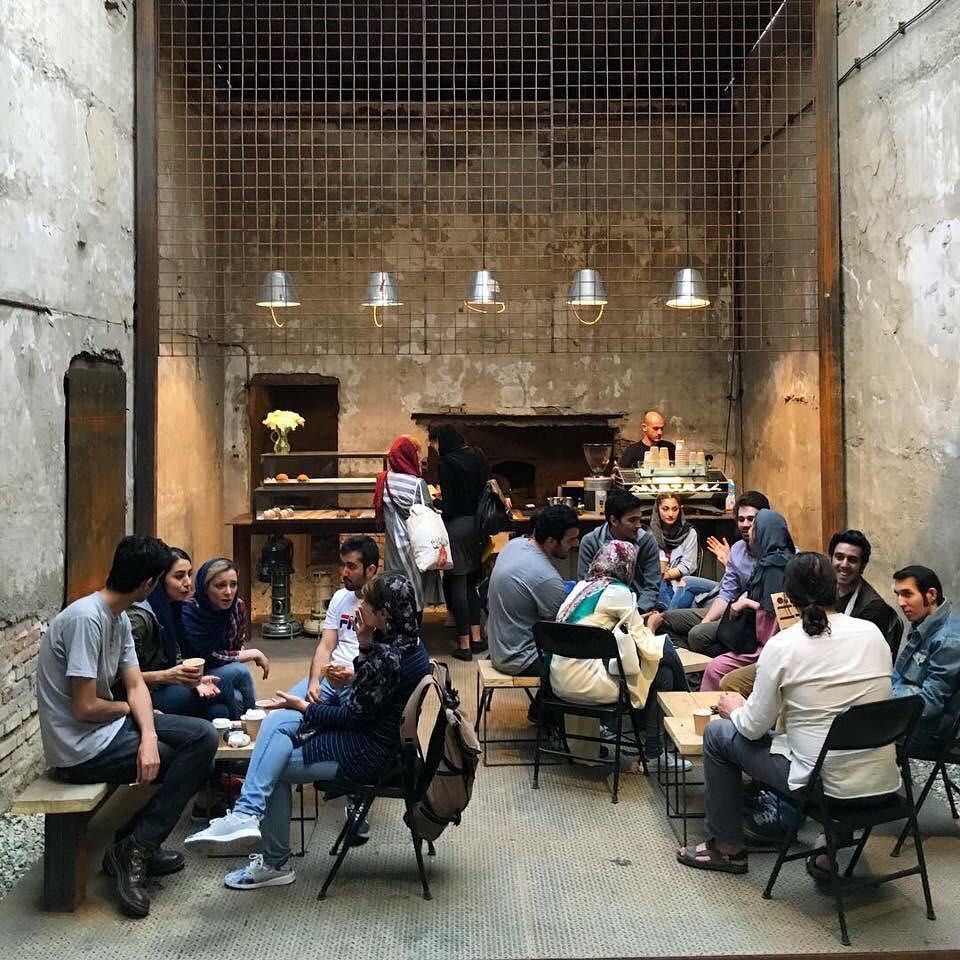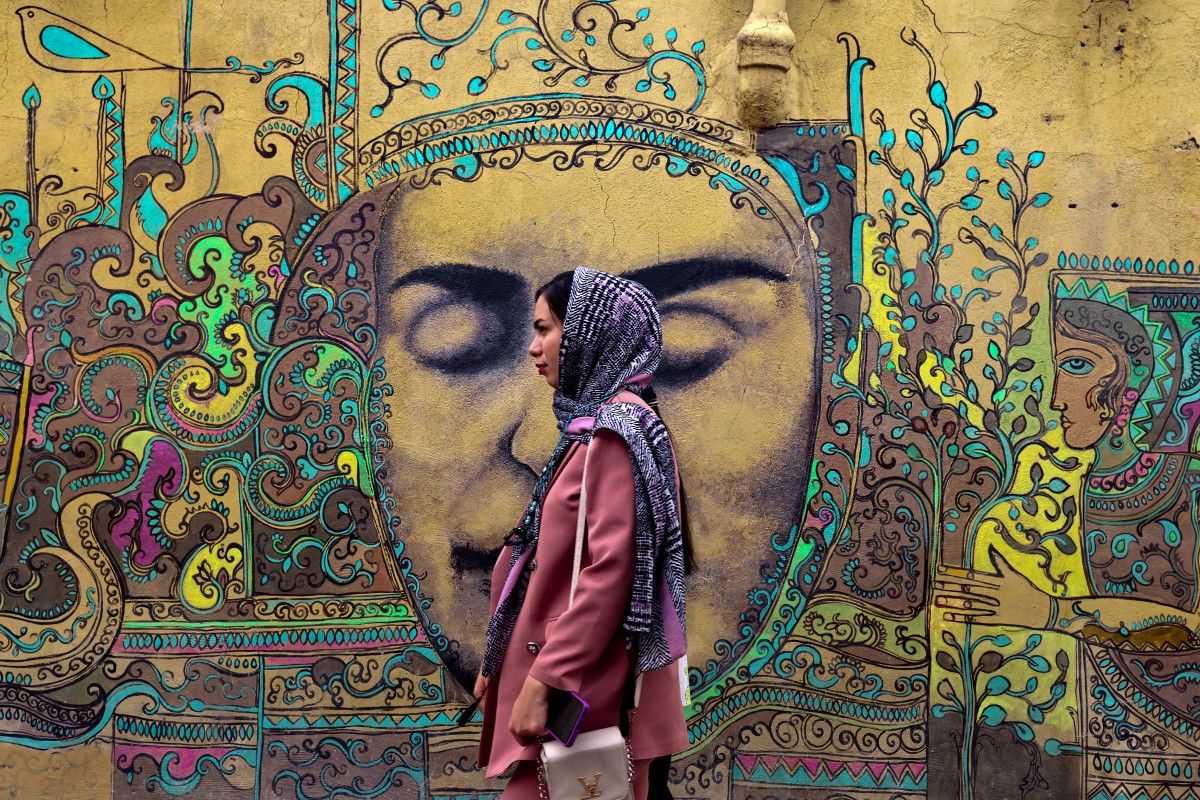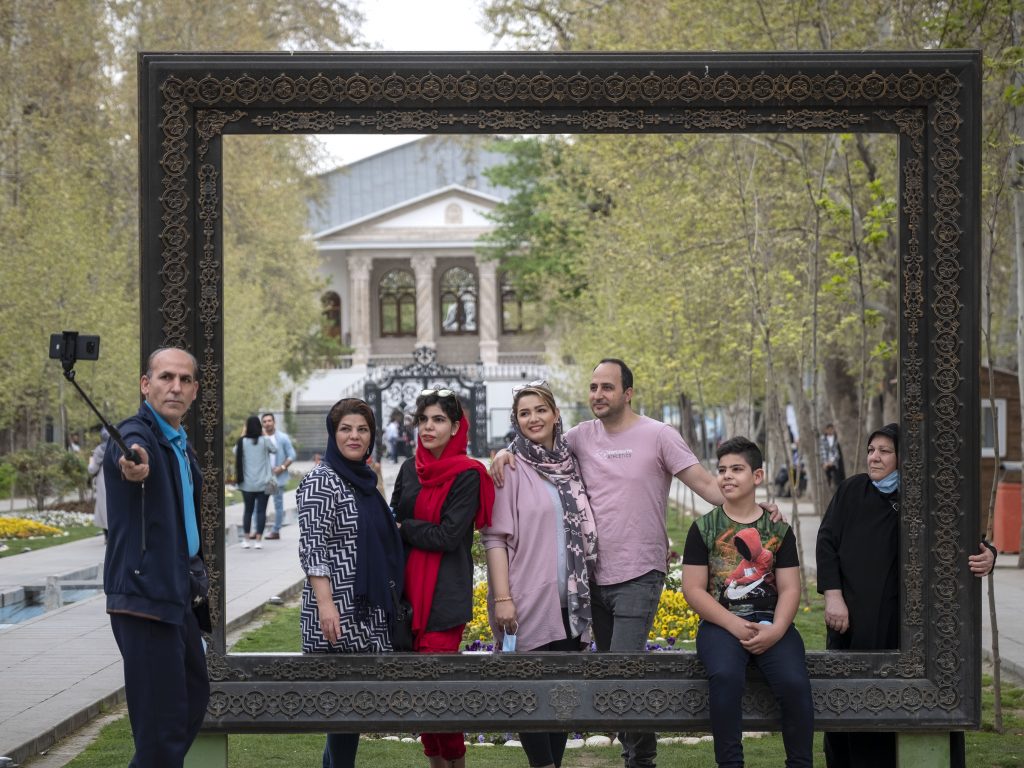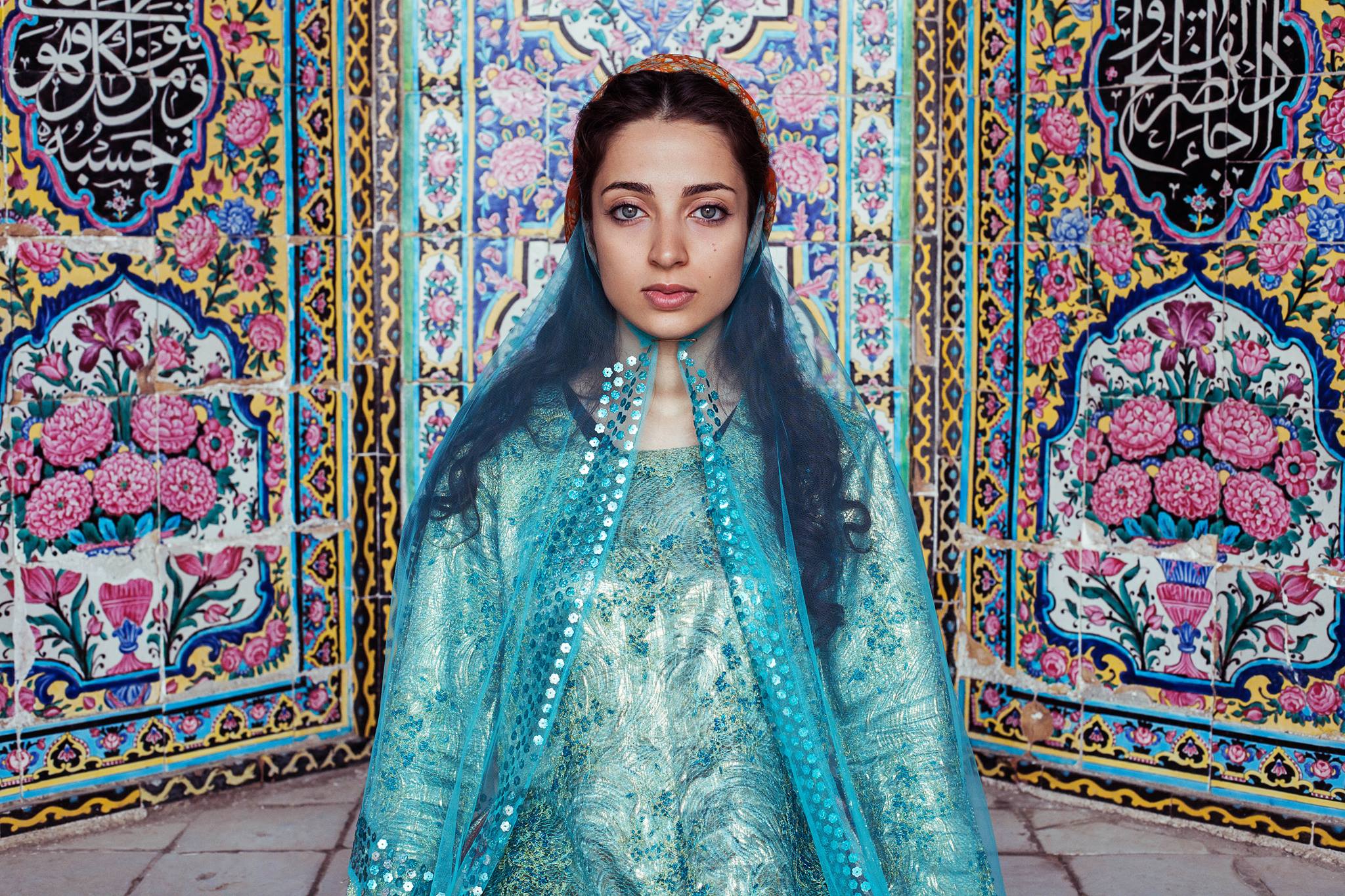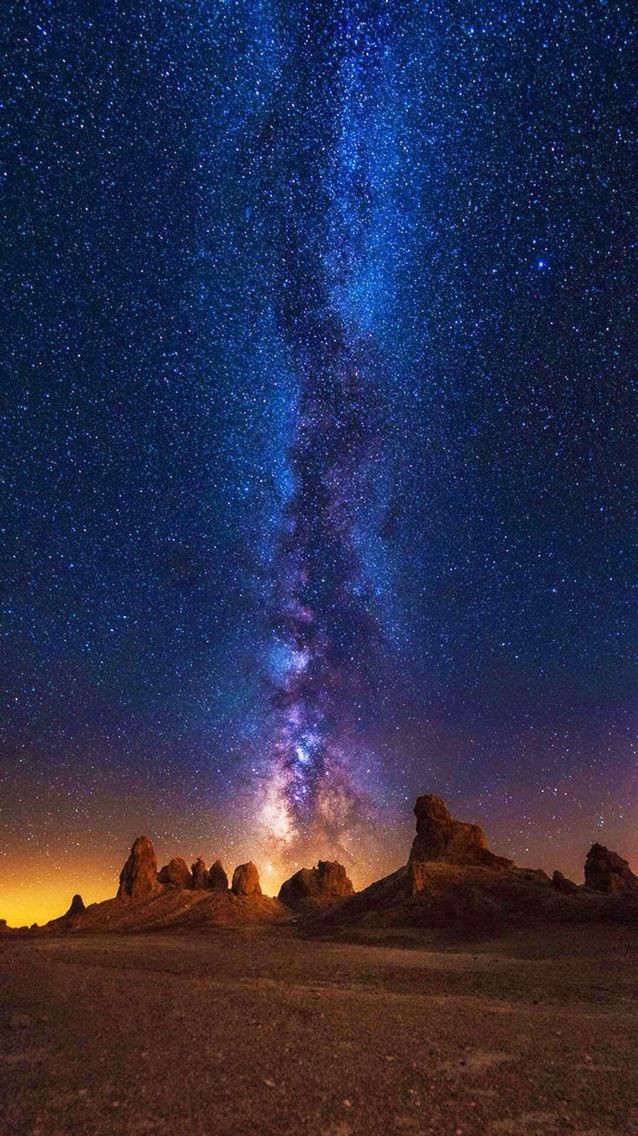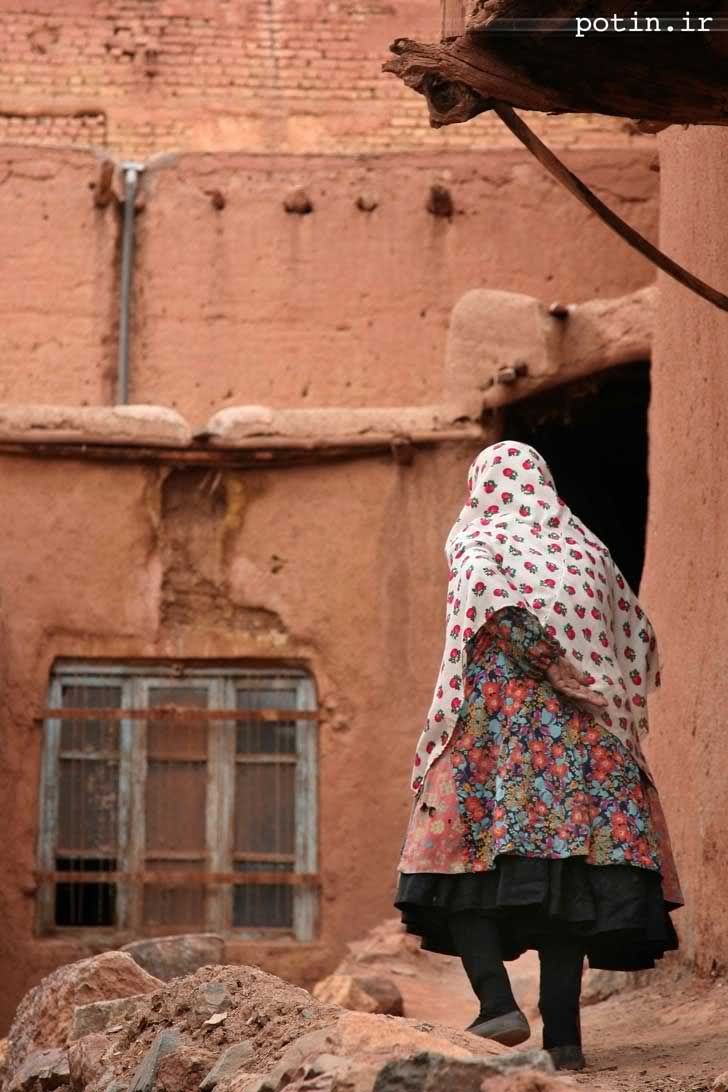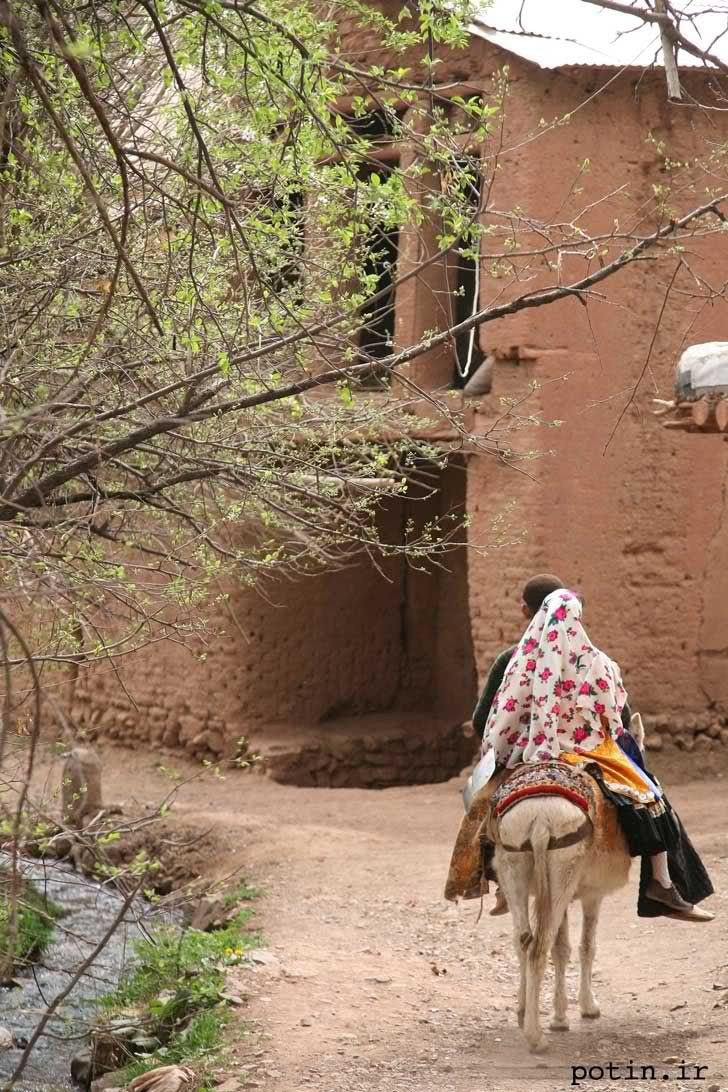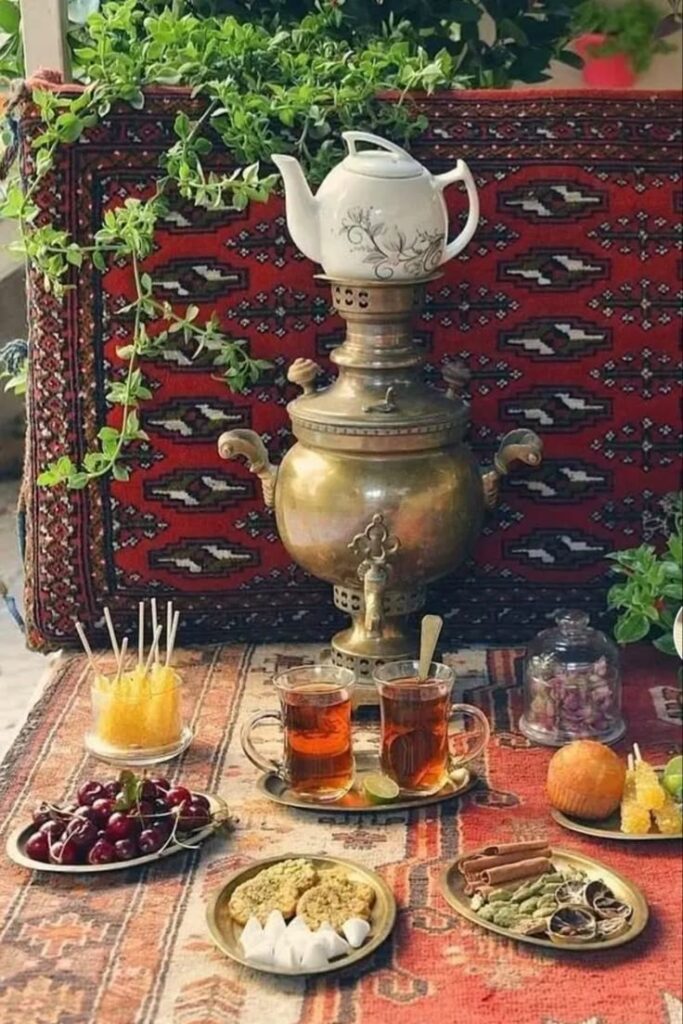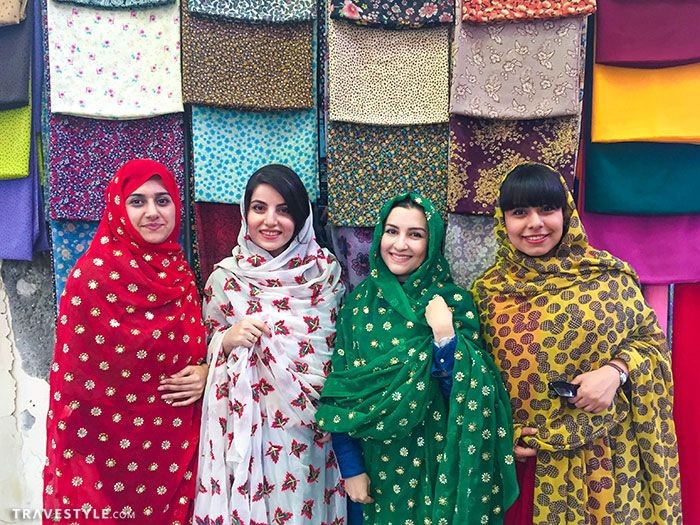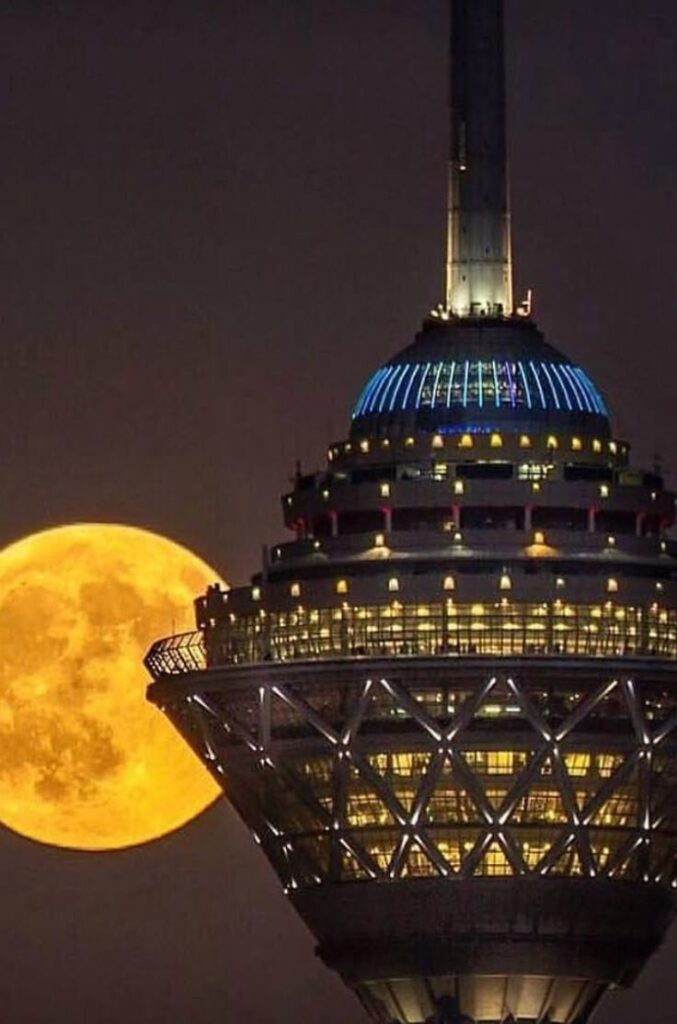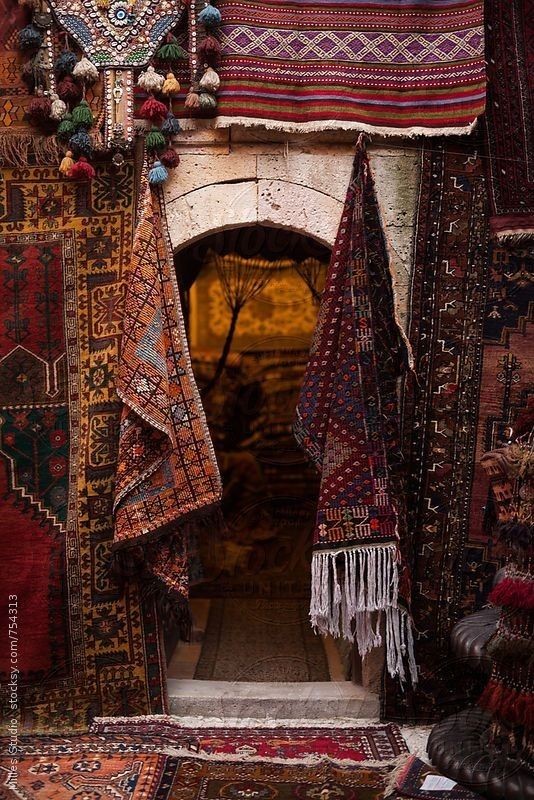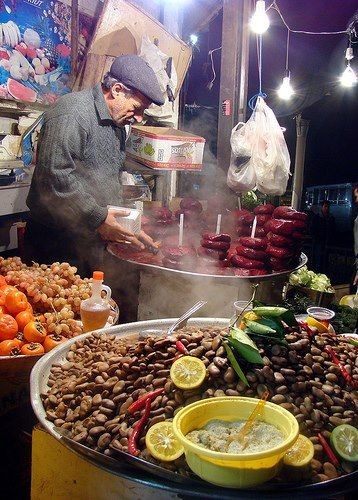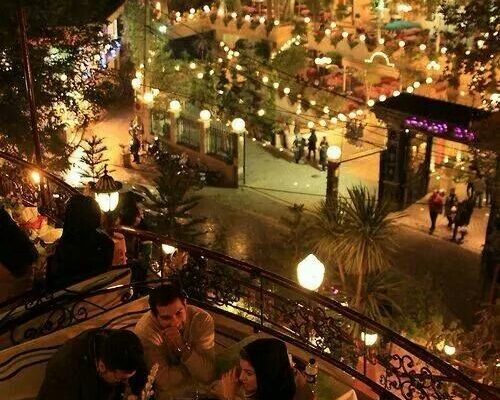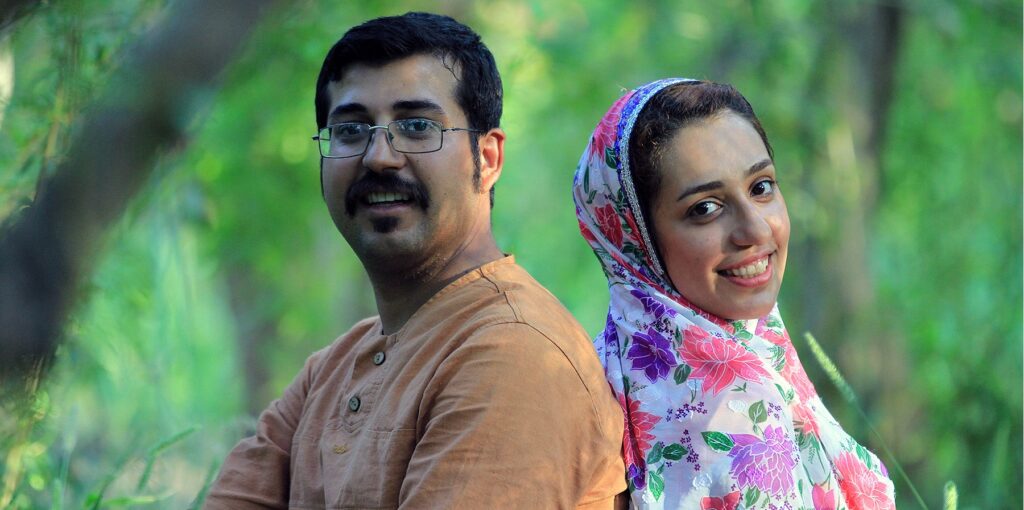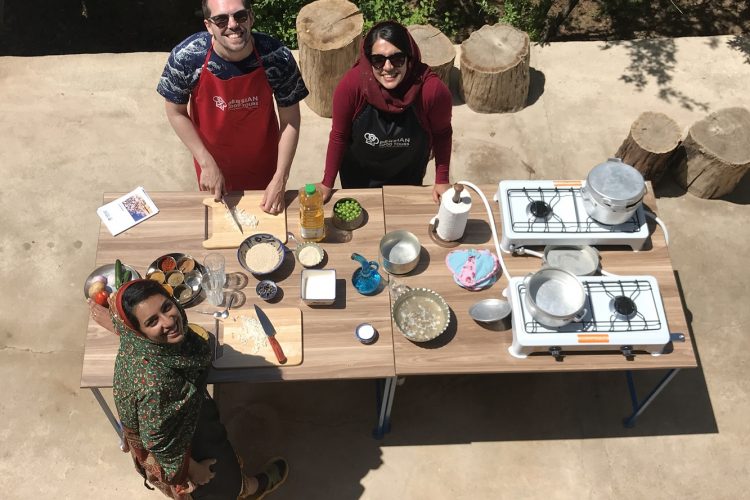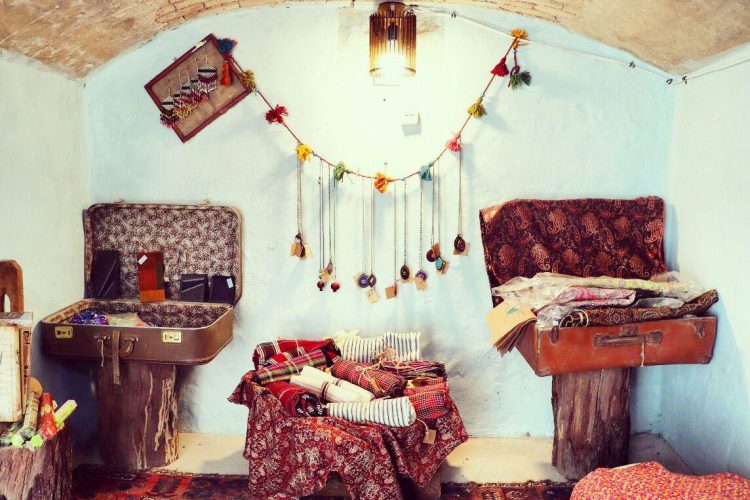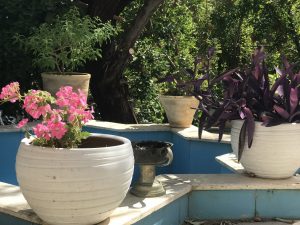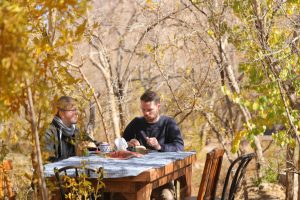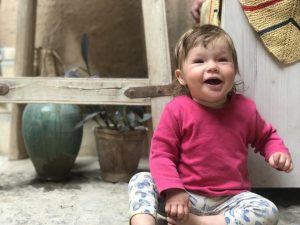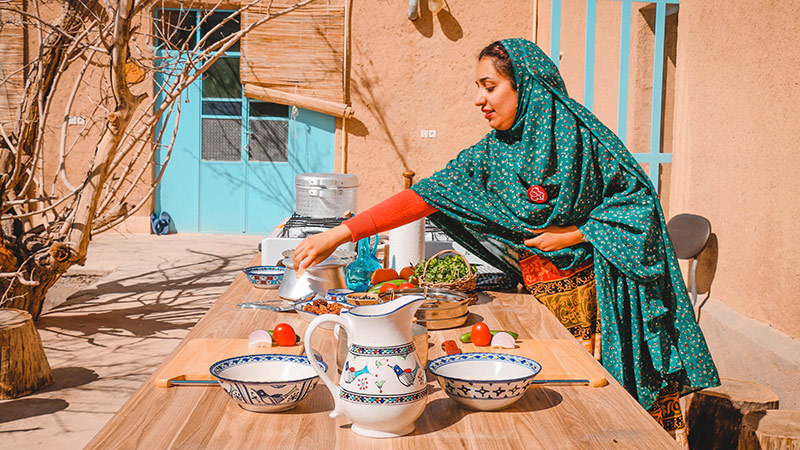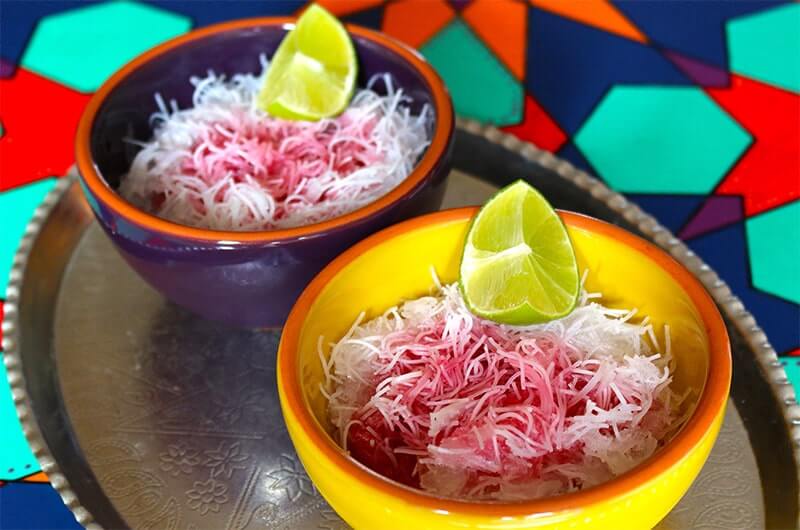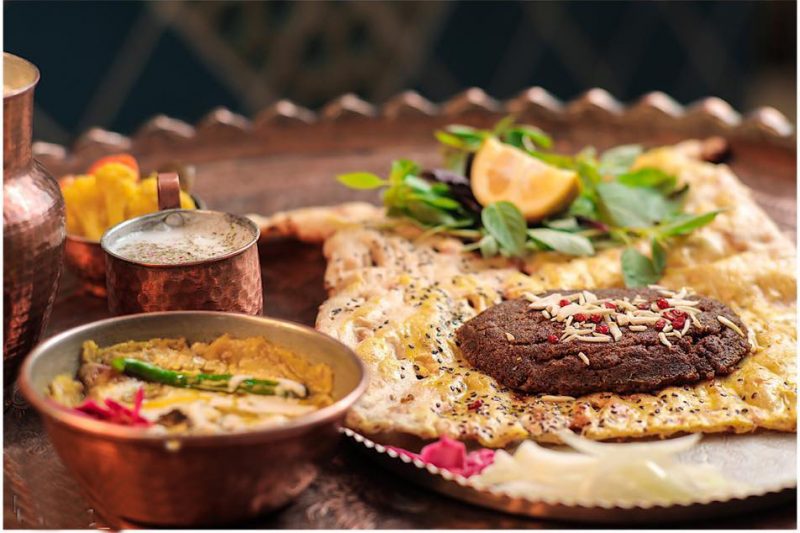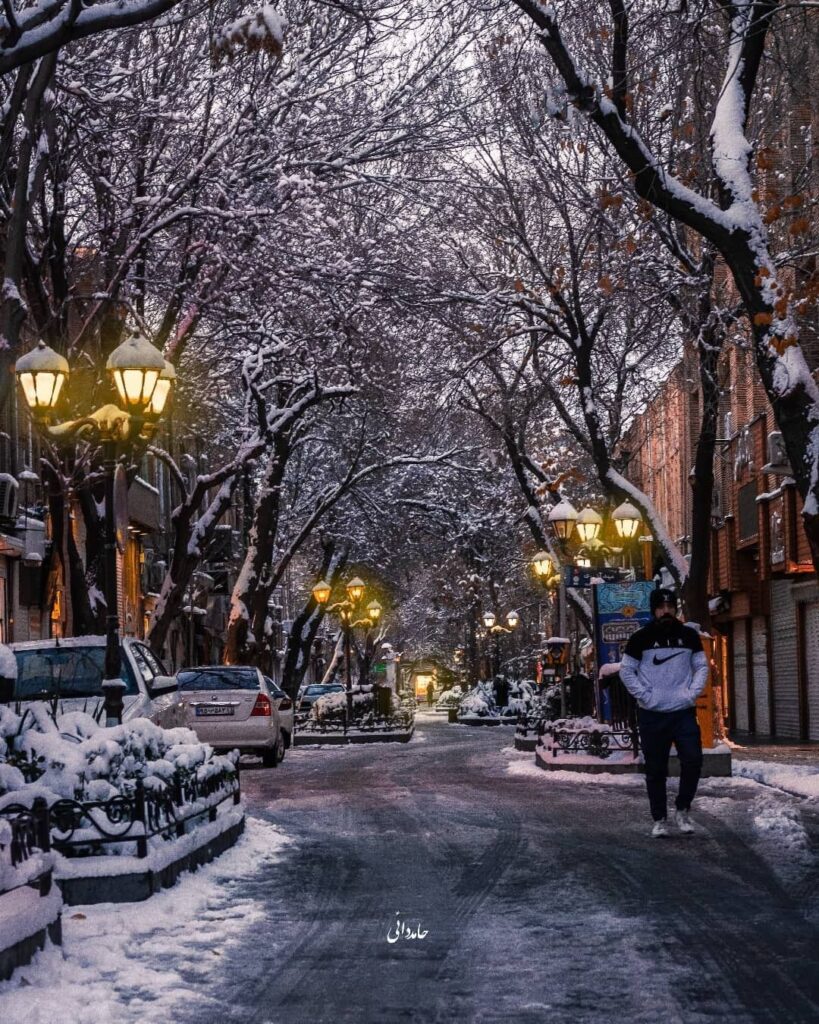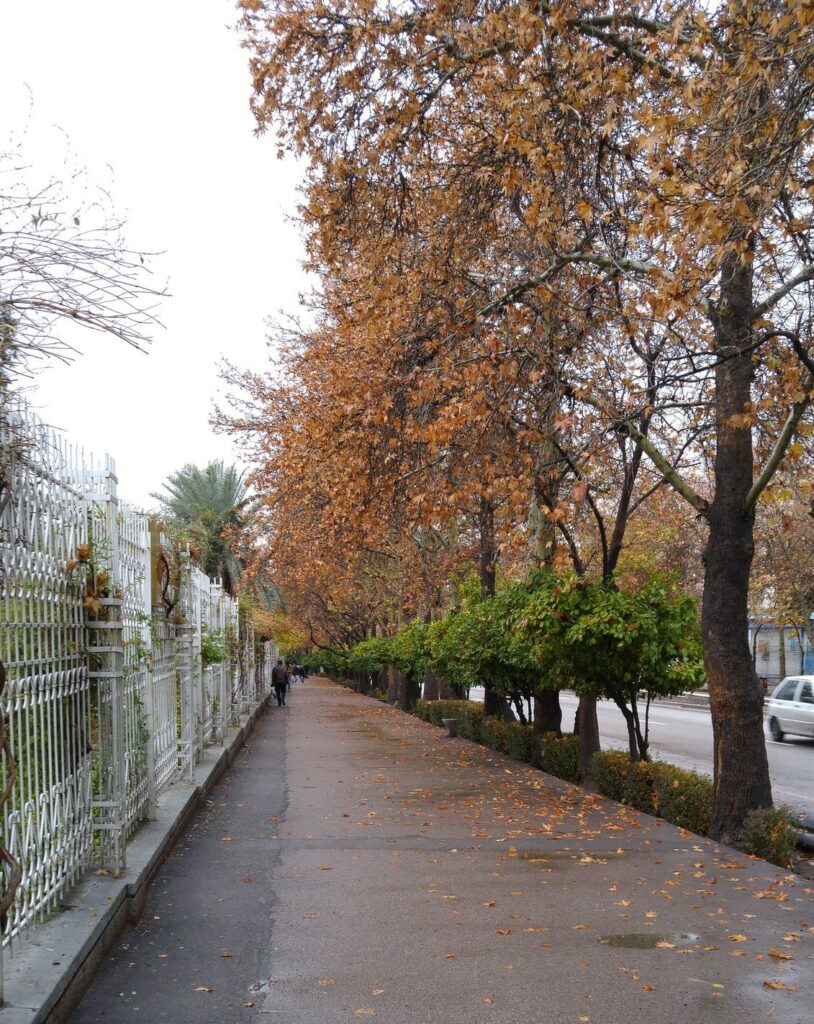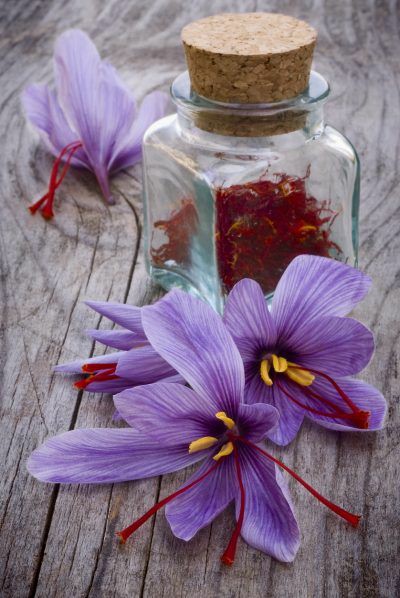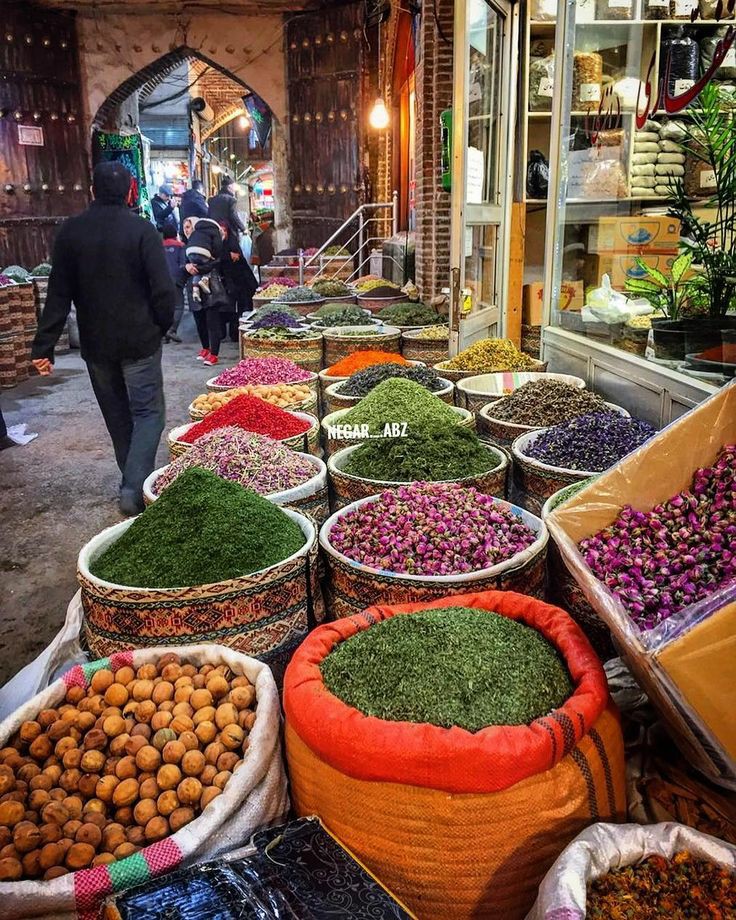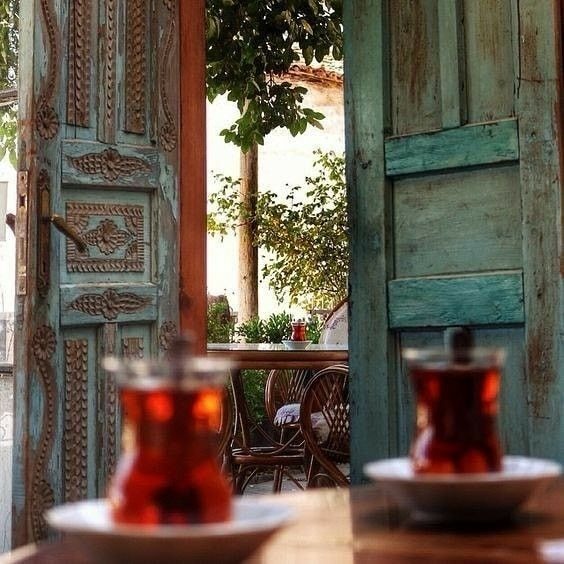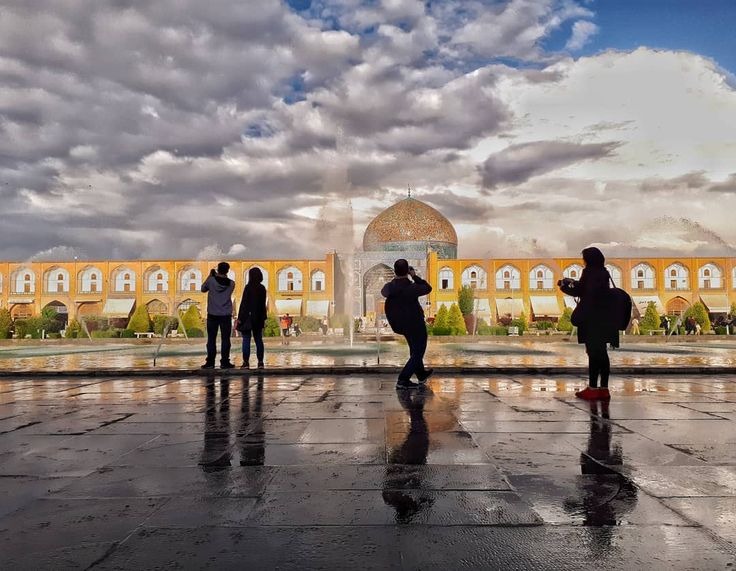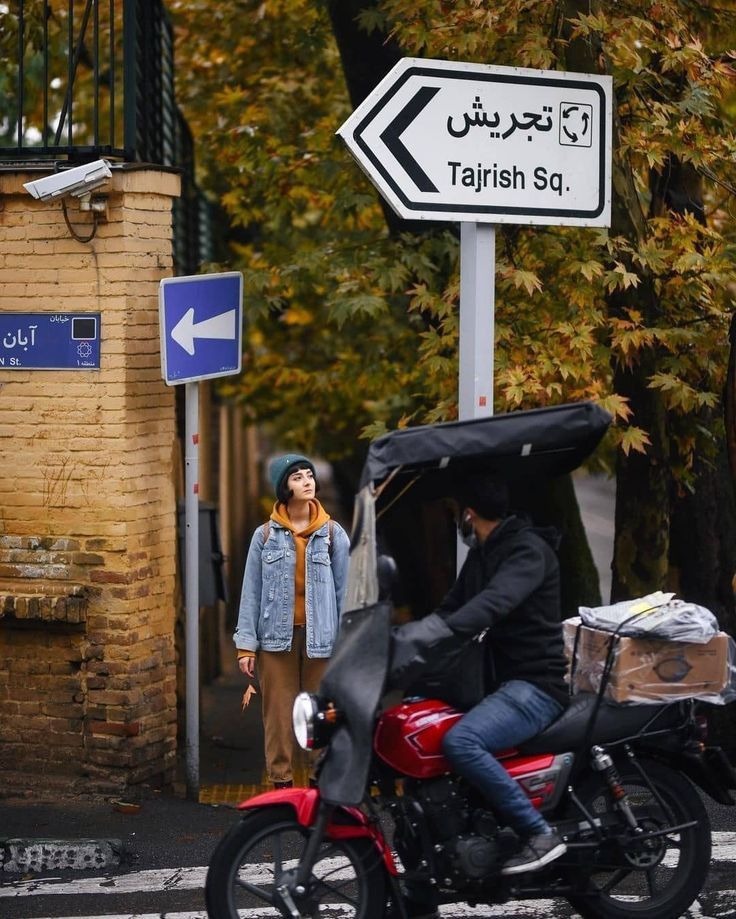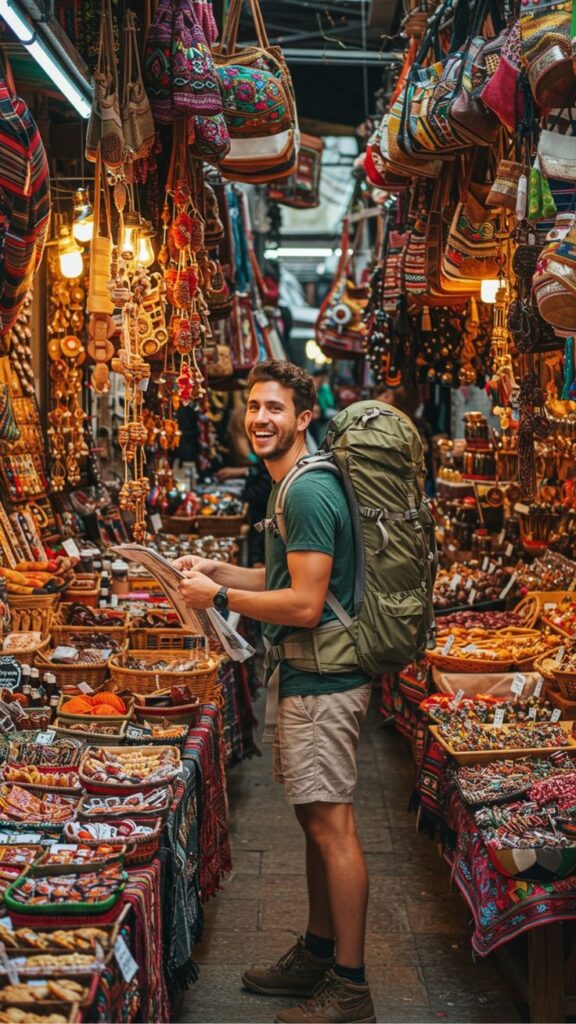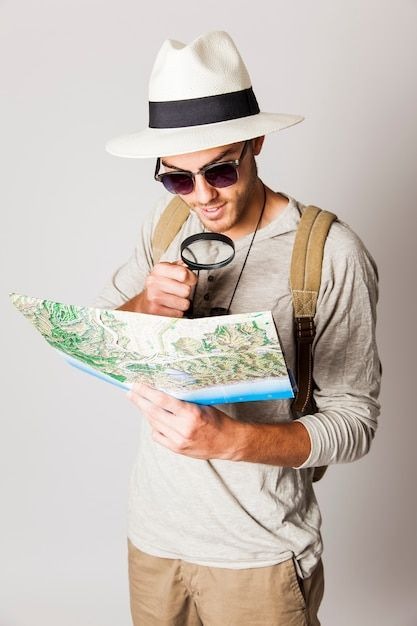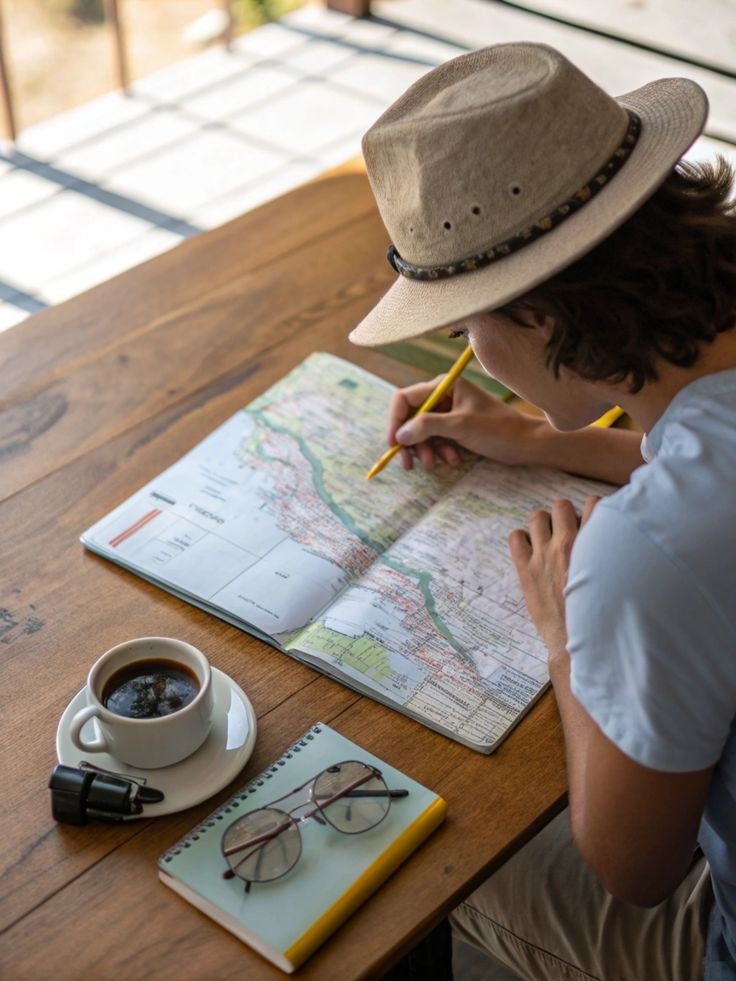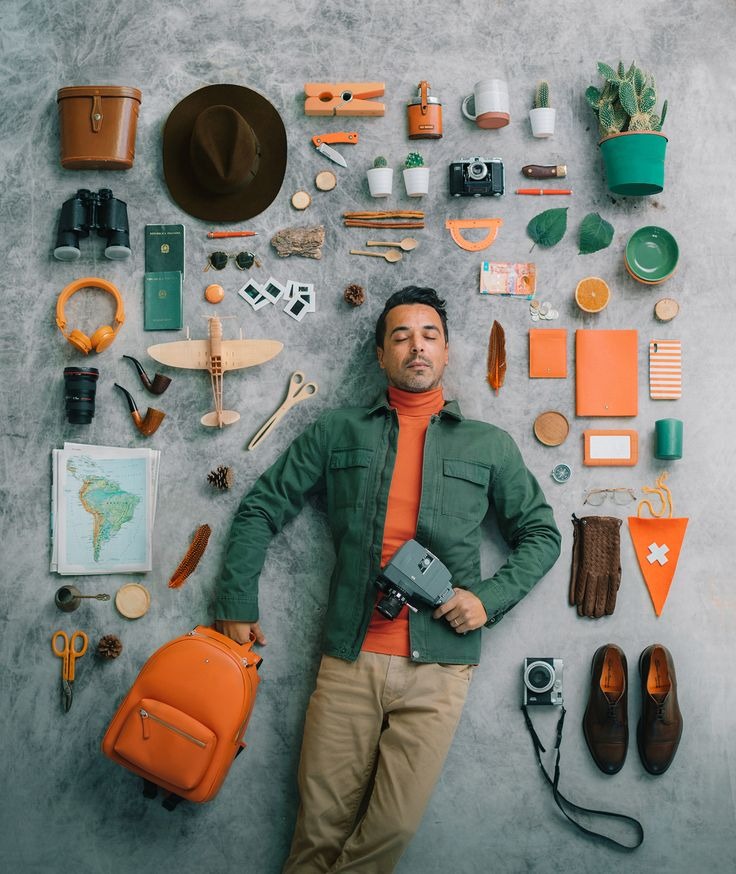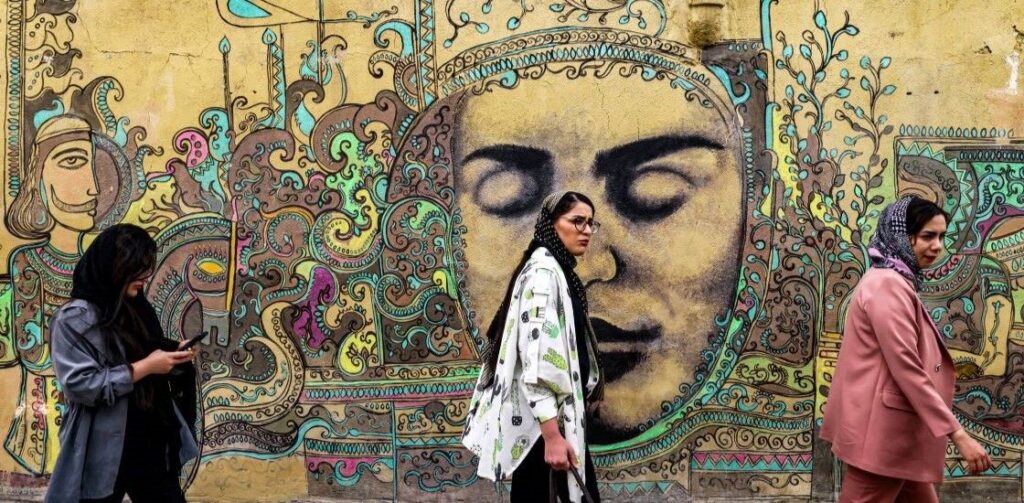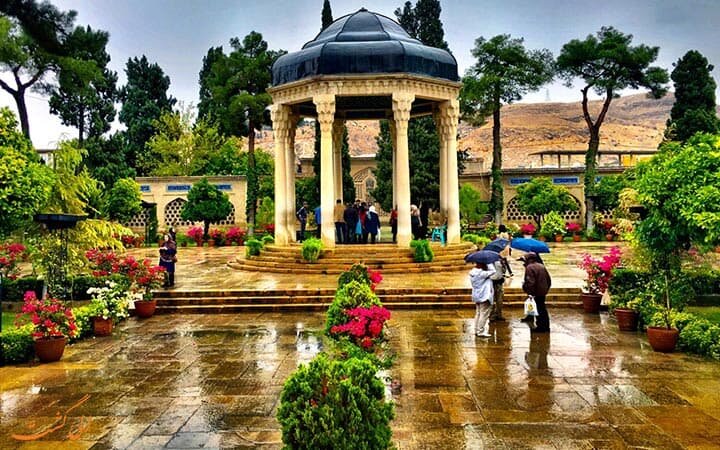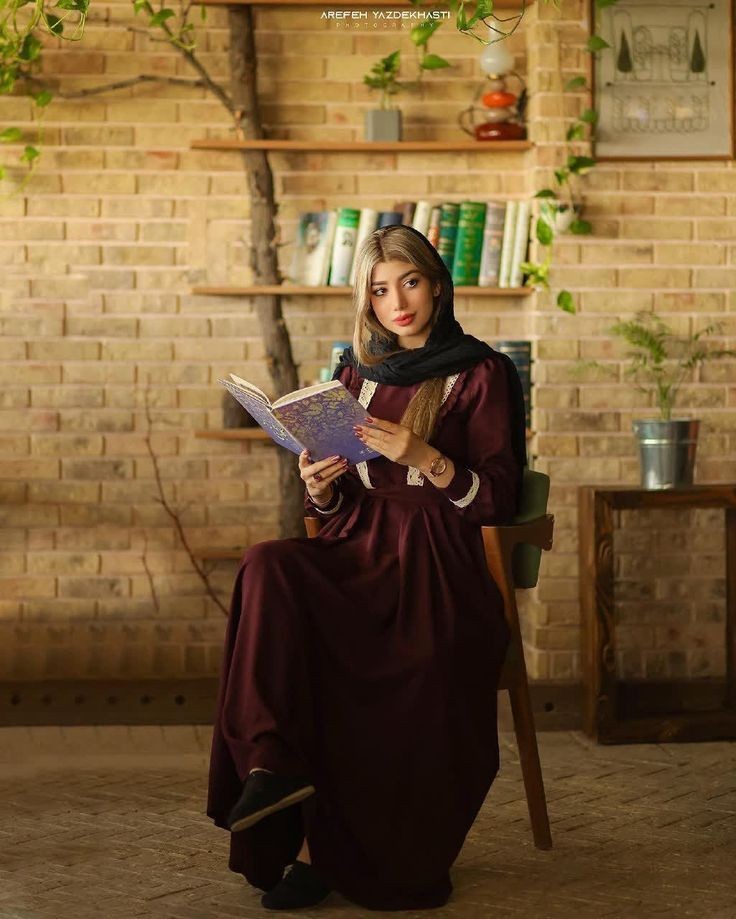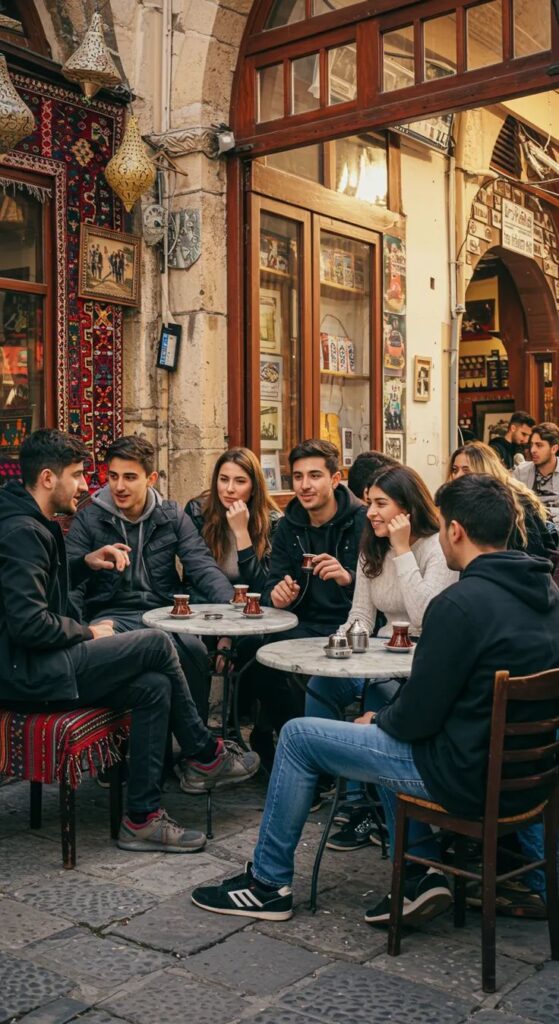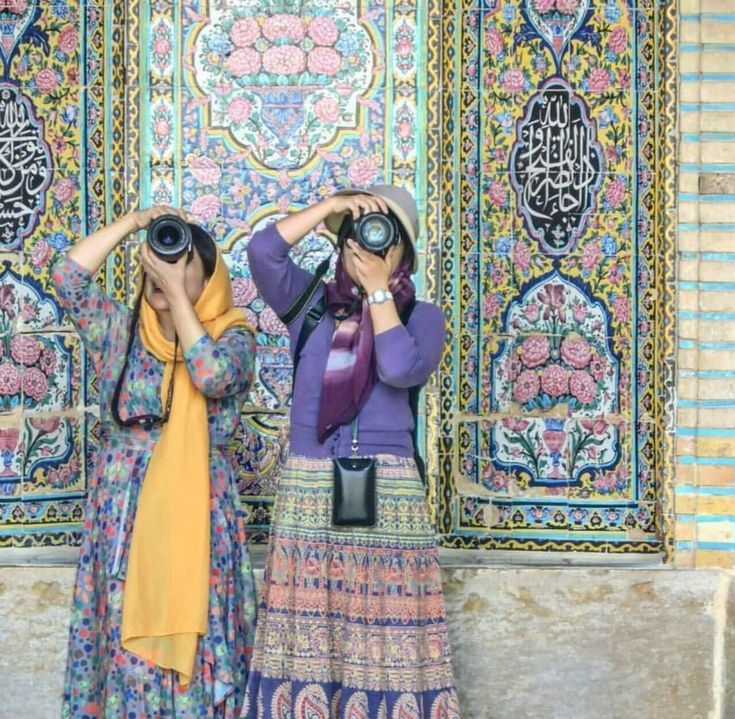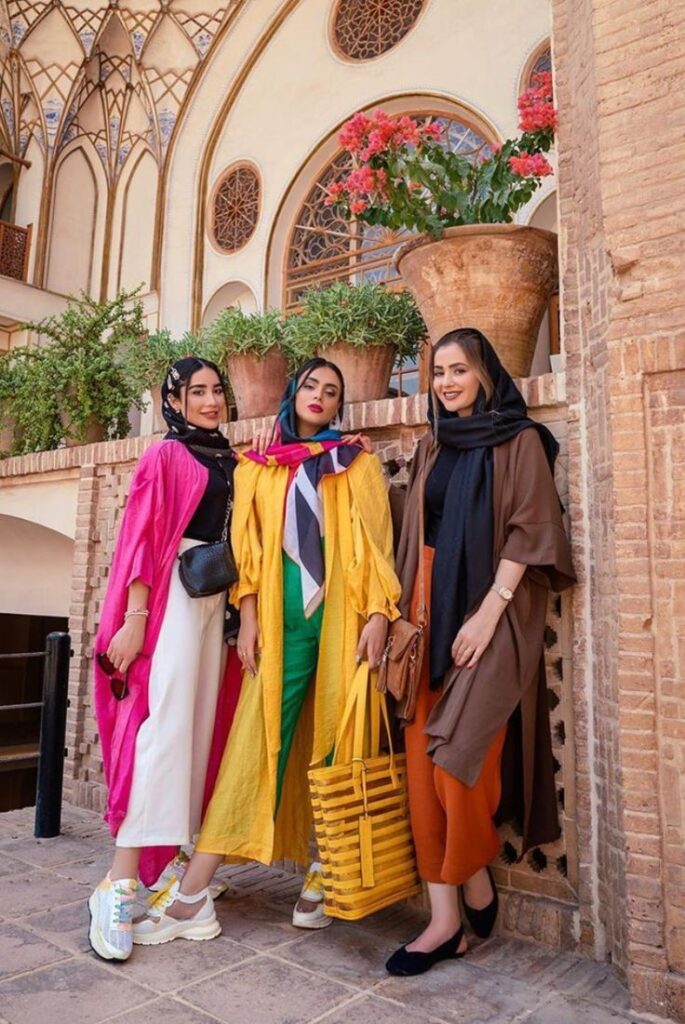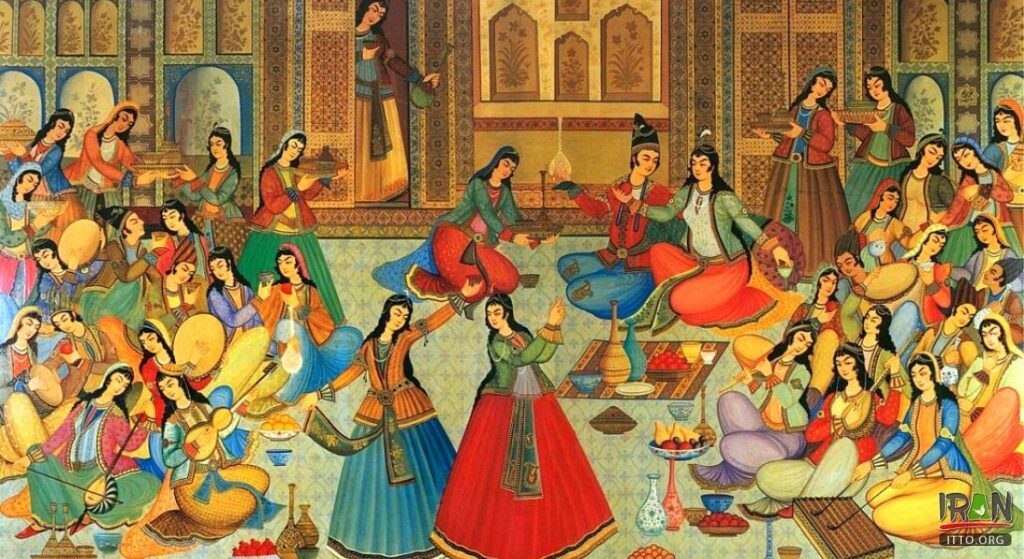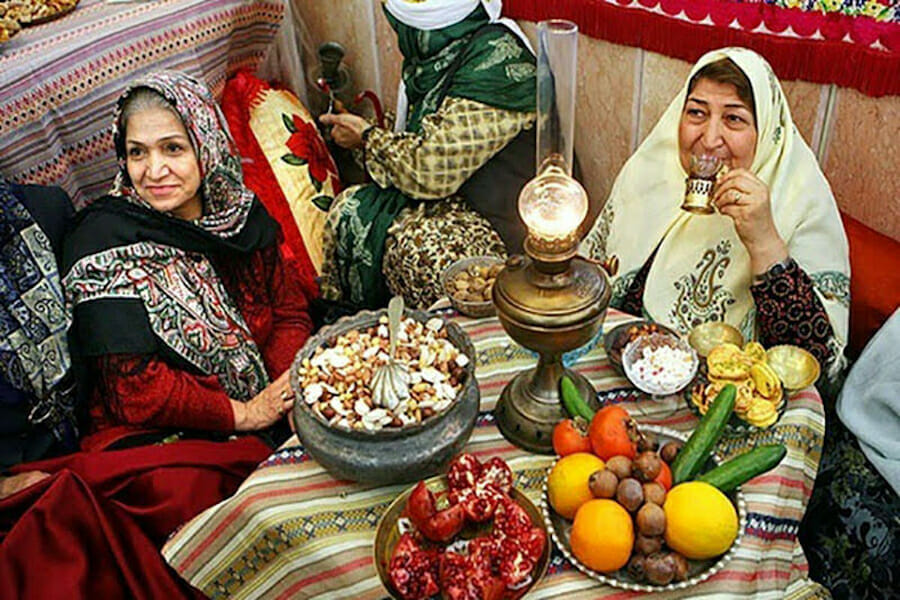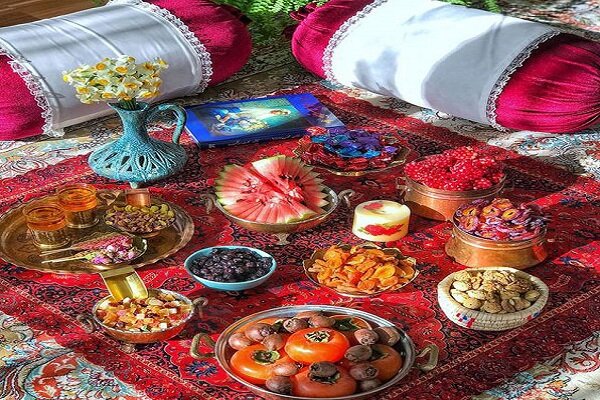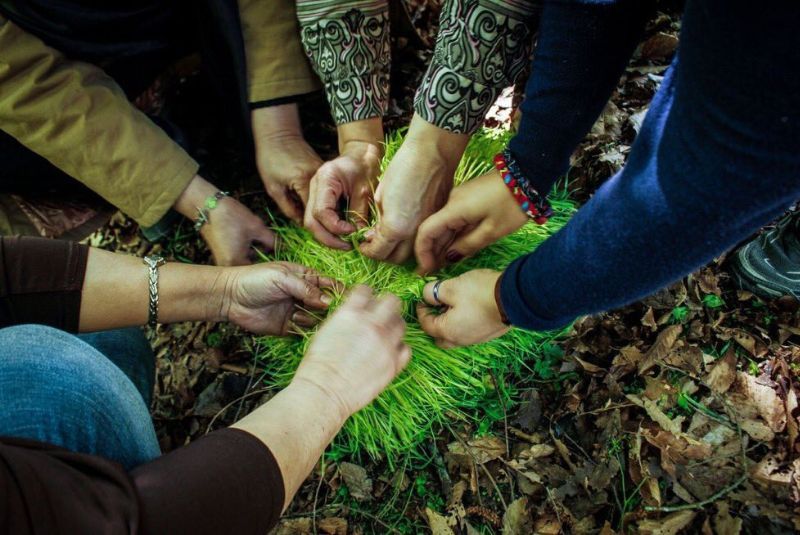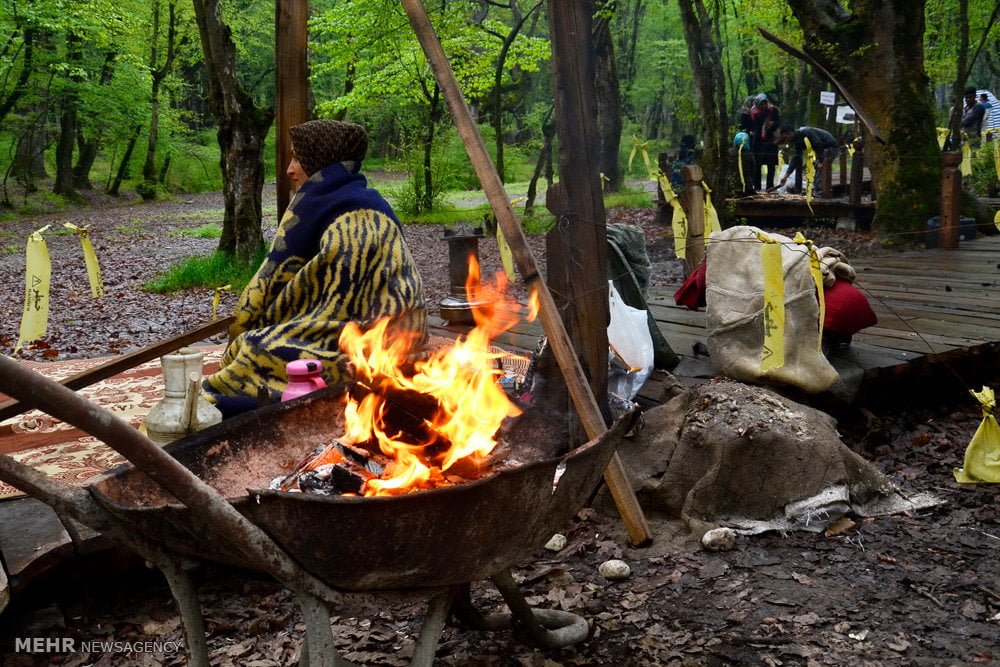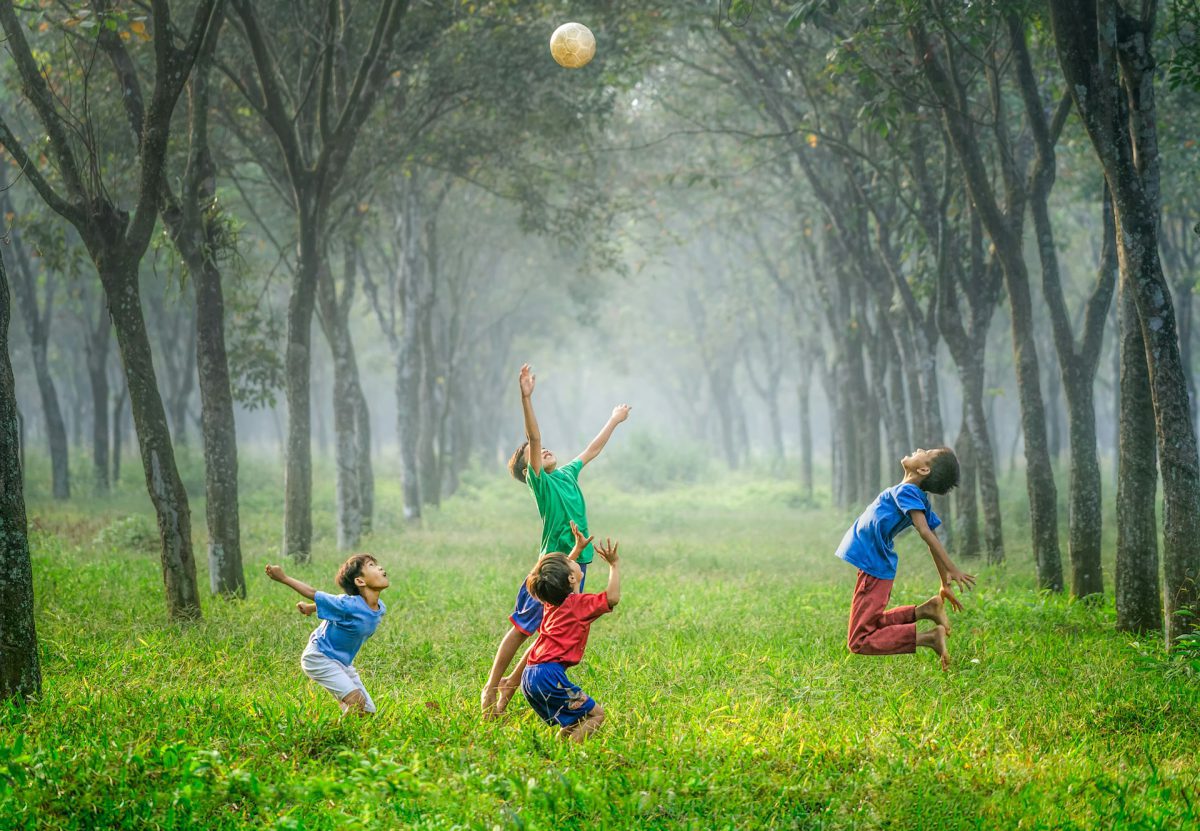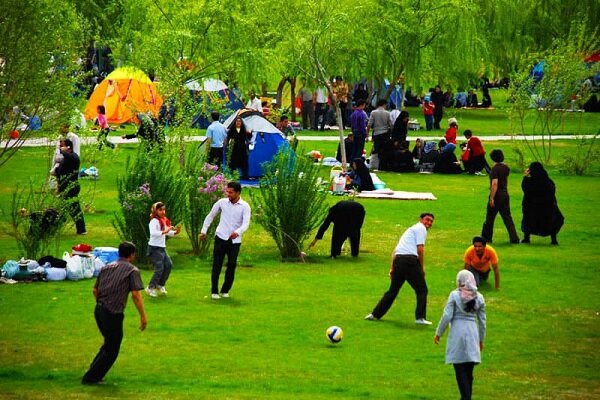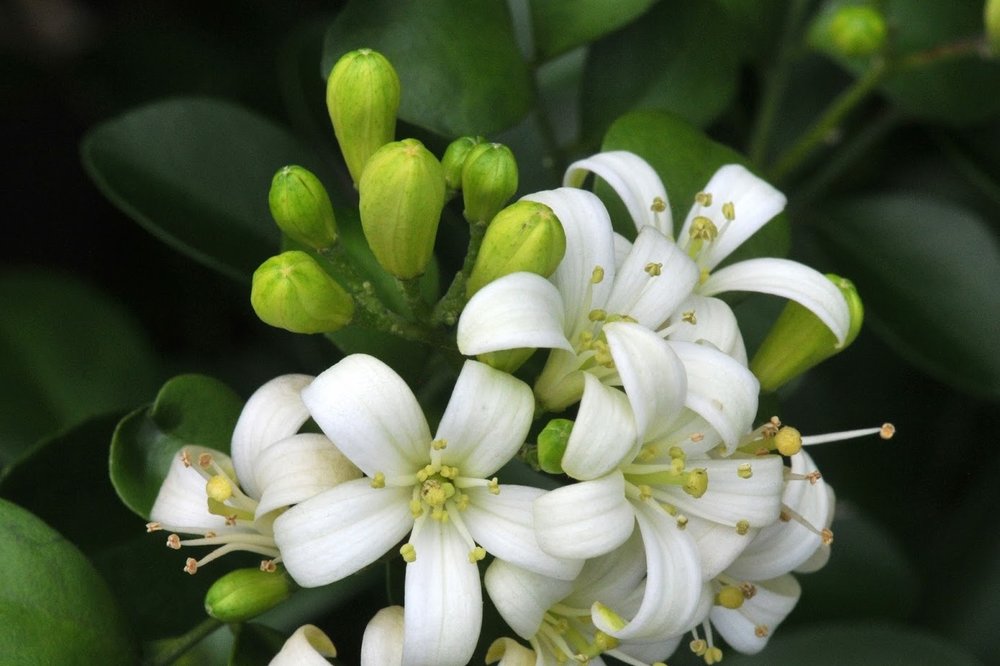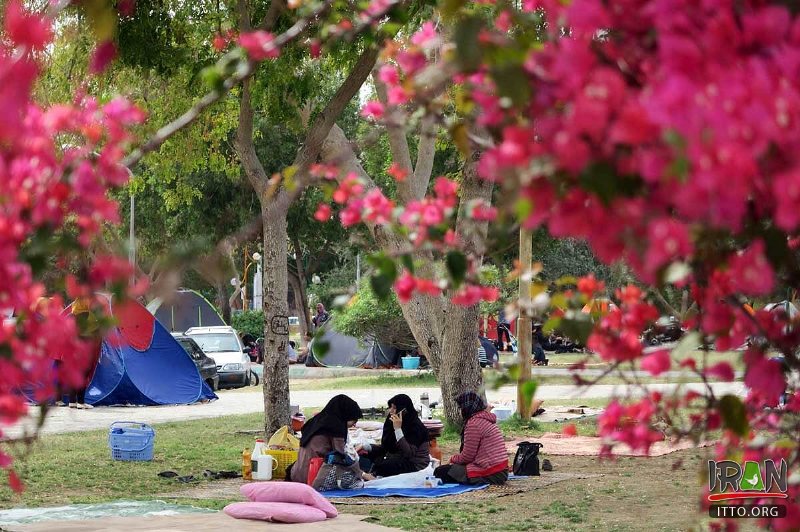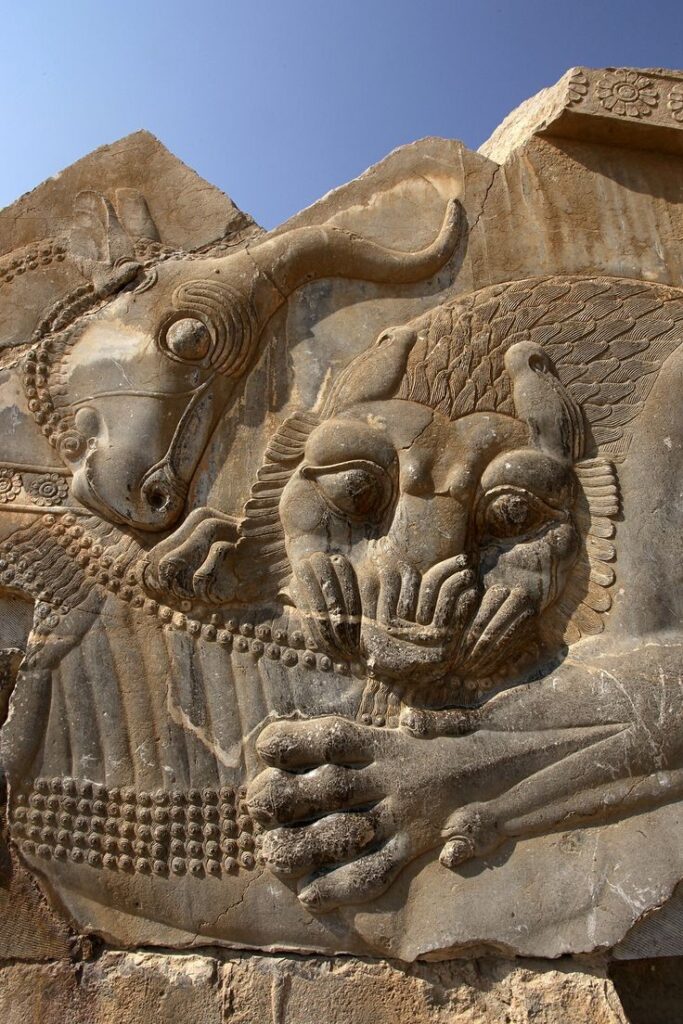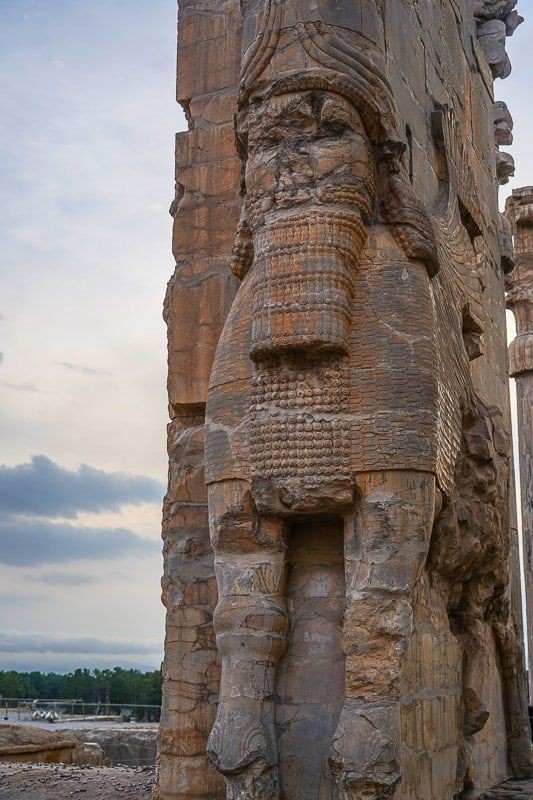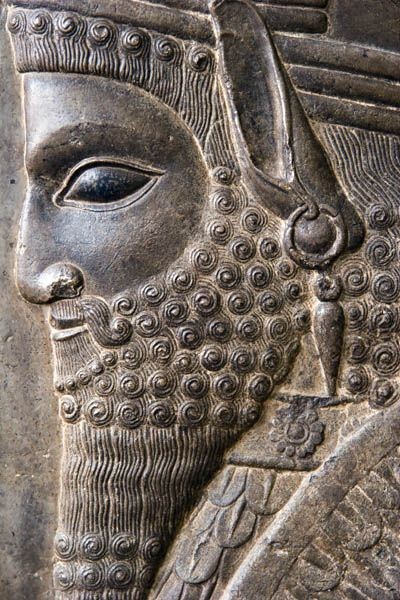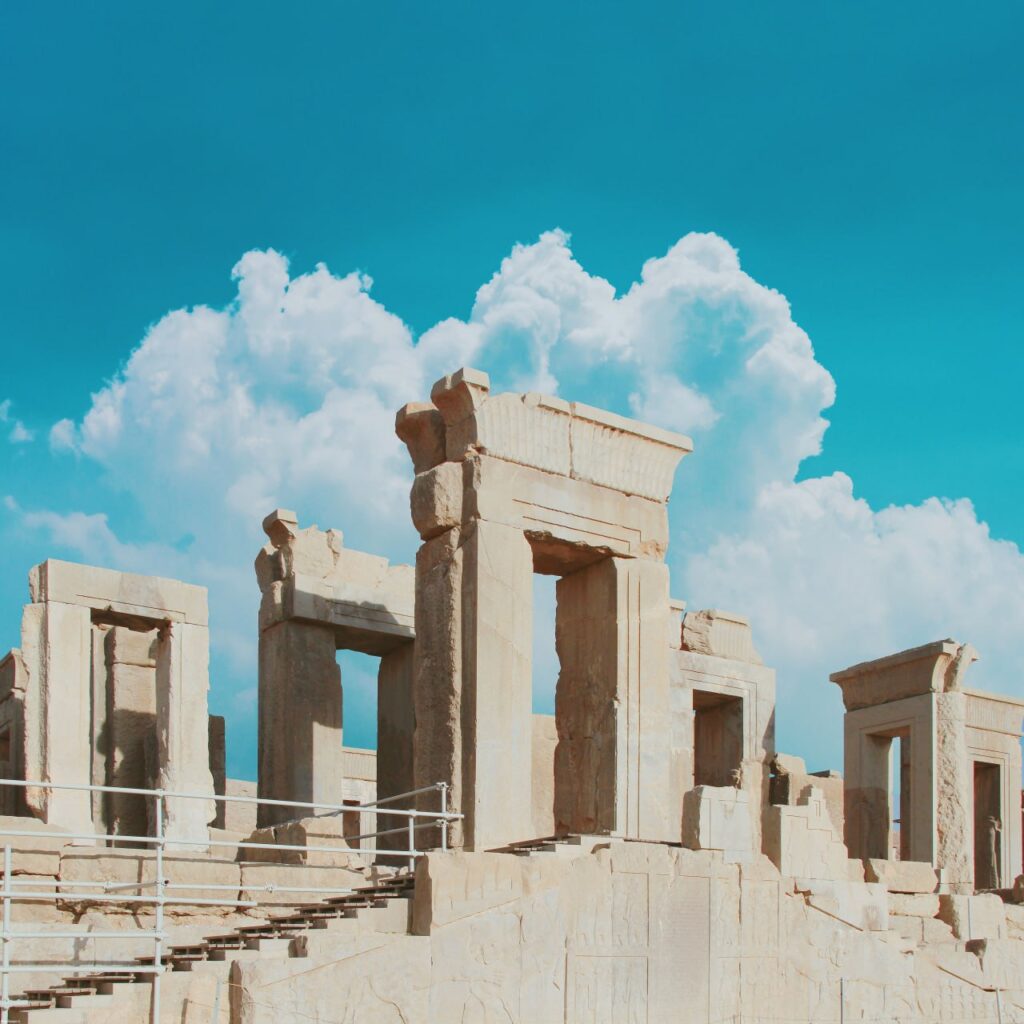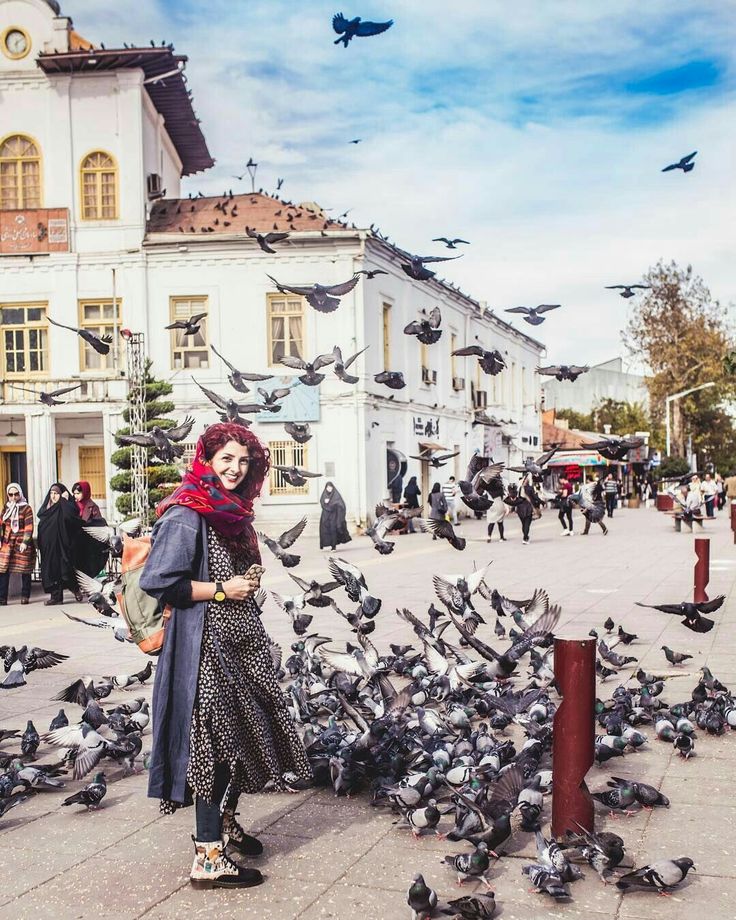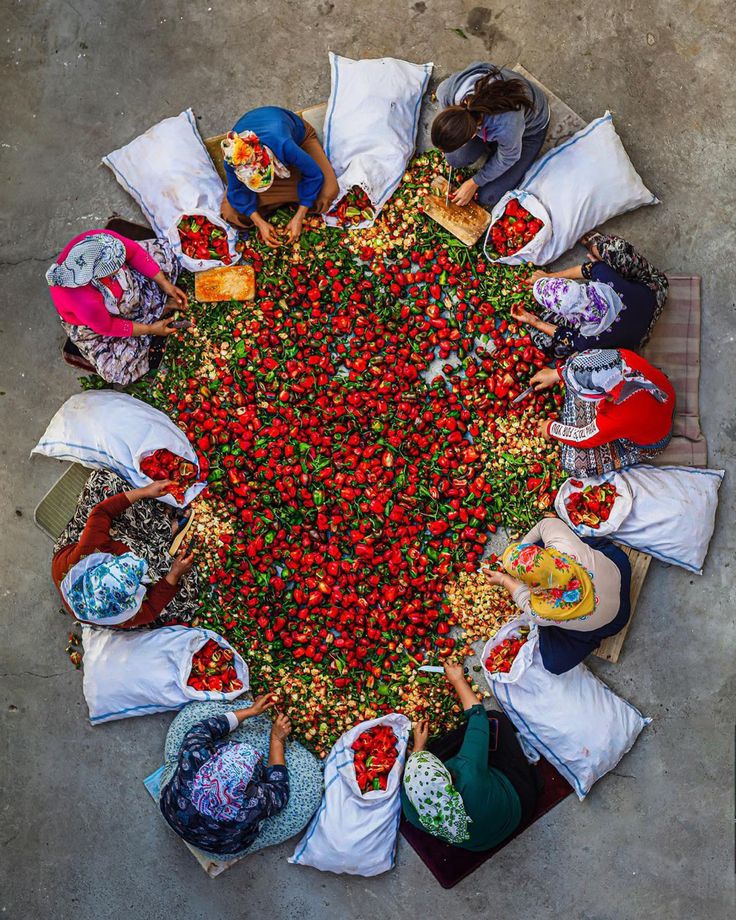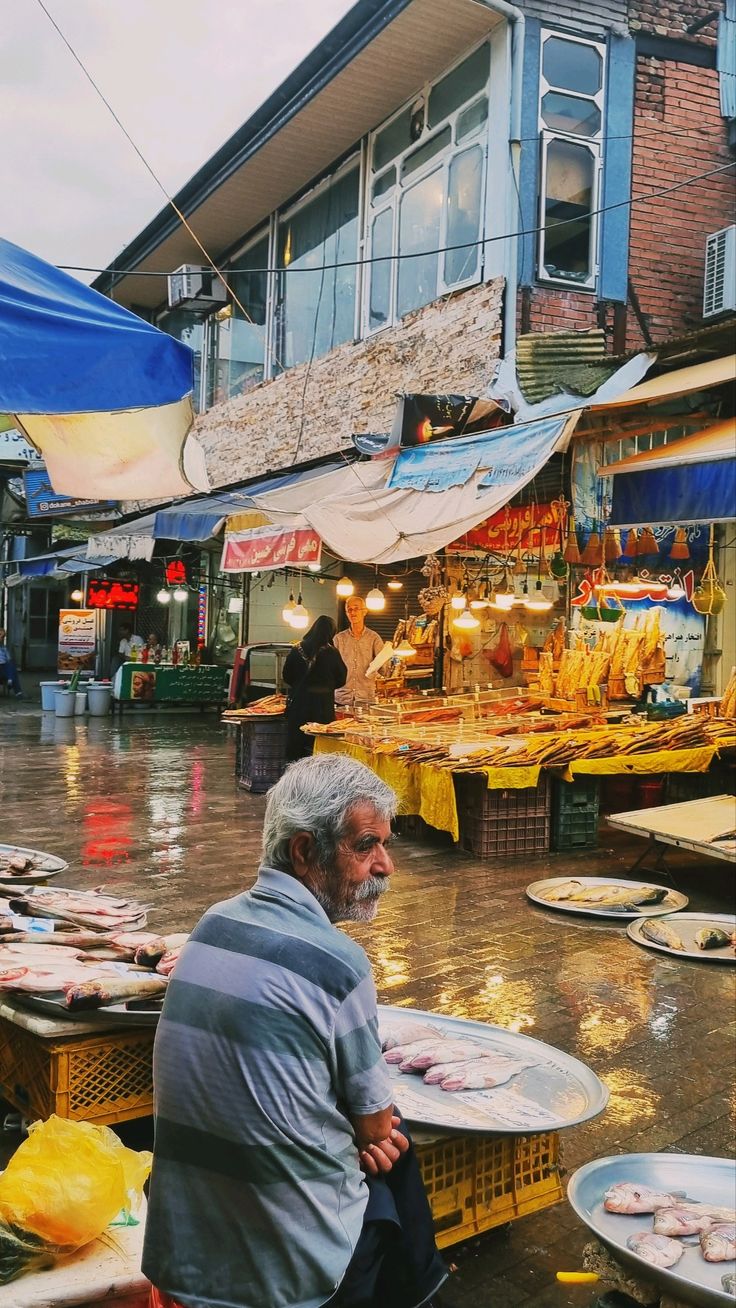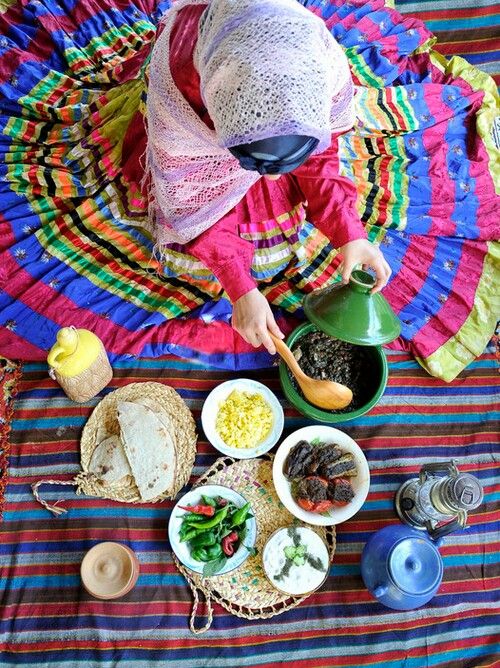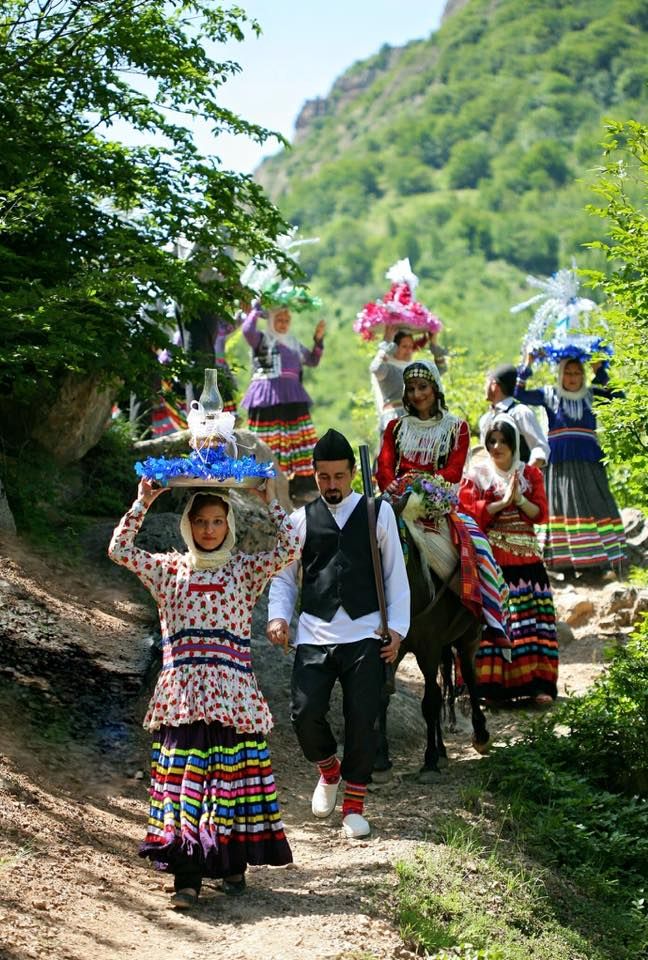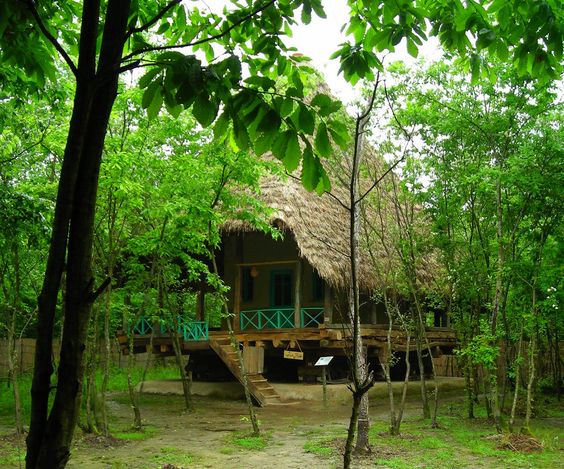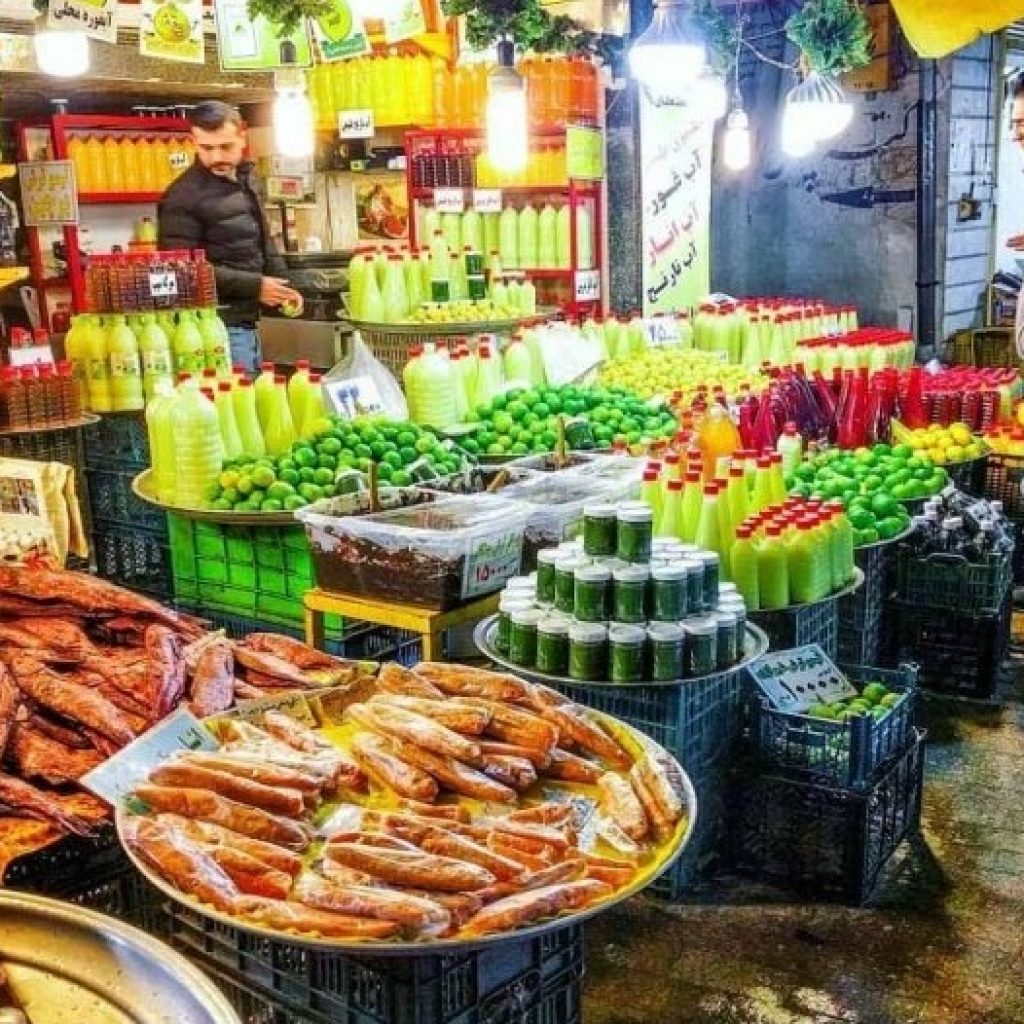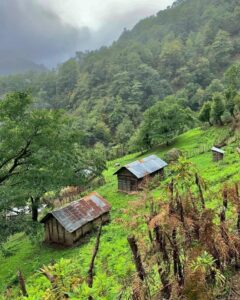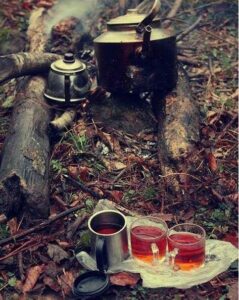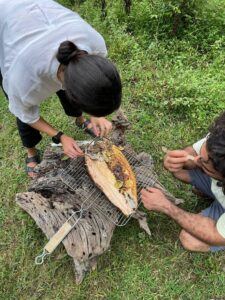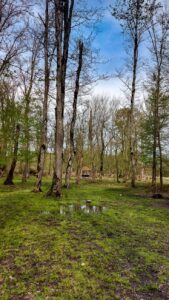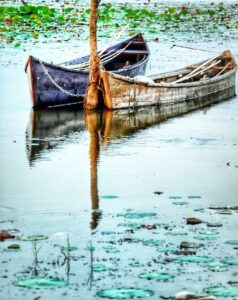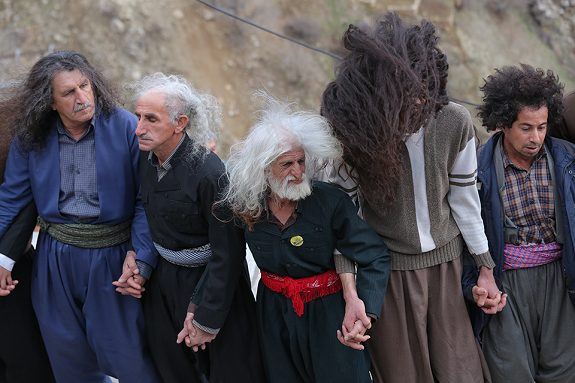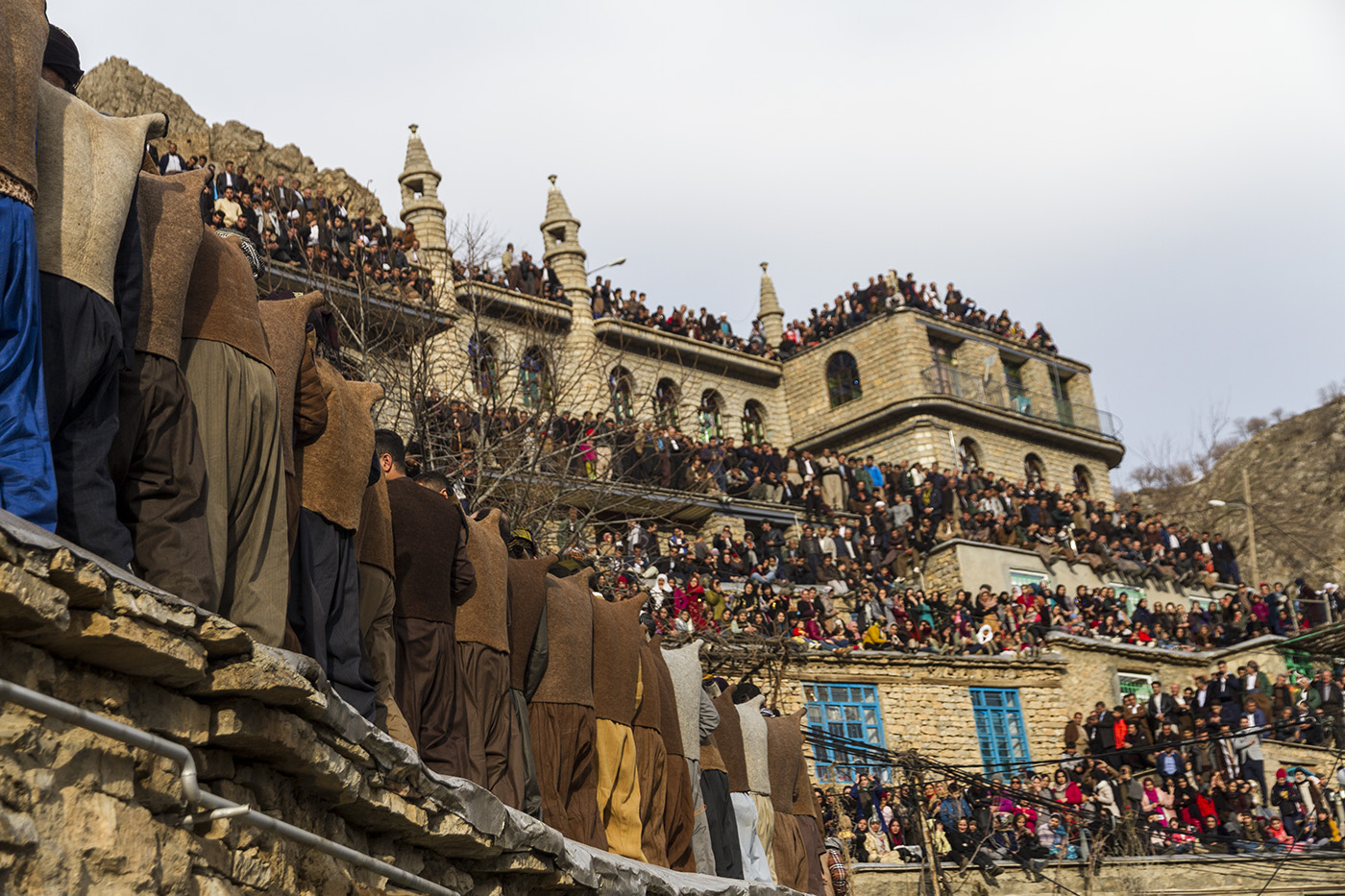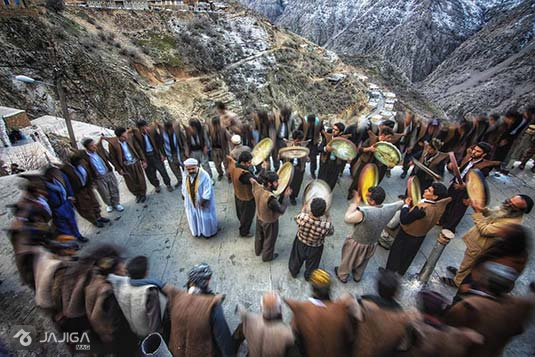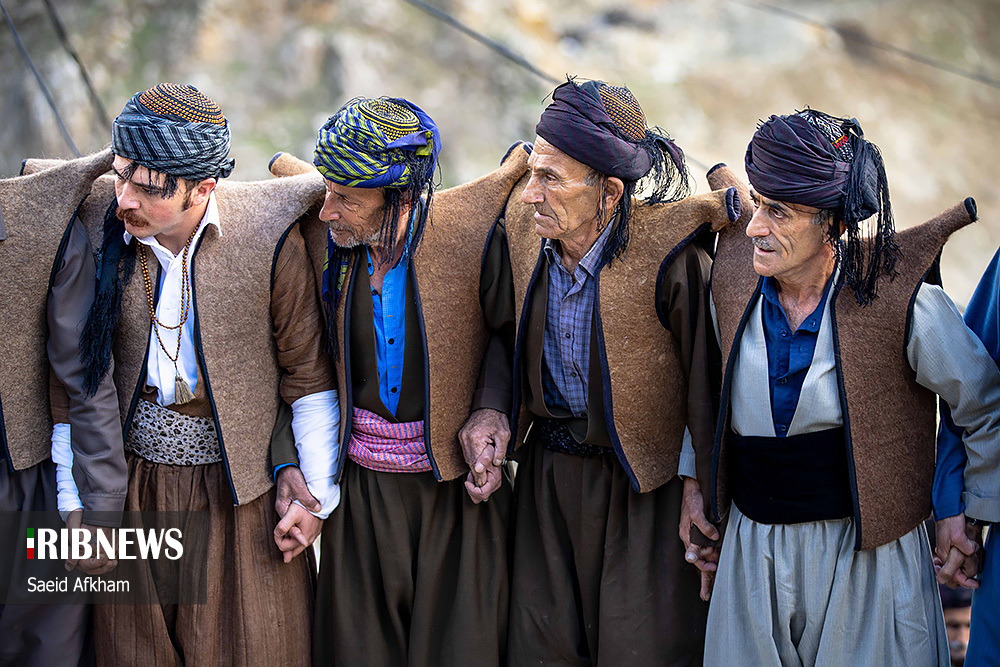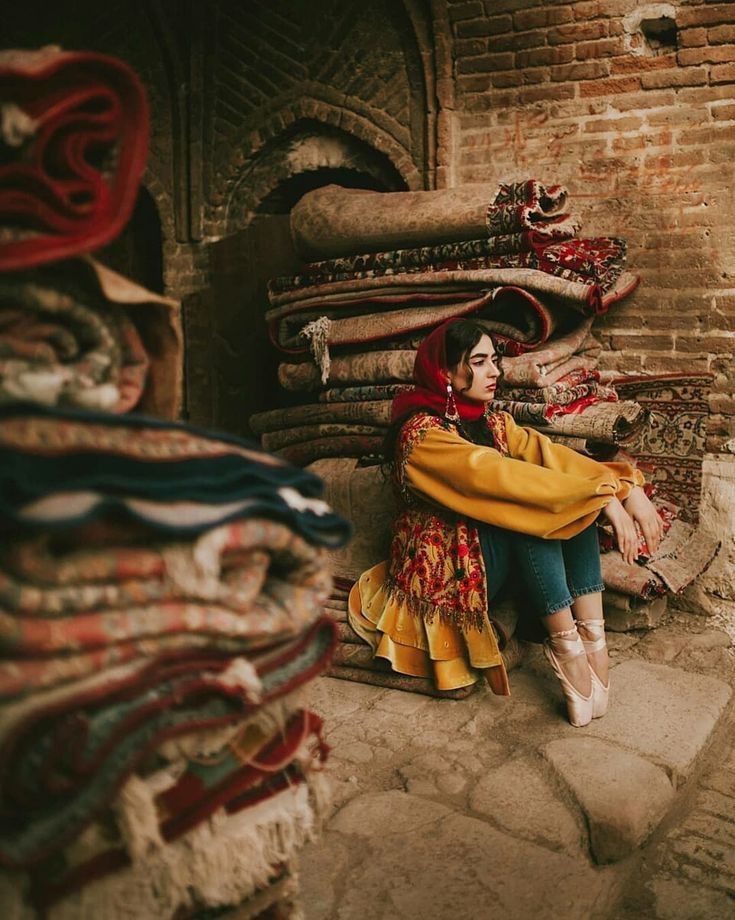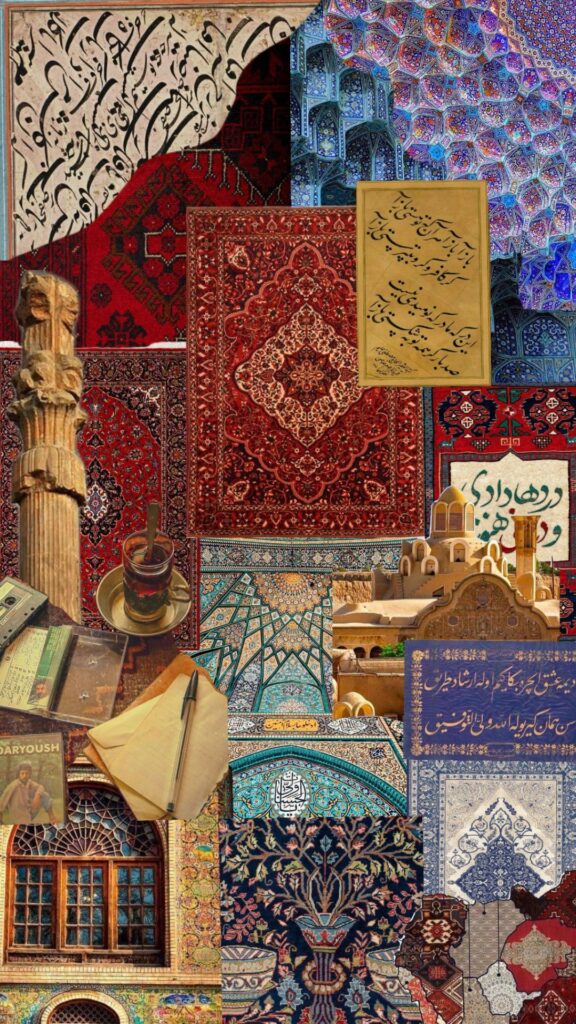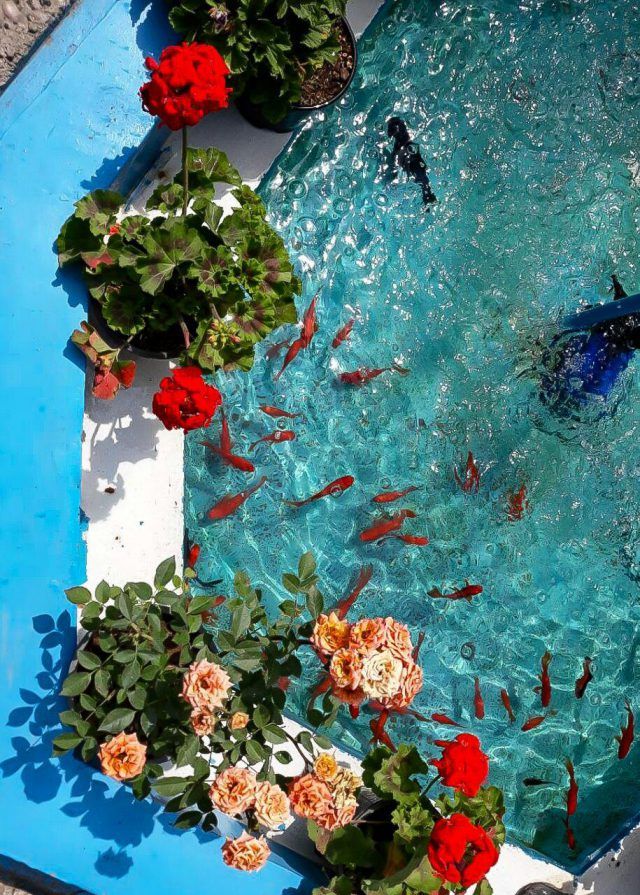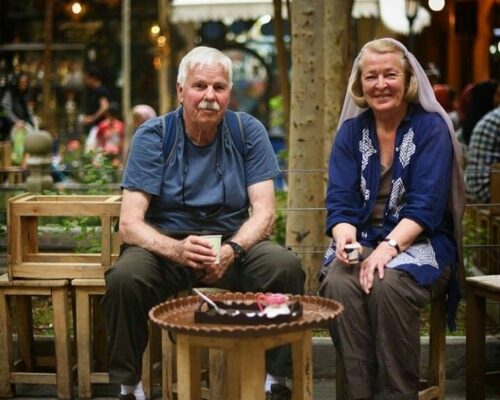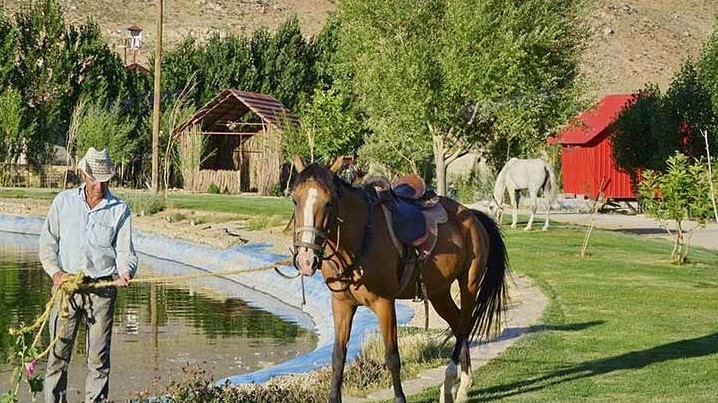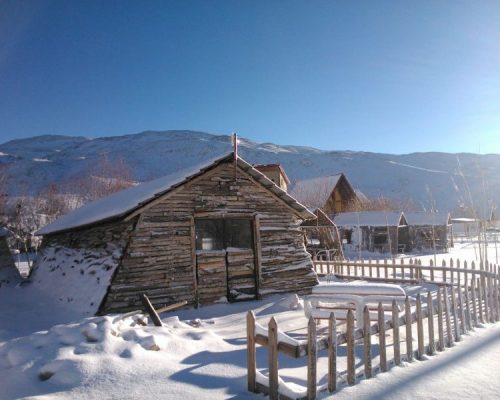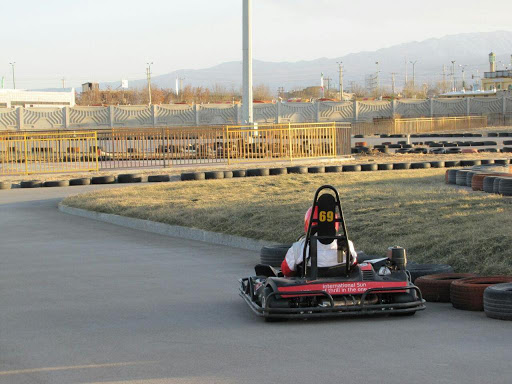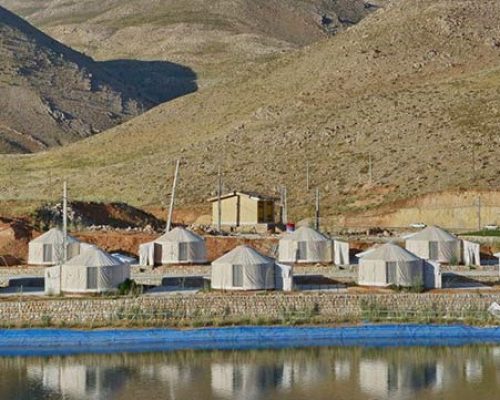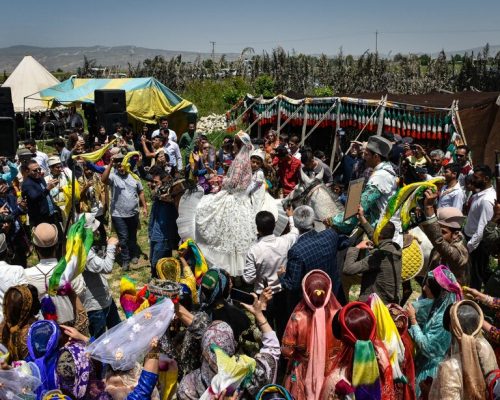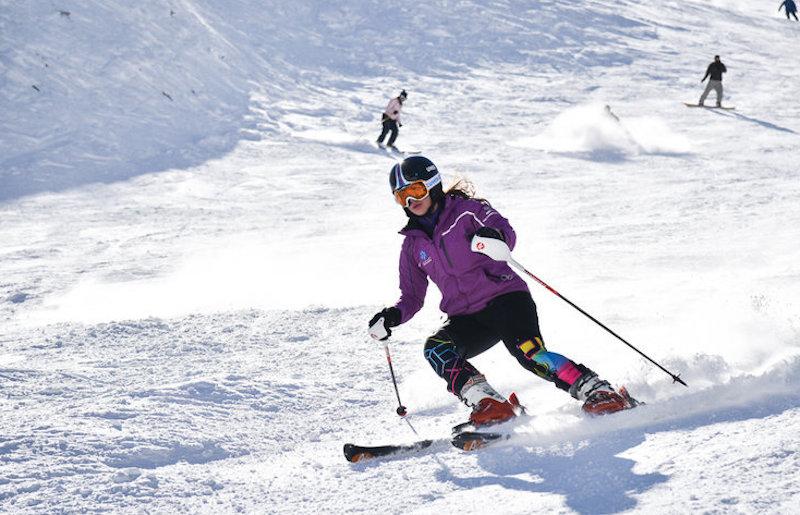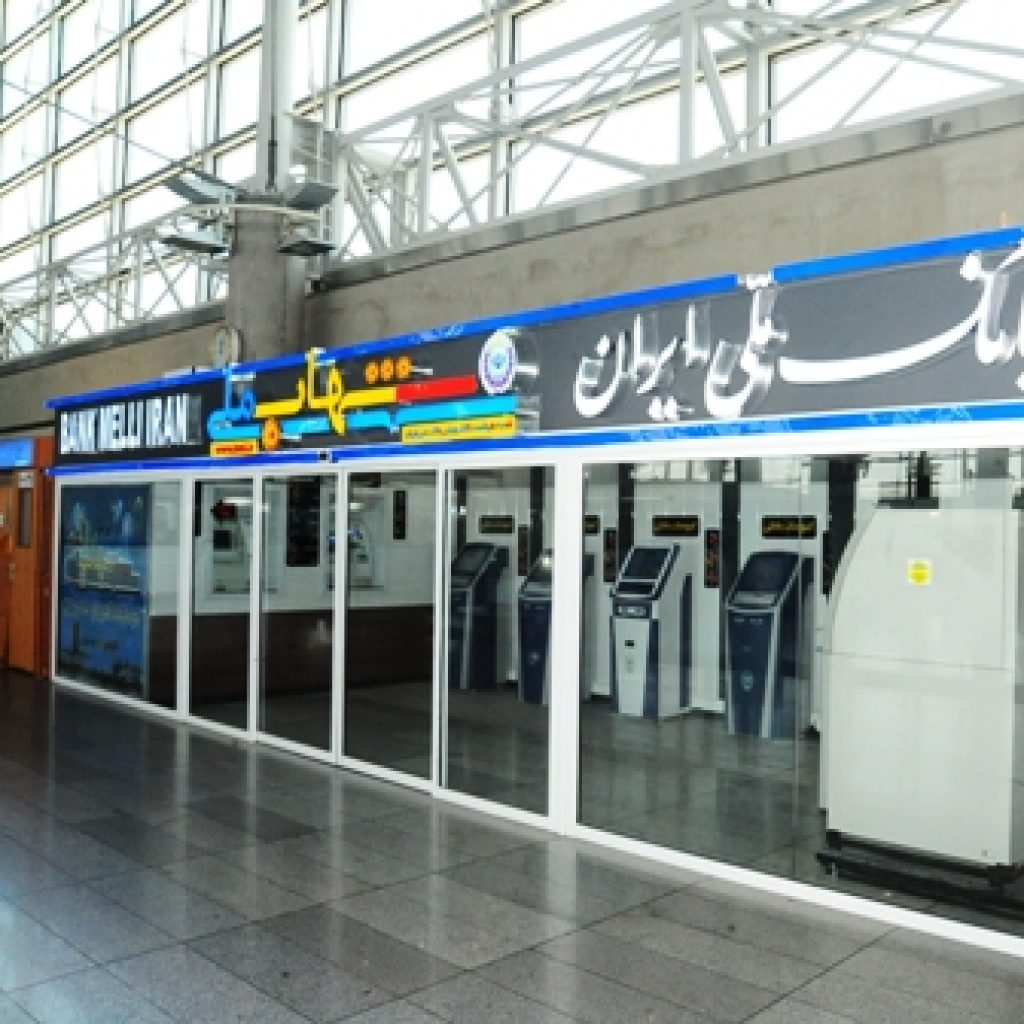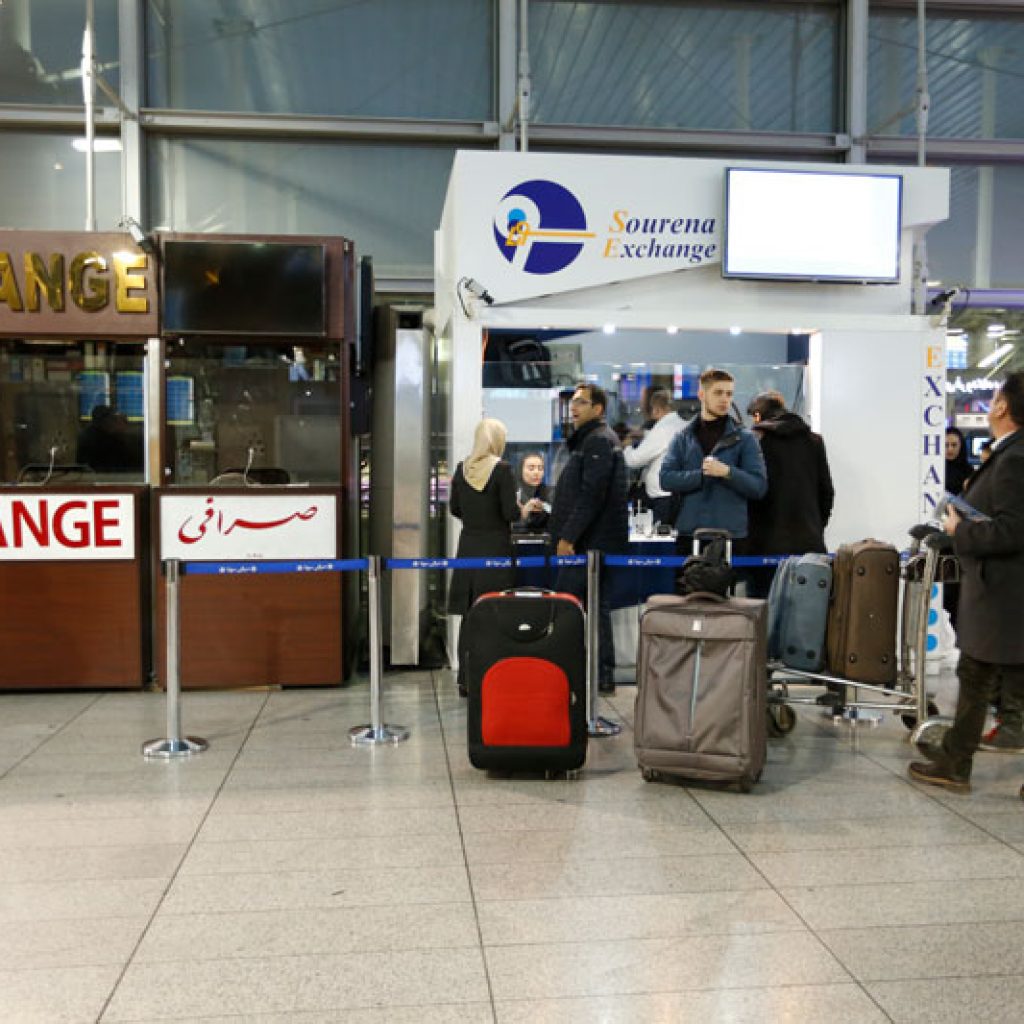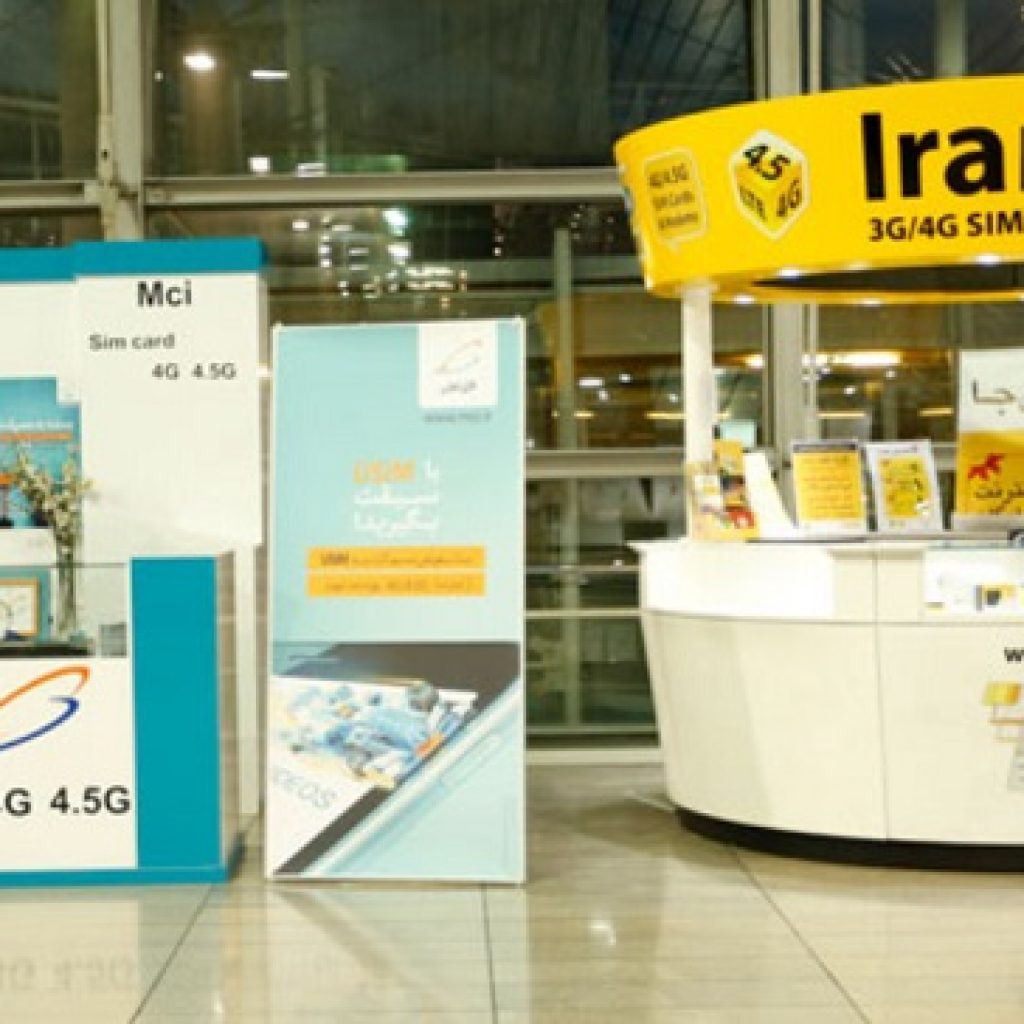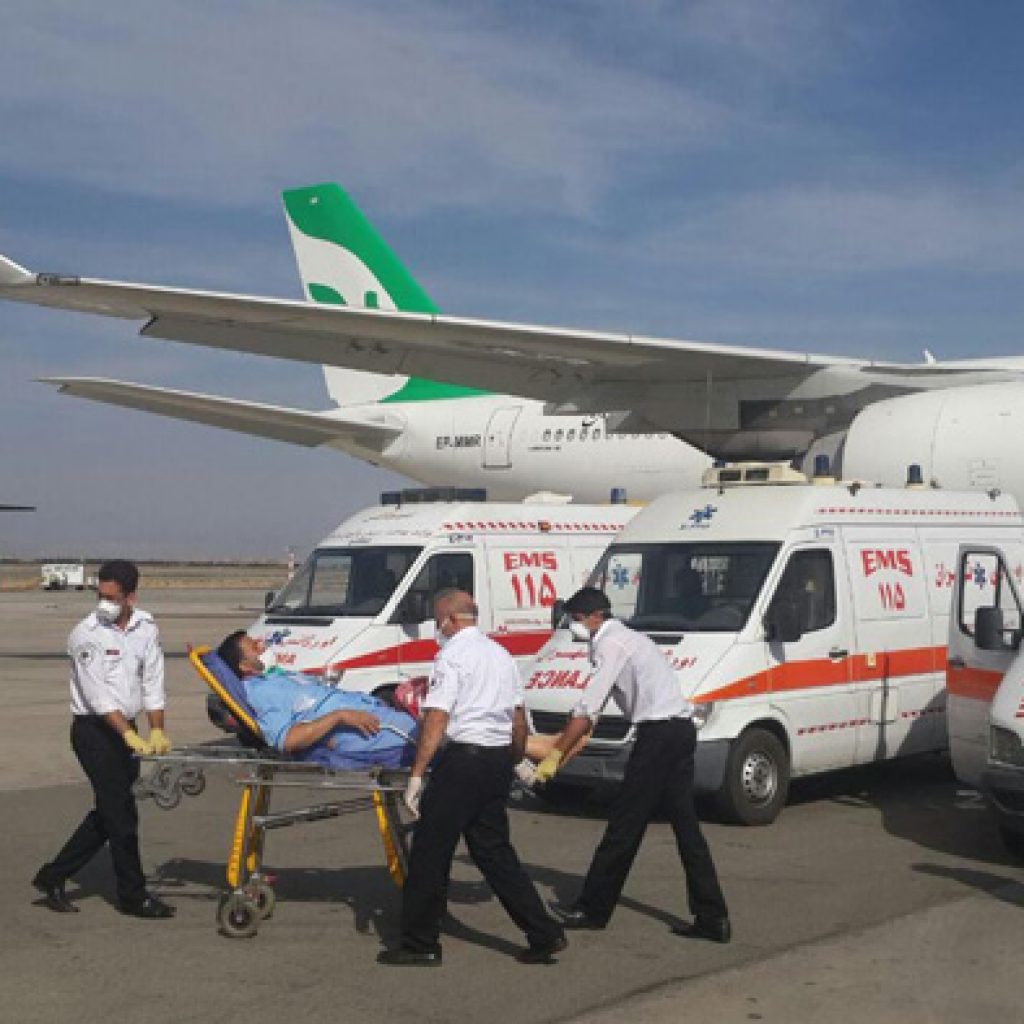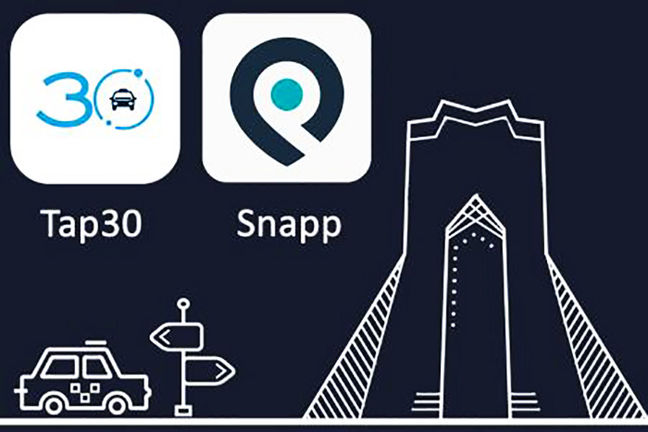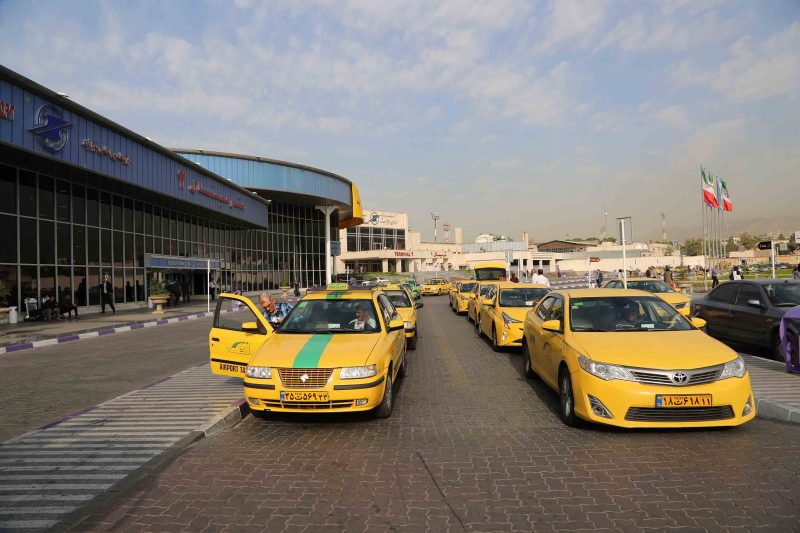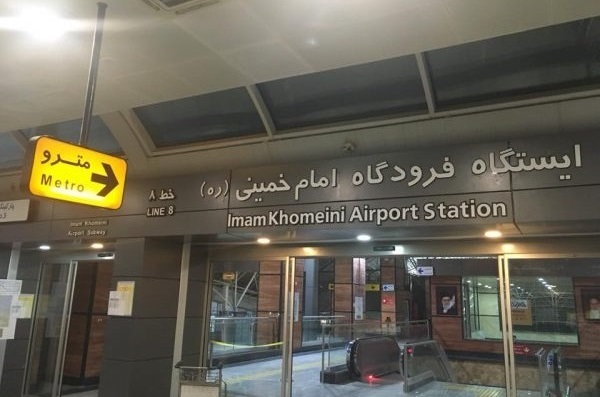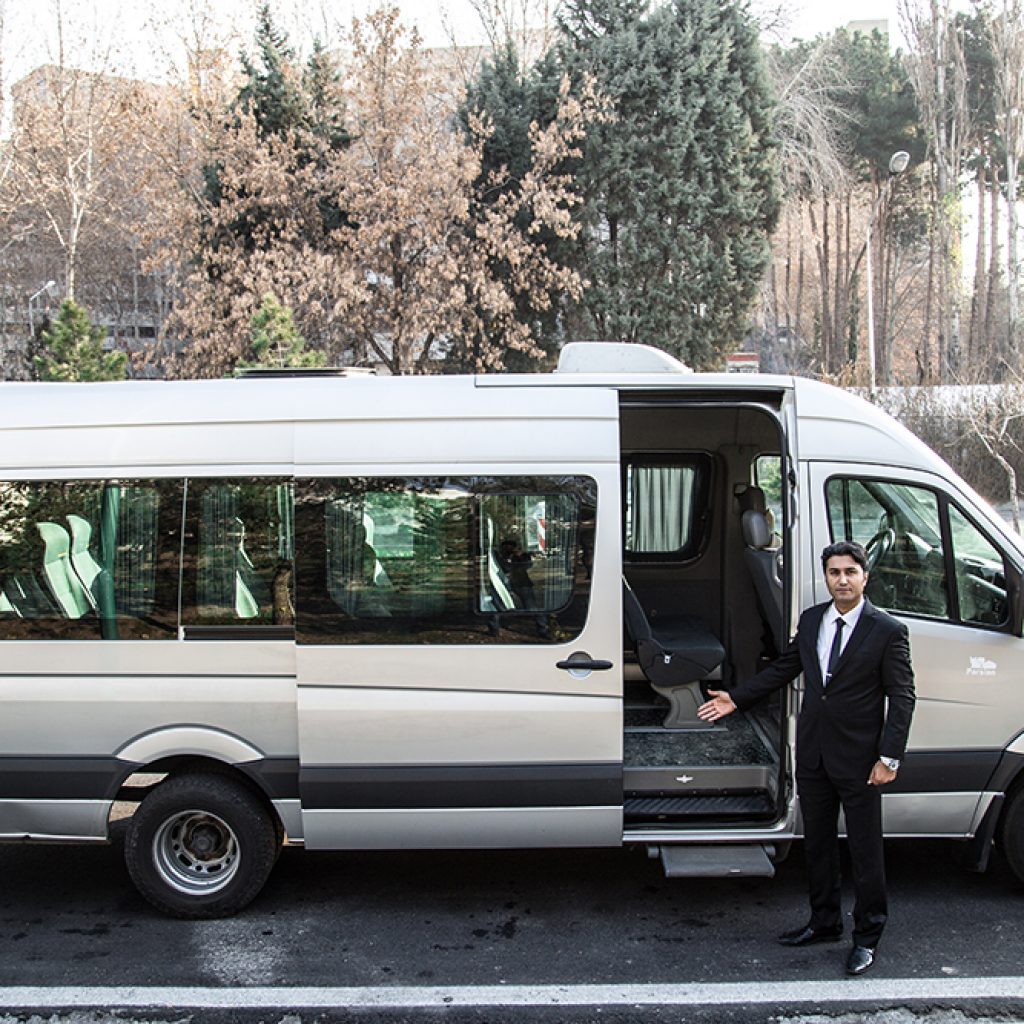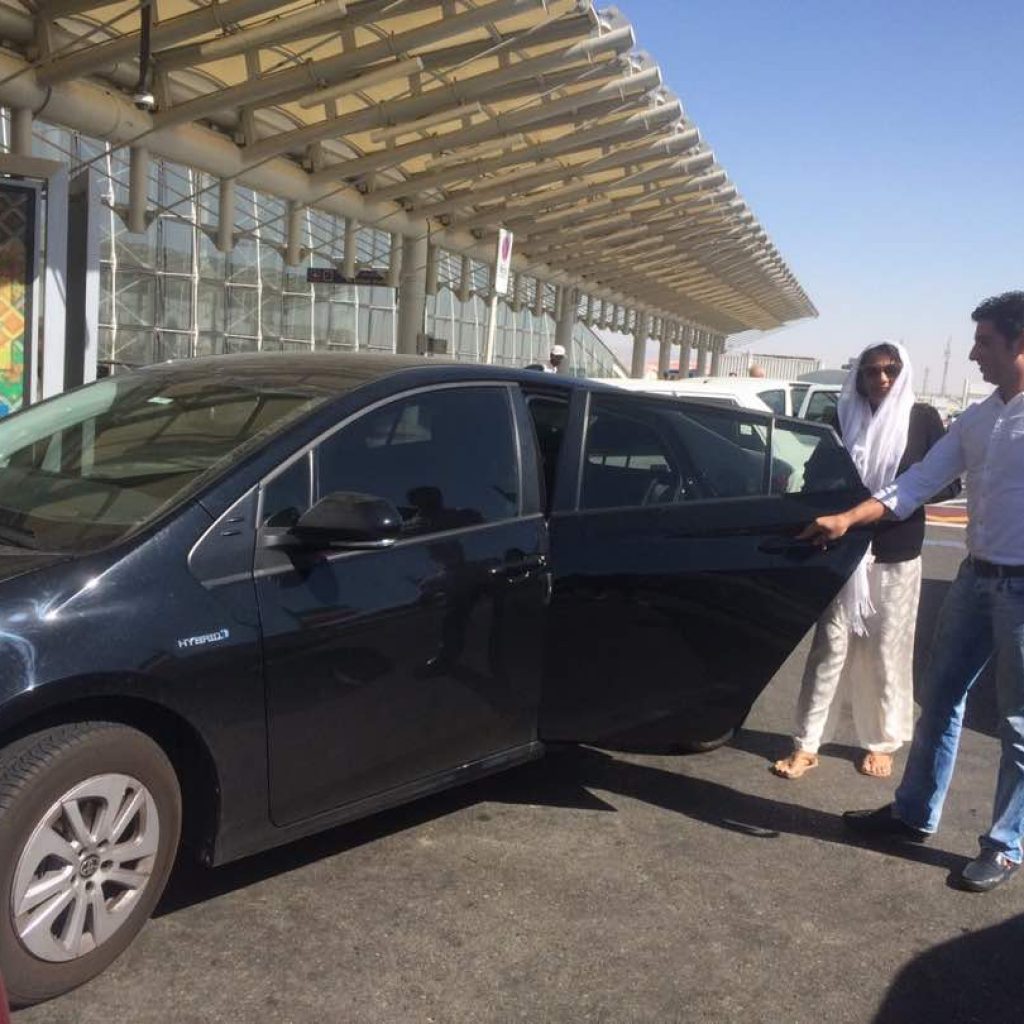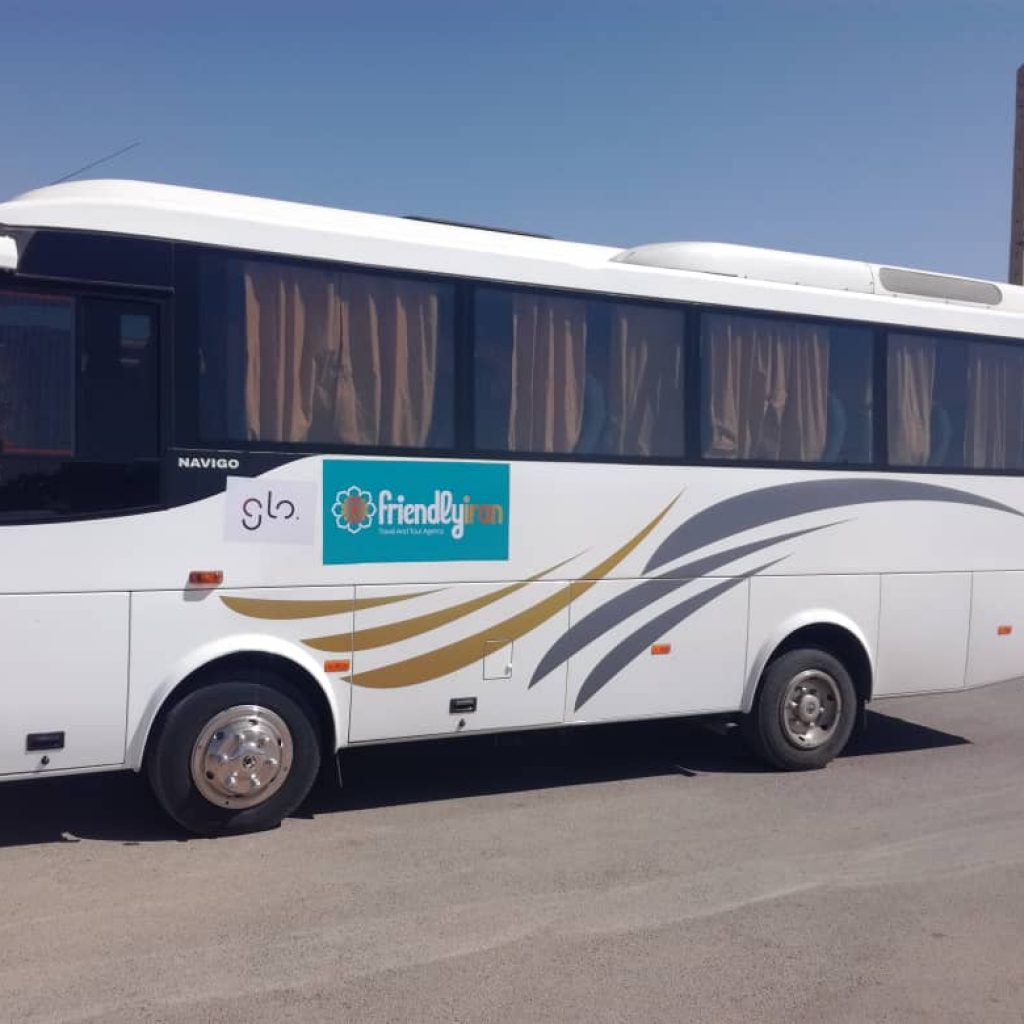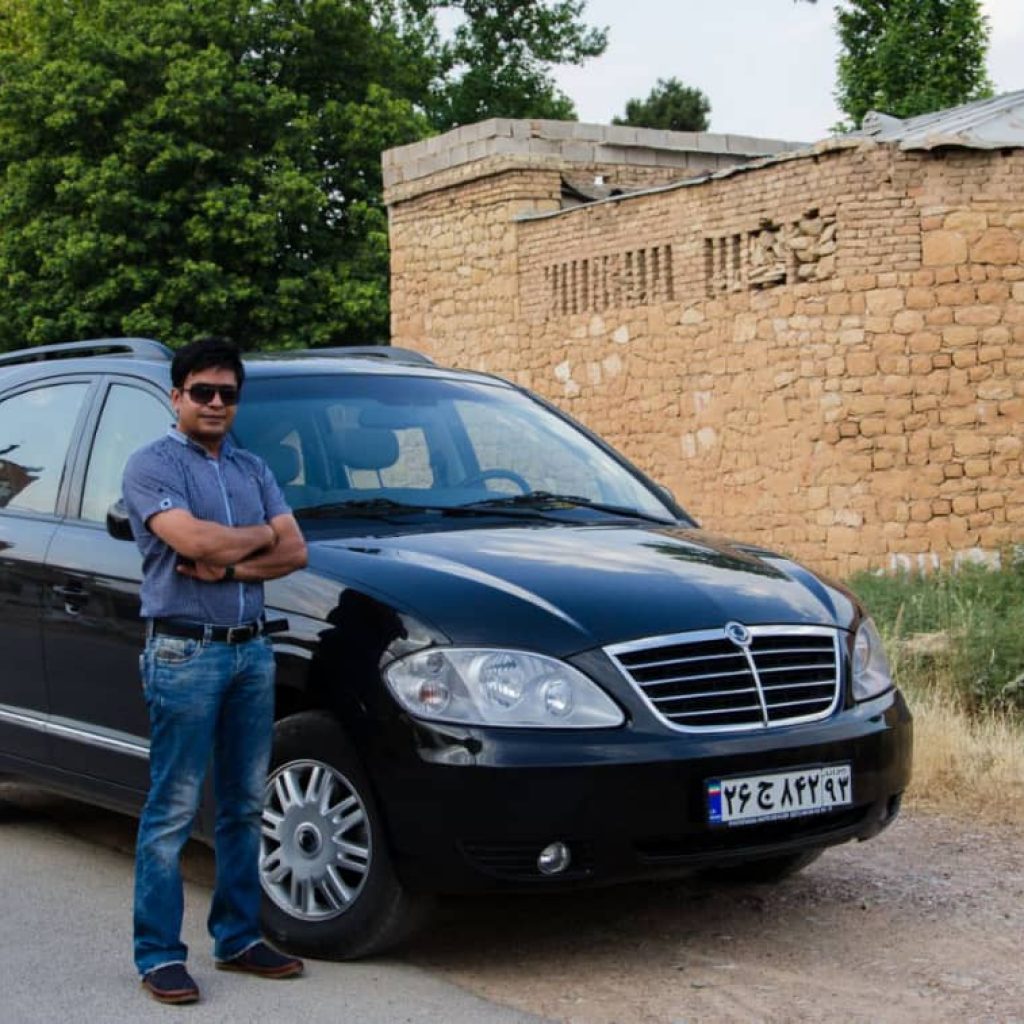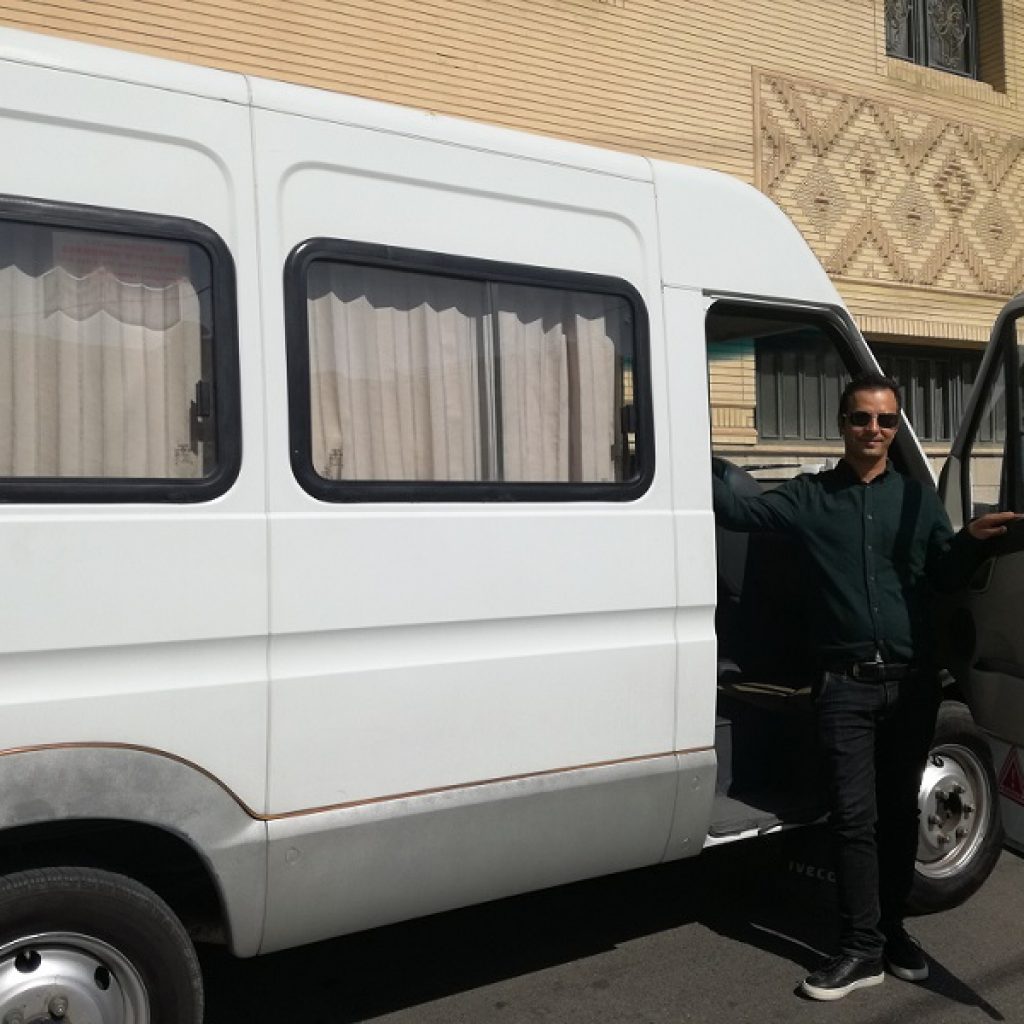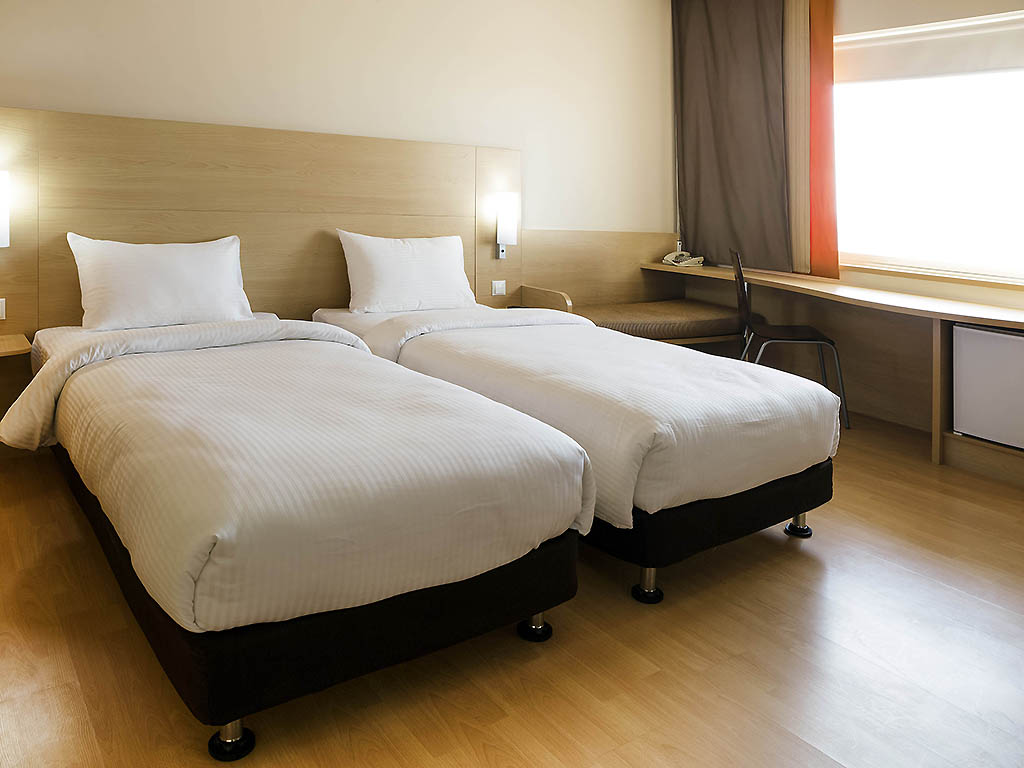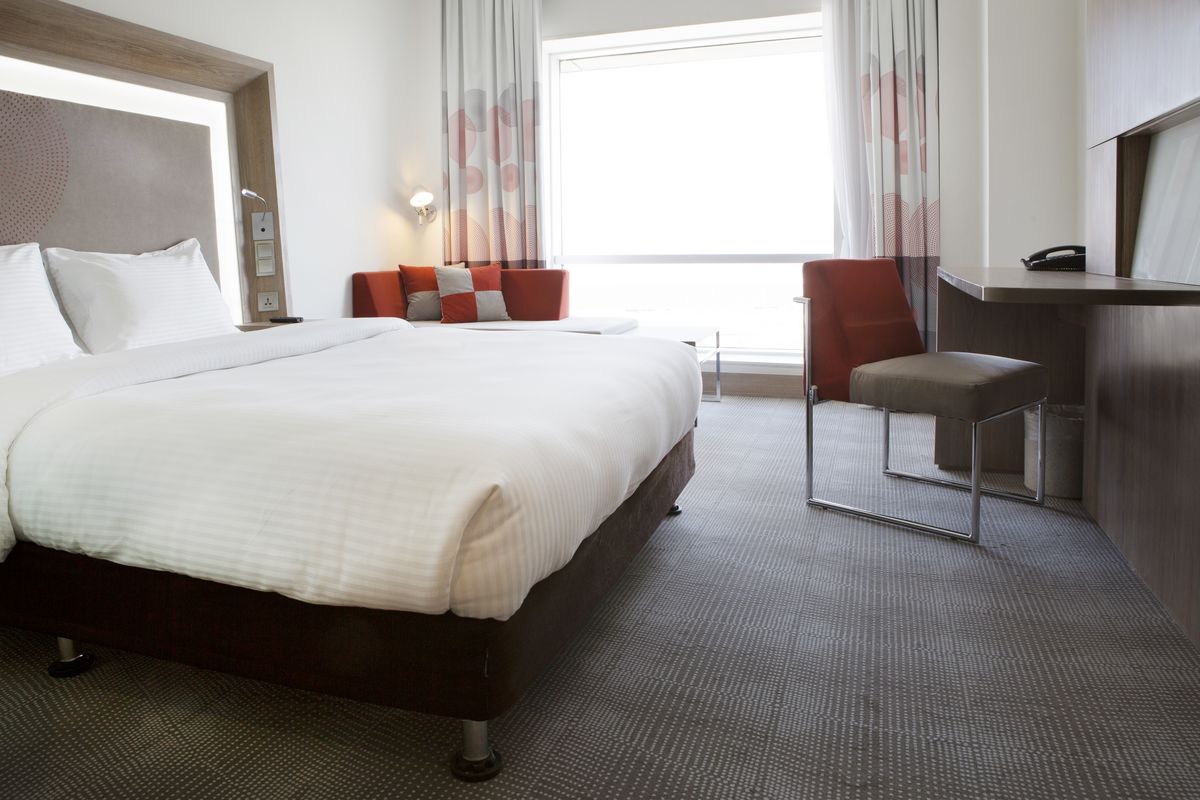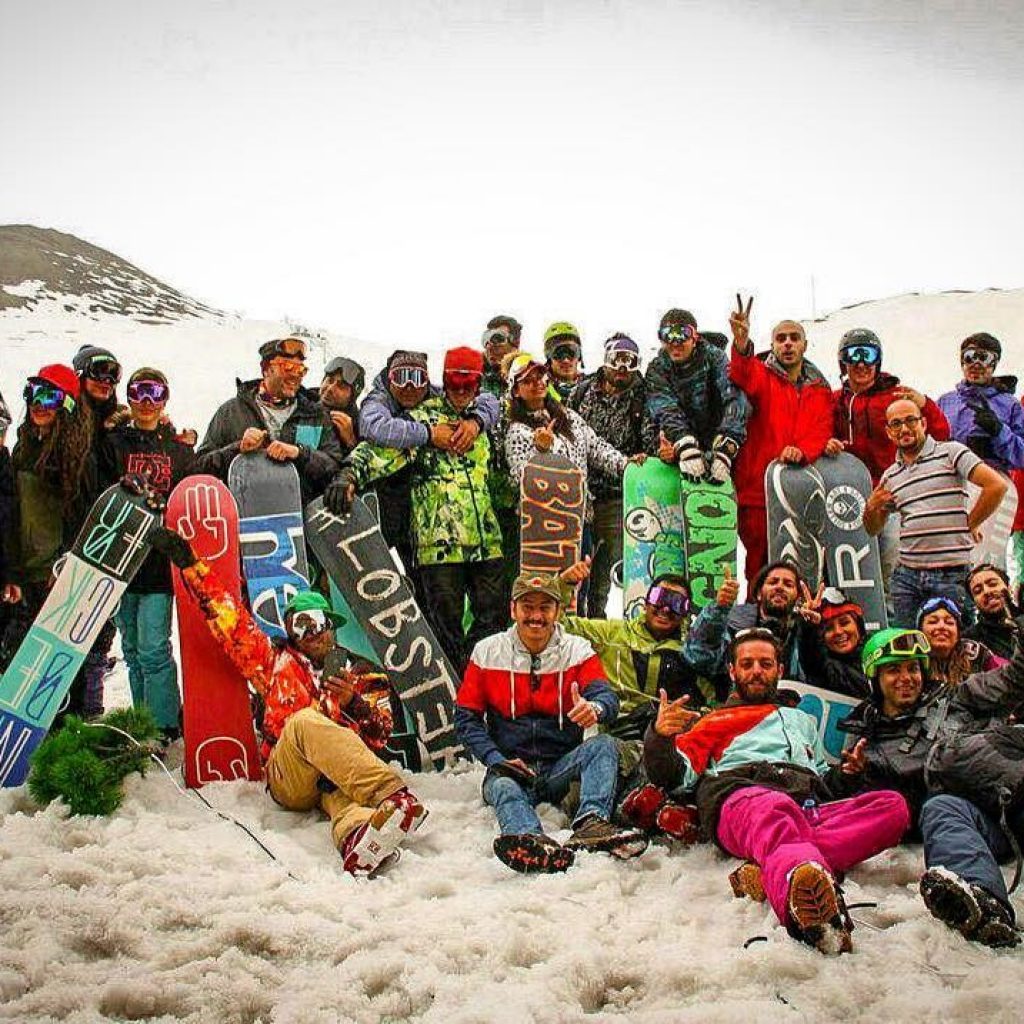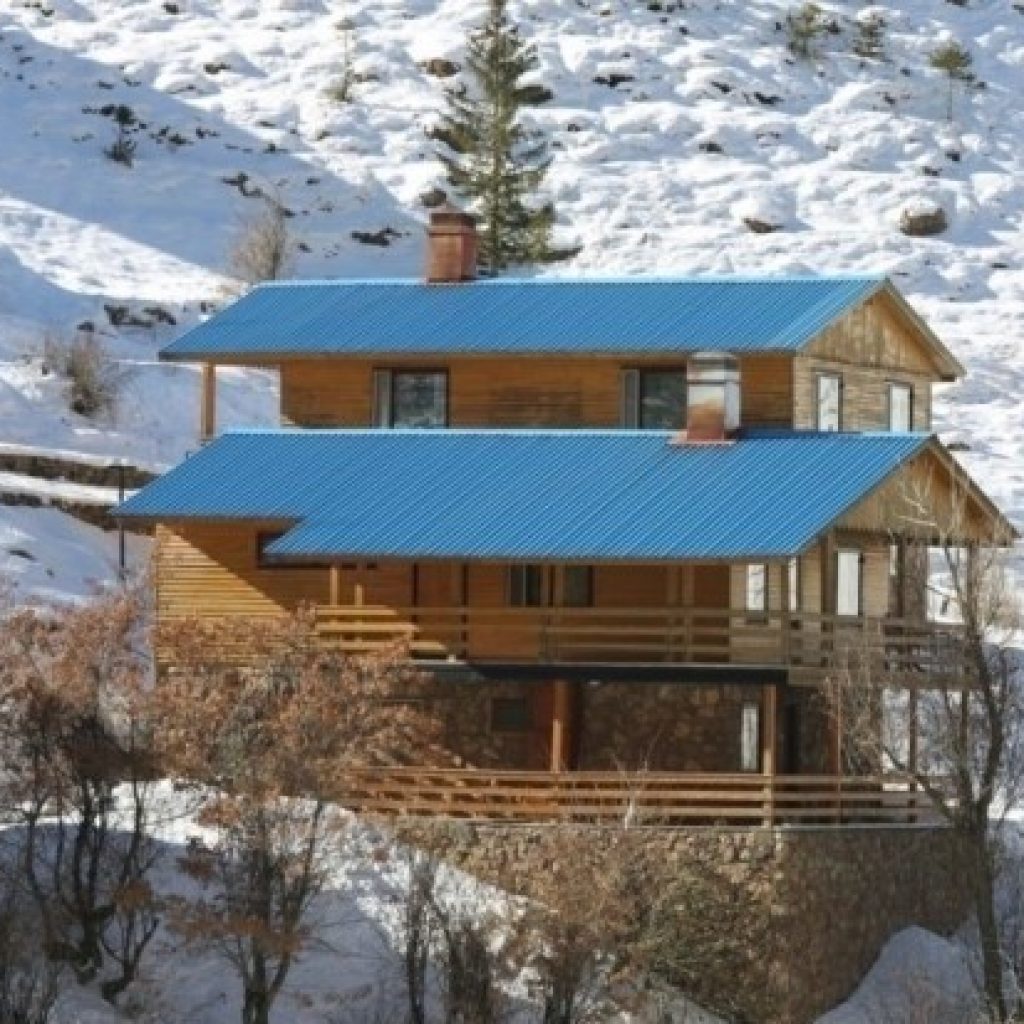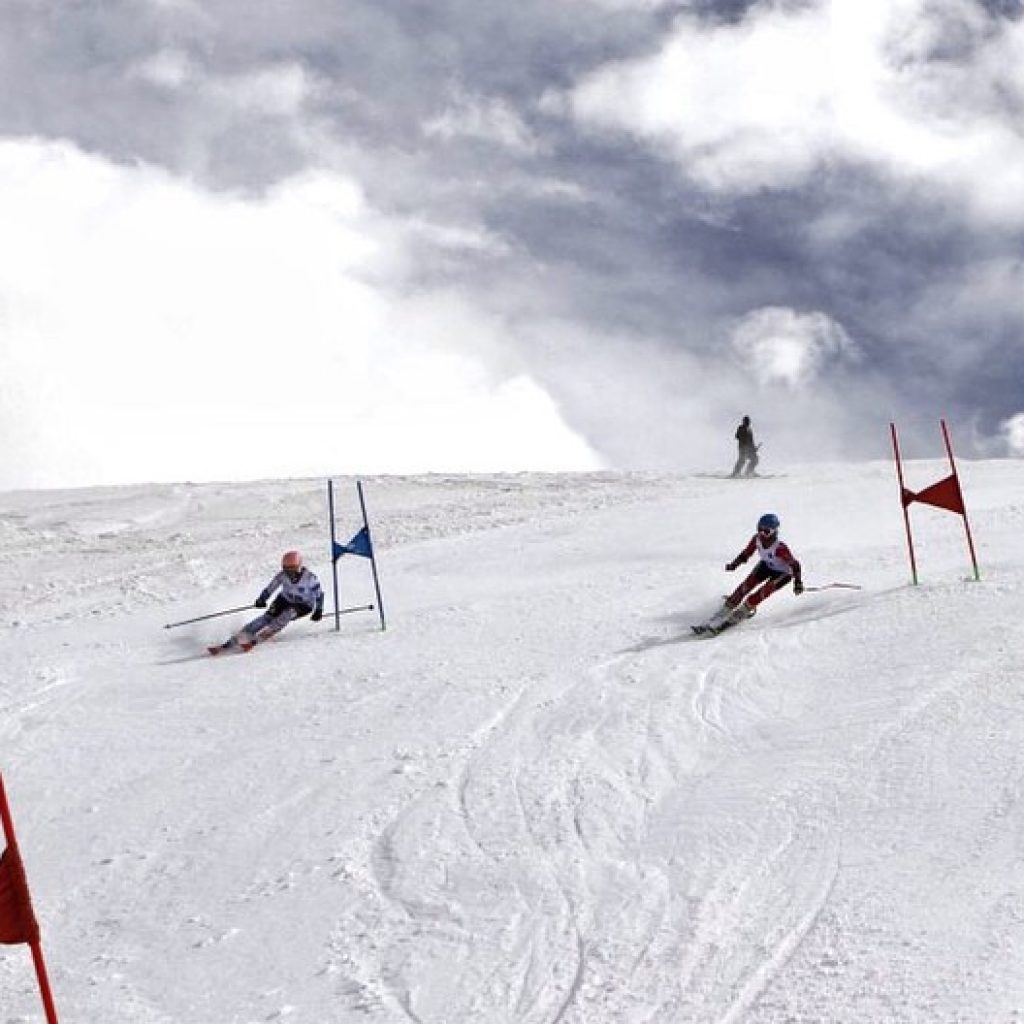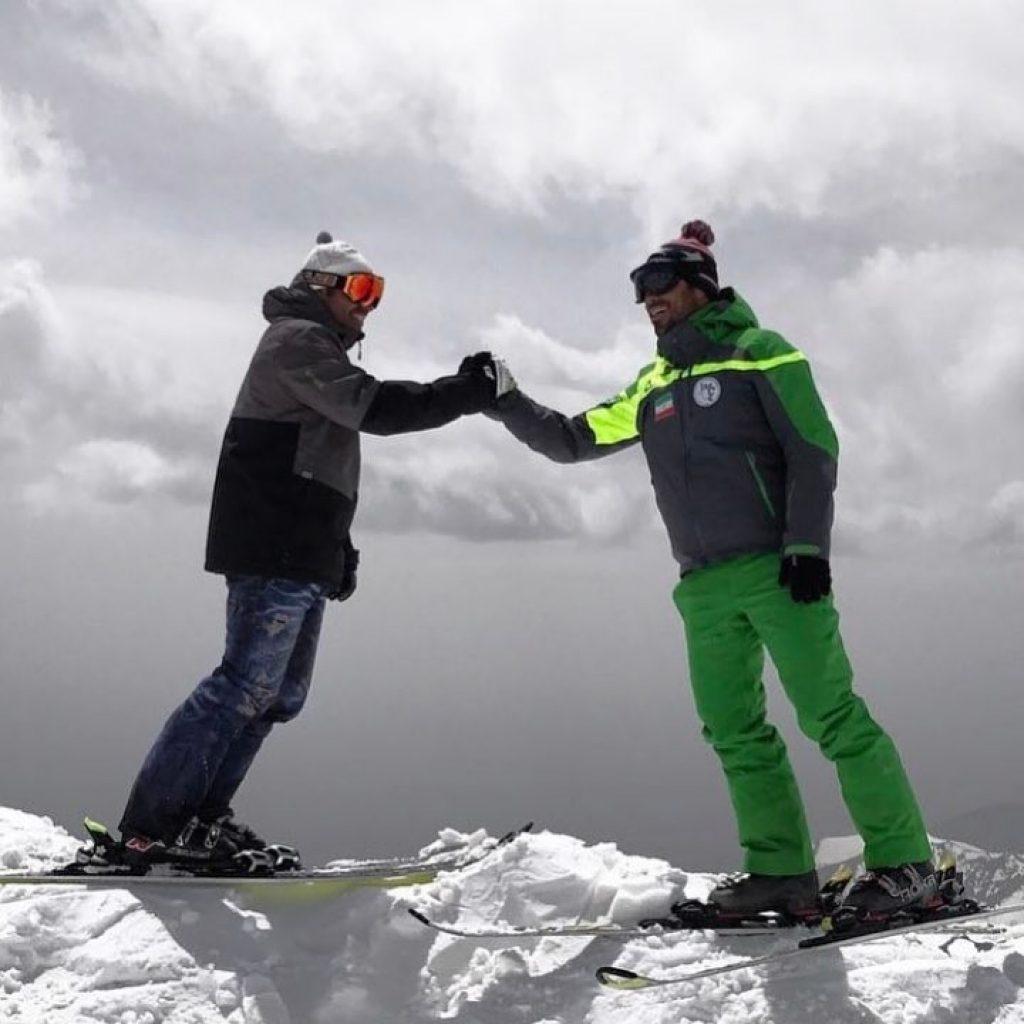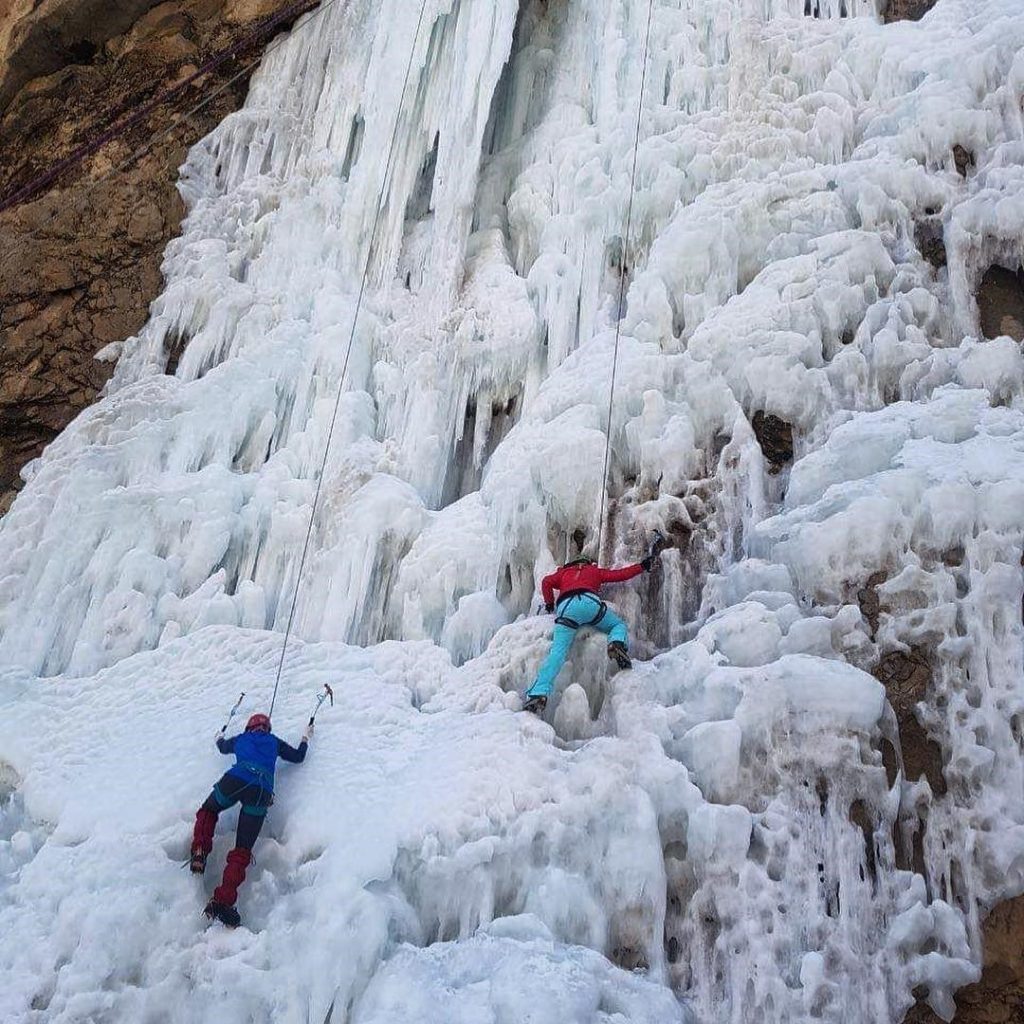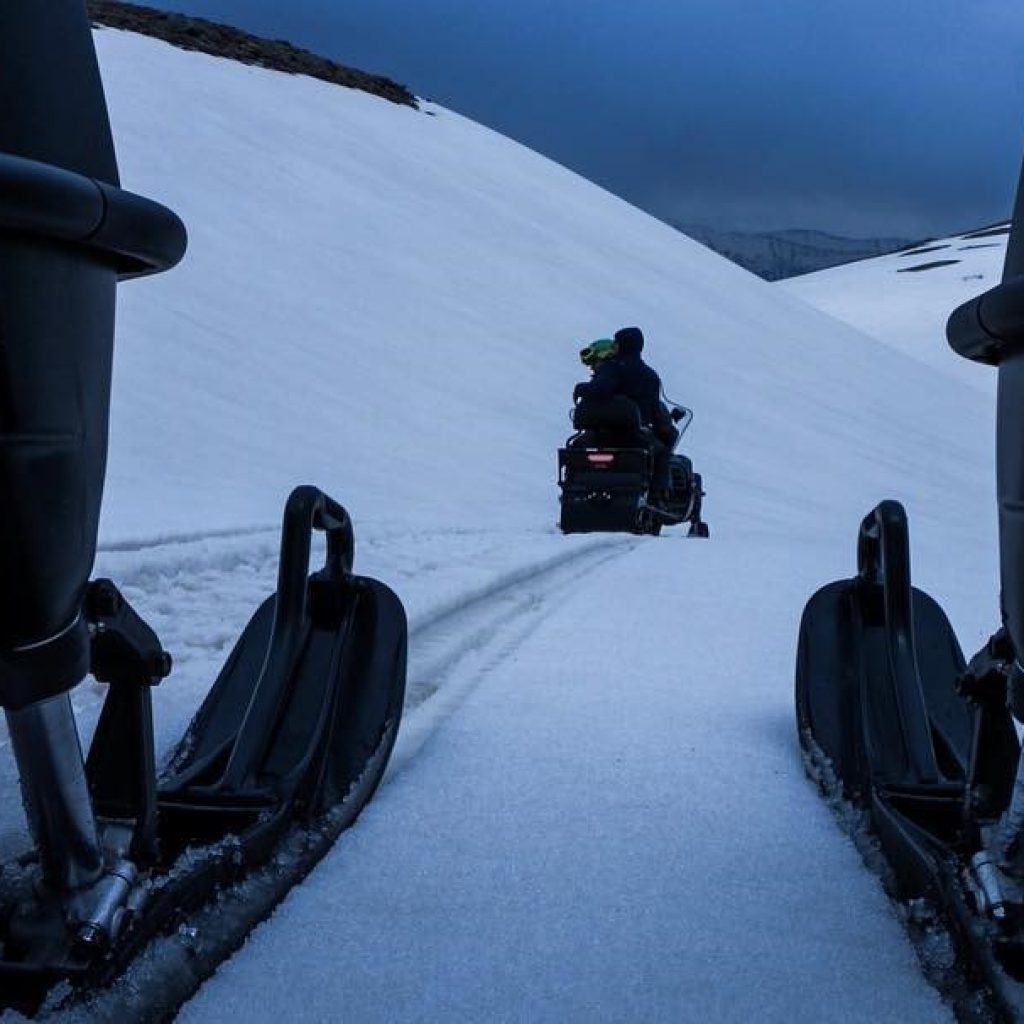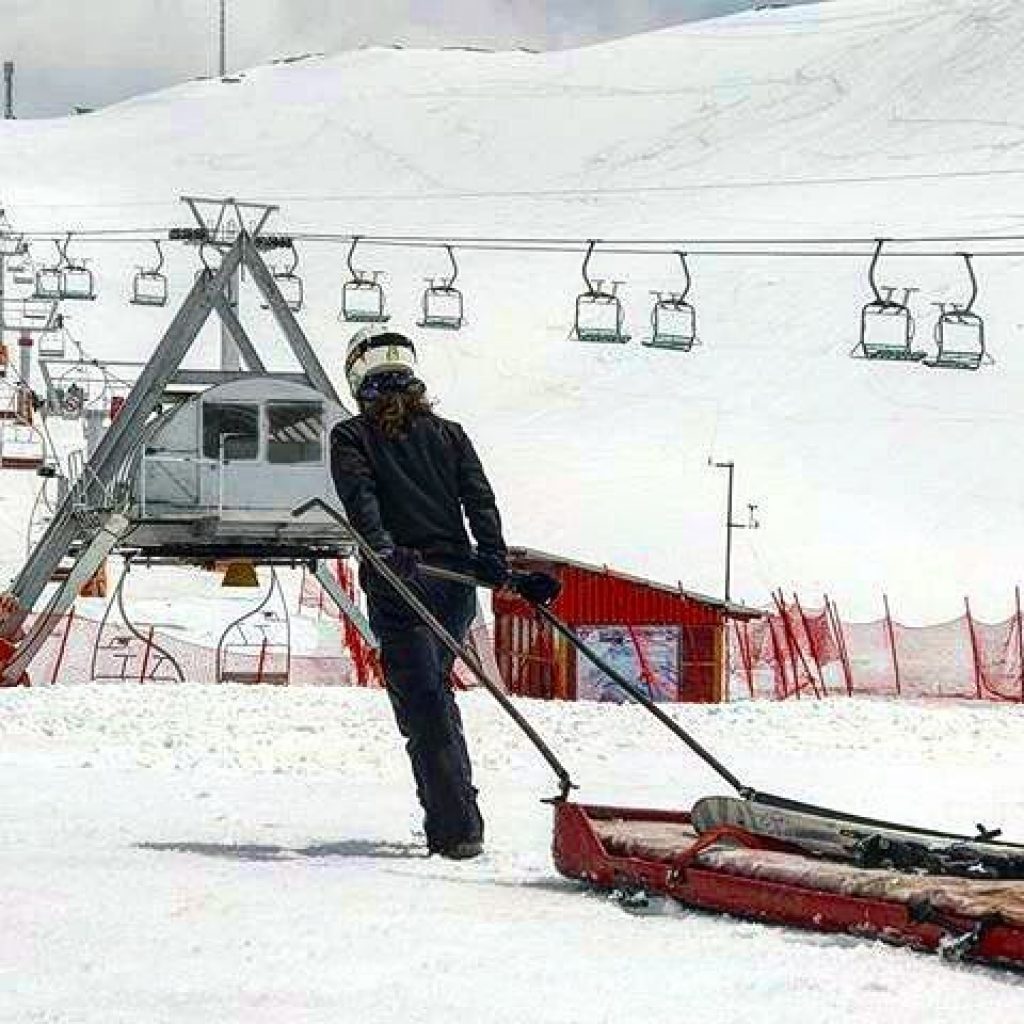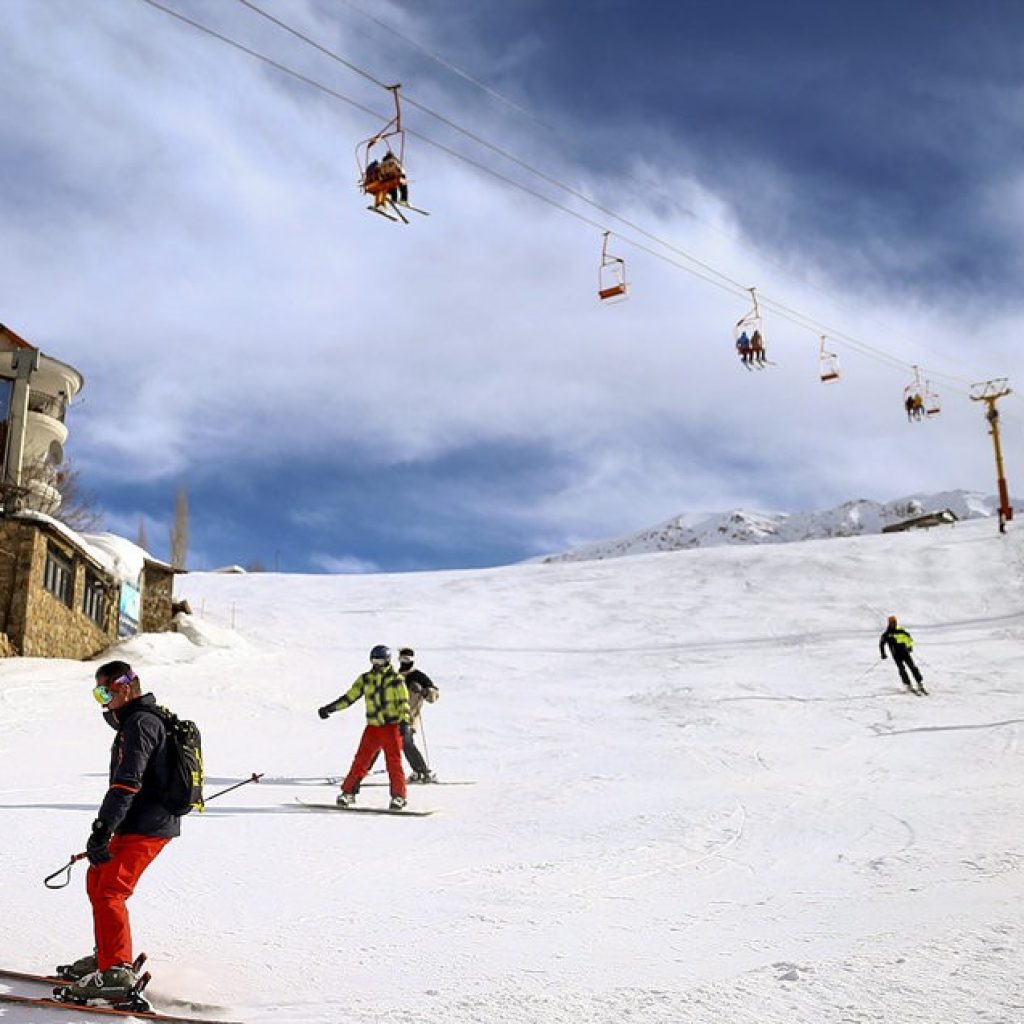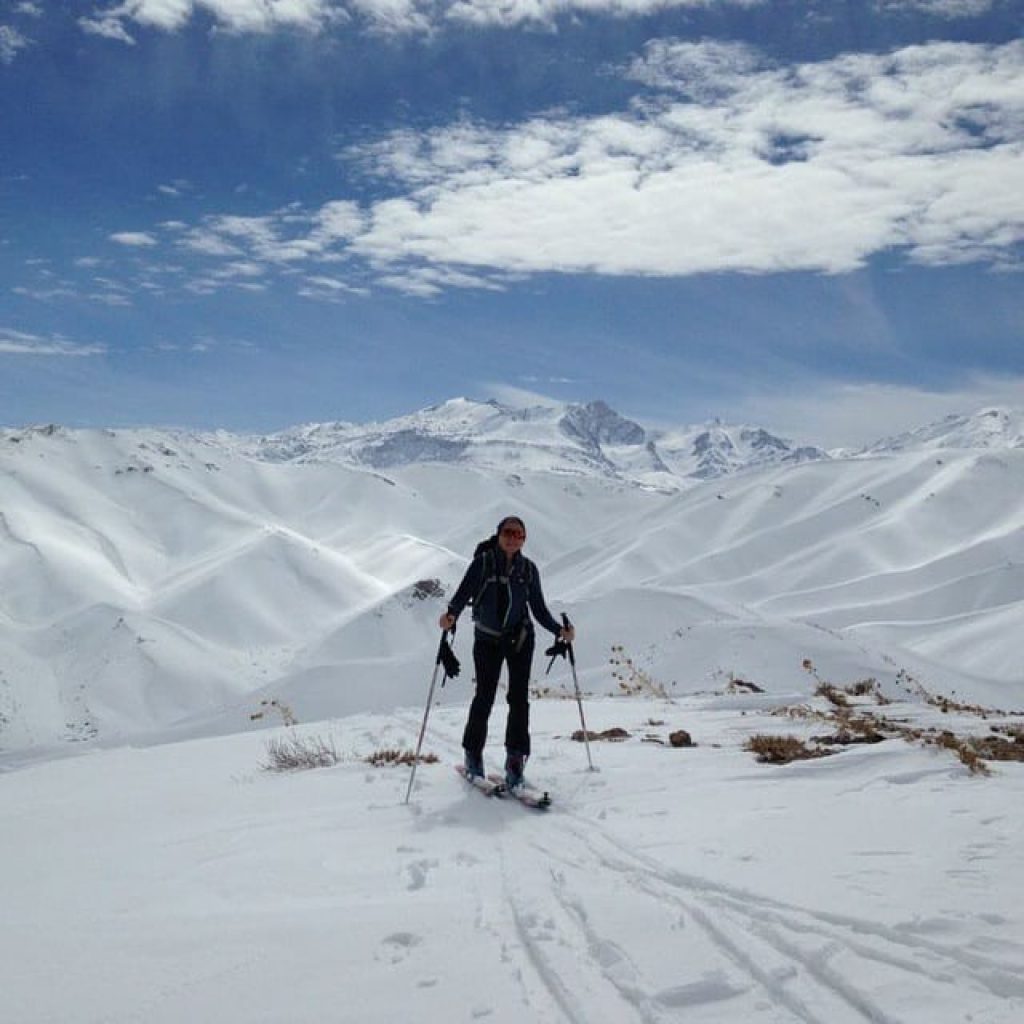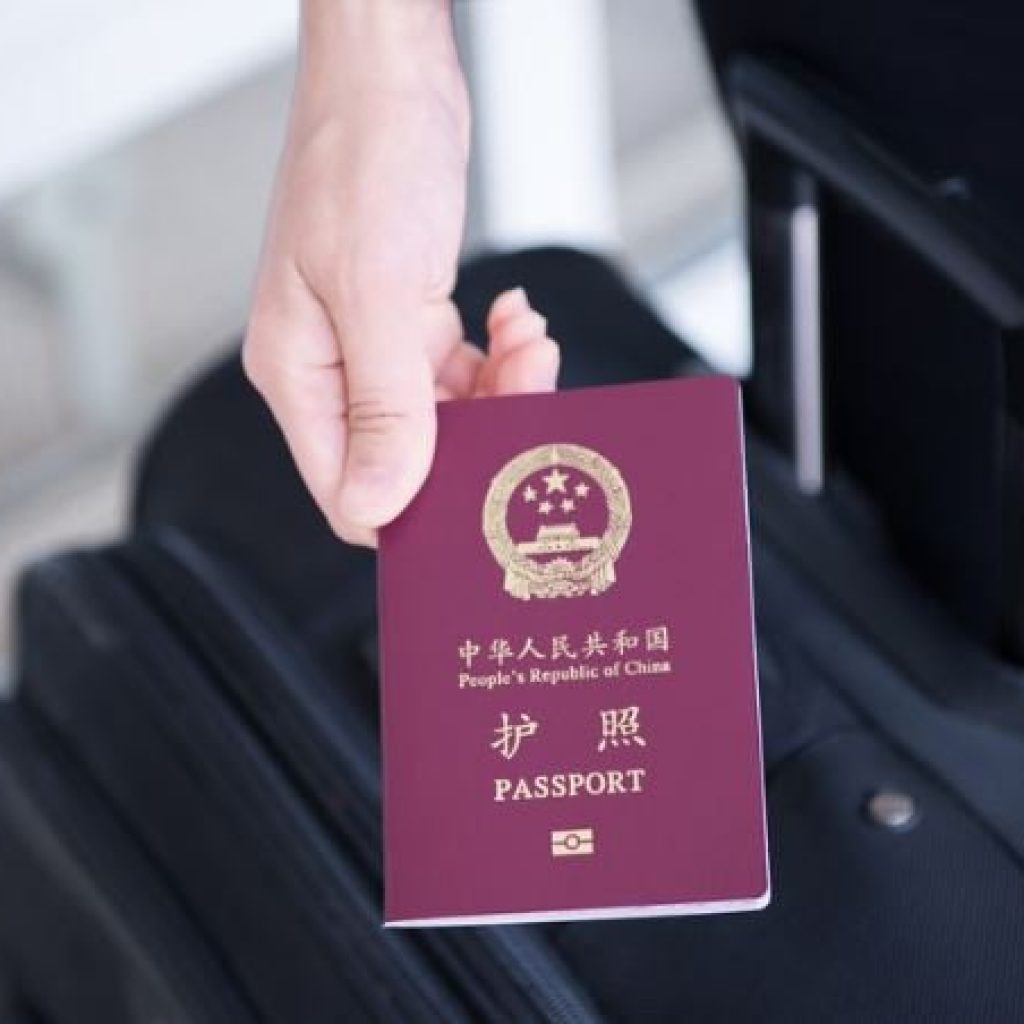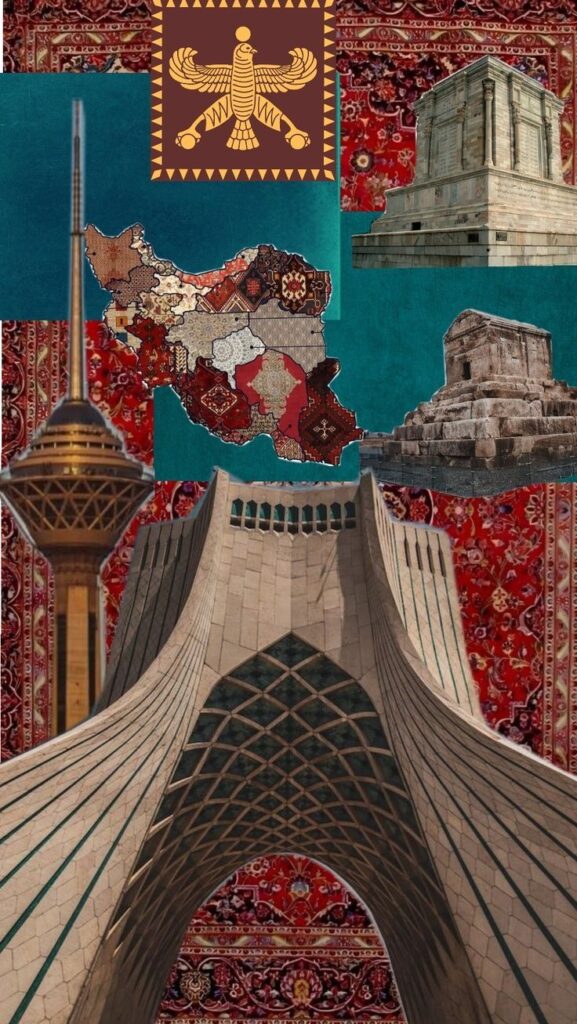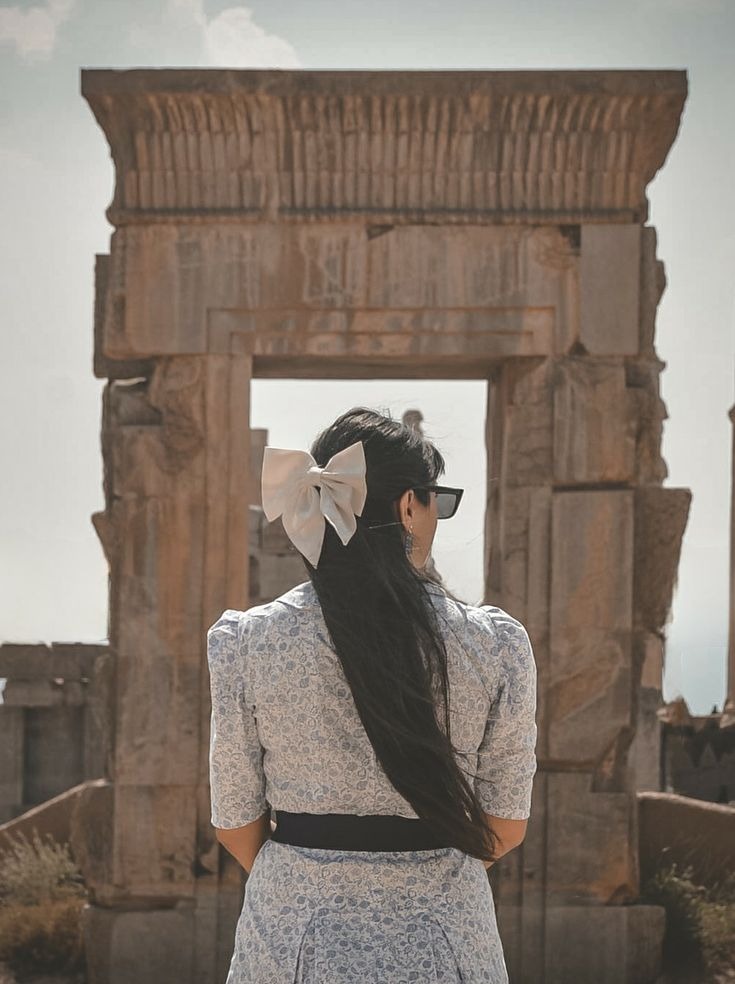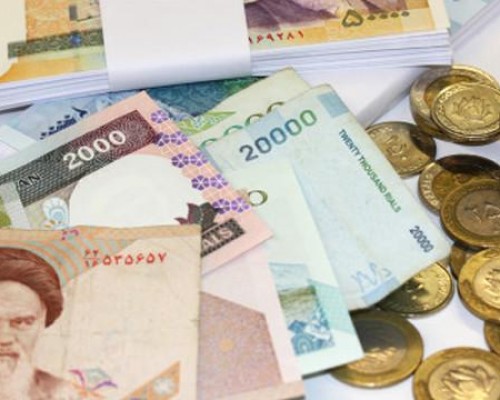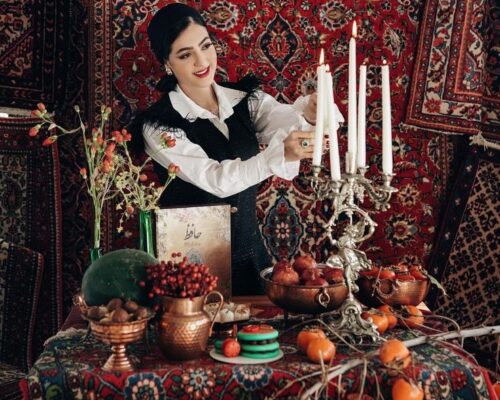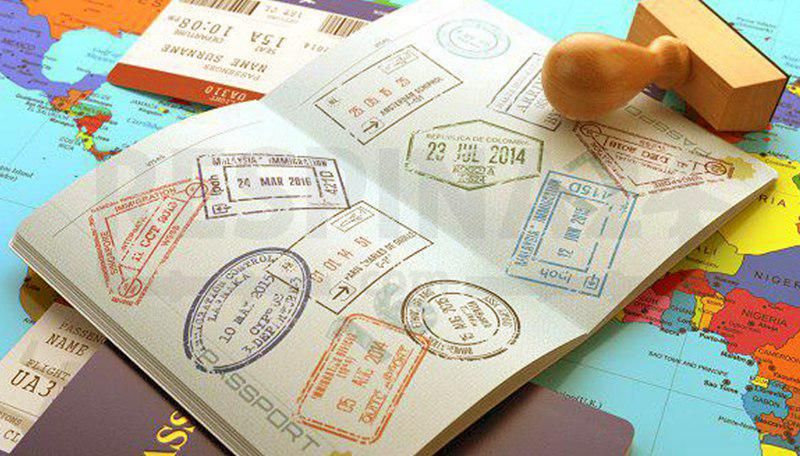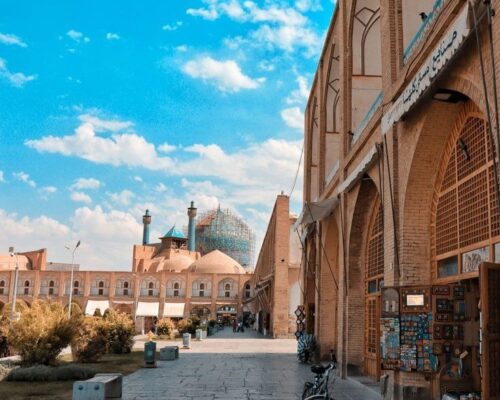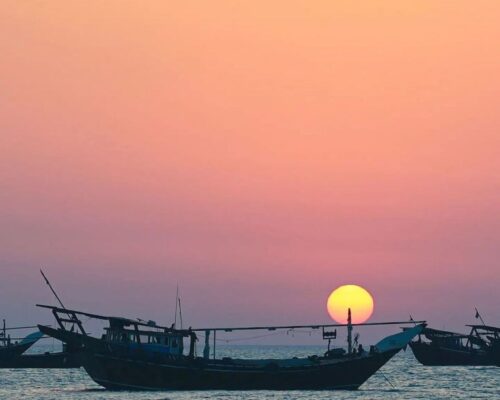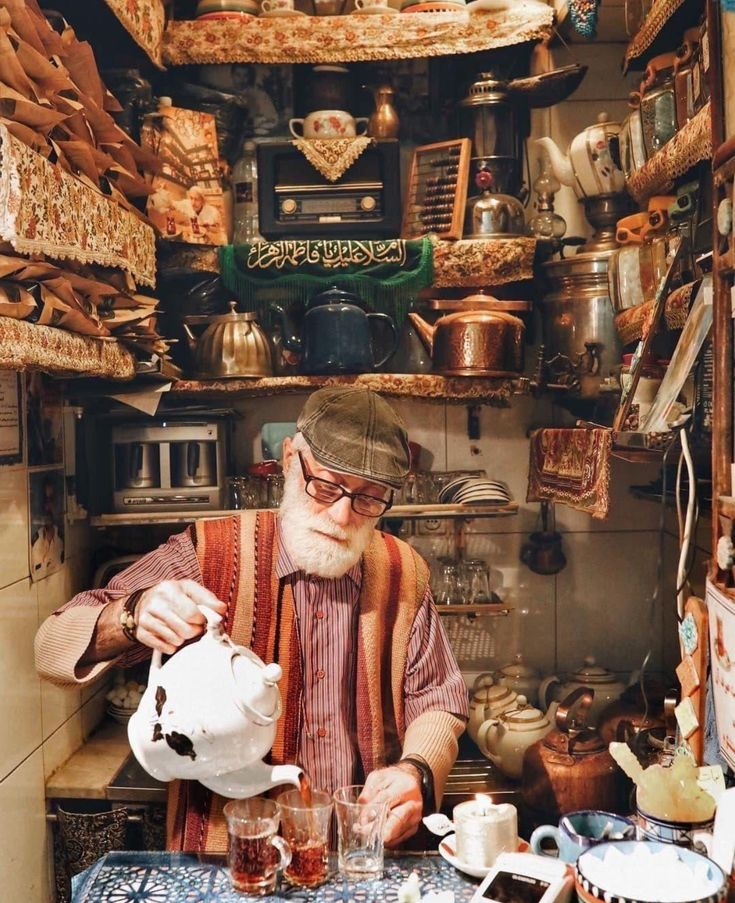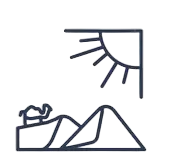Jose luis Martinez
As I wait for my next connection back to Mexico City, I wonder about these past days in a very old country.
My trip to the Islamic Republic of Iran has been nothing short of wonderful, awesome, interesting, beautiful, fun, moving, mind-opening… and it seems like I could go on and on about what I am feeling now.
I might have known something about the history of this country and the Persian Empire with its greatness and sophistication; but being exposed to its remains, visiting the archaeological sites, the museums, the palaces, the gardens, the bazars, it is very clear that it was magnificent… and that its roots are still embedded in people’s minds and hearts, and each person you encounter on the way is a king opening up its palace to welcome you. The warm and kind hospitality are definitely beyond anything I had experienced, and confirm this fundamental principle of oneness in this brotherhood of sharing a planet. While watching things and customs and places that are completely different to anything I had known, I felt at home all the time.
I was not expecting my trip to be this beautiful.
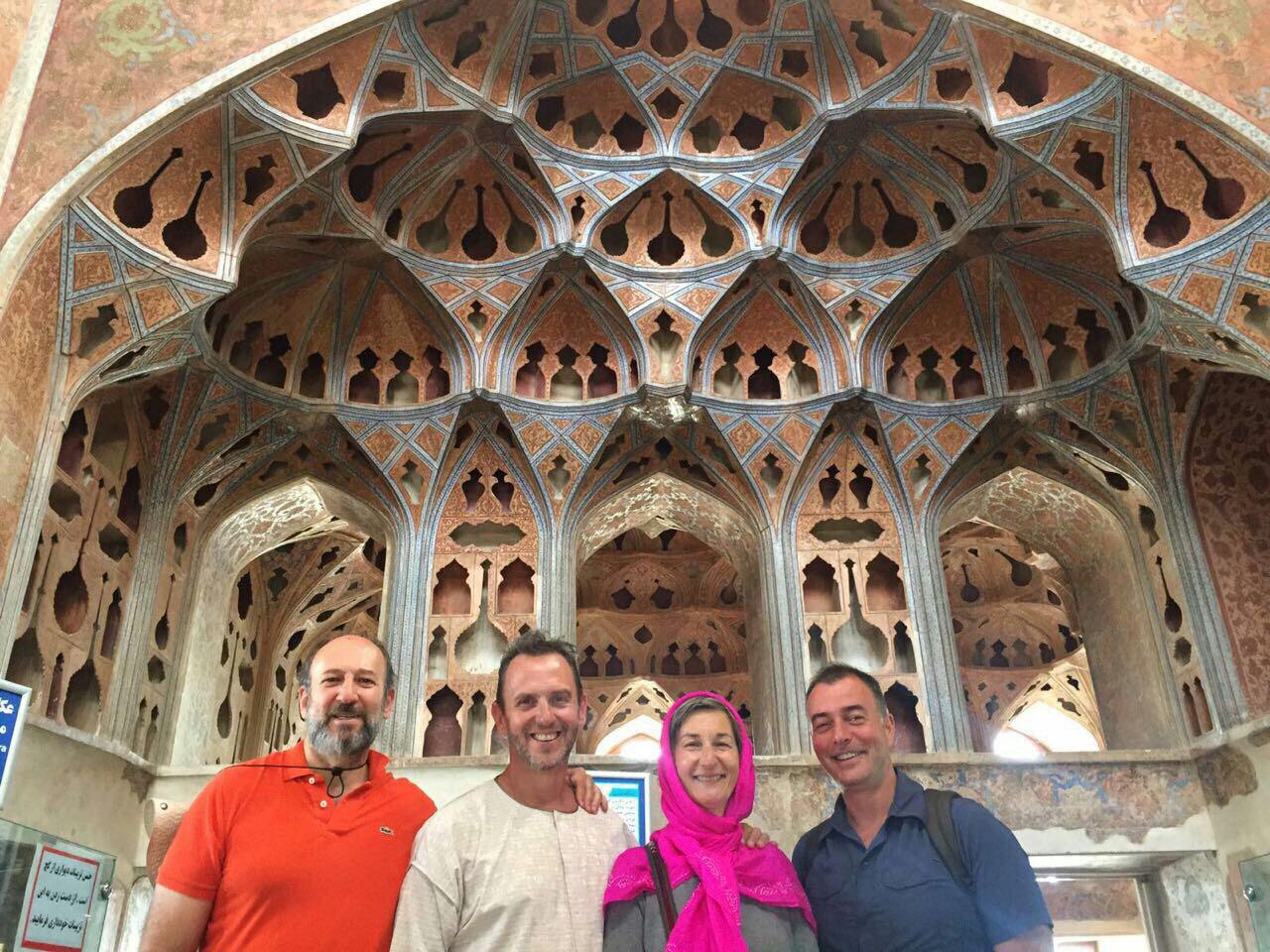
For more than two weeks, I have constantly changed worlds. Each of them special. Each of them a beautiful slice of this amazing cake that we now see as one territory. And each of them, completely different from what I was expecting, took me by the hand to be touched at a very profound place within. Surprised.
I am moved.
Of nomadic origin thousands of years ago, Iranian people are still nomads in their minds and hearts. They can set up tents to sleep at places we would think impossible, from parks to parking spaces, in sidewalks and in the middle of nature… and, as we said during our journey, they are the “picnic kings”, with an amazing ability to “camp”, prepare tea (or a full banquet) and enjoy themselves almost anywhere where permitted (but it is permitted in the most unbelievable places), just by unrolling a carpet or a plastic to define the space they will be used, and for which they always seem to be prepared. They simply remove their shoes to step onto this rug and enter a world of human connections that take place inside the rug.
By simply passing by, the shower of invitations to join them is truly touching. Their warm gaze and huge smile makes it very clear they mean it. They are willing to share what they have with you…
During these days, I received tea, coffee, biscuits, ghalian (the Iranian word for water pipe), water, an energy drink, candy, together with many more invitations I could not accept due to our program, and countless smiles from “strangers”.
Where else in the world does this happen?
The origin of the Persian Empire dates more than 2500 years ago. Their history is mind blowing… with numerous conquests, battles, alliances and defeats. Worthy of mention is the battle of Chaldiran (1514) where they fought the Ottoman Empire, which had gunpowder weapons. The Persian king ordered his army to fight fair and with an equivalent number of people as their enemy; because outnumbering was not playing fair. And while they lost the battle, it is regarded as the “King of Battles”, because the Persians fought the way they considered well and made space for honor in combatting, meeting their duty of honor and creating (or strengthening) their sense of identity. Whether true or not, the mere fact that this is what has come down more than 500 years ago is worthy of consideration.
From the foundations of Persepolis (and many of the symbols incribed in its walls and sculptures), being true and truthful to one’s principles has been a fundamental part of life and this is still something that continues alive and pumping. During all this time, I never felt that I was in any kind of stressful situation and, far from it, I felt completely safe at all times. Stuff was left unattended in situations that are unthinkable for us; and nothing happened. People are honest and my feeling is that they would never lower themselves to anything that would put their entry to heaven at stake. As if lies were not an option. Things are what they are, and they are not striving to make things look like what they are not.
Iran is safe , clean. Its people are innocent, pure, kind. There is a beautiful sense of pride and a strong sense of community.
Many of the things that we visited are truly very beautiful, with craftsmanship that exceeds anything one could possibly imagine. I thought that if we put all the time that has taken to do all the hand work that there is in Iran in a single line, we could definitely go back to the origins of time… Millions of years… Stone worked like lace, bricks used like embroidery, wood carved like filigree, metal worked so intricately that it defies belief, mirrors used like miniature tiles, gardens put together with perfection and balance, food served like a piece of art… Worthy of note on this regard is a hair with an inscription in Armenian language that reads: “Learn wisdom, follow advices and understand the intellectuals’ speech” written in 1974 with a diamond tip on a single hair (It is possible to see it through a microscope at the Armenian Cathedral of Saint Joseph of Arimathea. Everywhere, things have been made beautiful with symbols to remind us of paradise.
Isn’t it all about creating paradise here and now?
They have had an impressive past of noteworthy poets and scientists and astrologers and astronomers and engineers and strategists and artists and politicians and people that have made amazing contributions to what we now are and take for granted… and these people are all integrated into their lives and given due respect in their mausoleums and tombs and monuments… People still gather around the tomb of Omar Khayyam to read his poems (he passed away in 1123), and his writings remain current up to date.
Another “weave” can also be seen in their human connections and history. Throughout the country, much bigger than I expected (around 1.7 million square kilometers), one can see people from different nationalities and religions. While predominantly Shia Muslims, there are also Zoroastrians, Christians and Jews (these three have seats in the current parliament of the Islamic Republic of Iran). Several languages are spoken in Iran. Many of their traditions and their sense of identity have to do with their Zoroastrian past and, at the same time, this takes us back to the Mithraic beliefs. Sufi mysticism still exists in Iran and has existed for hundreds of years and has still left its footprint in the life of this country.
Iran seems to have a passion for flags. The flag of the IRI can be found everywhere, and they use it without restraint, sometimes with dozens of them flying in the wind, next to some other banners bearing, at this time of the year, flowers to celebrate the arrival of spring. The result is stunning. There is something special about seeing flags dancing in the wind. Like prayers being released.
Tea is a very important part of their life. There are samovars everywhere, teapots, thermoses. You are constantly offered tea, which is often served with different kinds of sugars and/or candies, some sweets and always with a smile. And they put spices on their black tea, giving it a very Iranian character. Or make herbal infusions out of the most unbelievable things, always aware of their properties.
At gas stations, one can purchase a “hot water refill” to brew tea on the way with your thermos… and a greeting and kind exchange of words will lead to being offered a glass of tea as soon as it is ready to be served.
Sugar and rice are very important part of their life, too. There are many different kinds of sugar that are traditionally served with tea. Candied sugar (sometimes with saffron), crystal sugar, white sugar, sugar cubes, some caramel-like candies that are eaten together with tea. And they have elevated cooking rice to a new dimension, achieved with a very complicated process that yields wonderful results. And that takes hours…
Food is seen not only as a pleasure, but also as a means to stay healthy. Everything is regarded for its medicinal properties and food is planned not only in terms of its flavor
, but also in terms of its contribution to health and well-being.
Irani people have developed a spectacular approach to fruit and/or flower based drinks (which they call “sharbat”)… rose water mixed with saffron and cucumber… or sour cherry mixed with honey… willow with lemon or lime… a type of vinegar-based syrup mixed with seeds… the colors are spectacular and the result is amazing. Something refreshing and delicious. Fragrant and good.
Under the most watchful eye of my travel companions, I also experienced great food from different regions in Iran, which constantly surprised me in every possible aesthetic way. Hmmmm….
And I could go on and on…
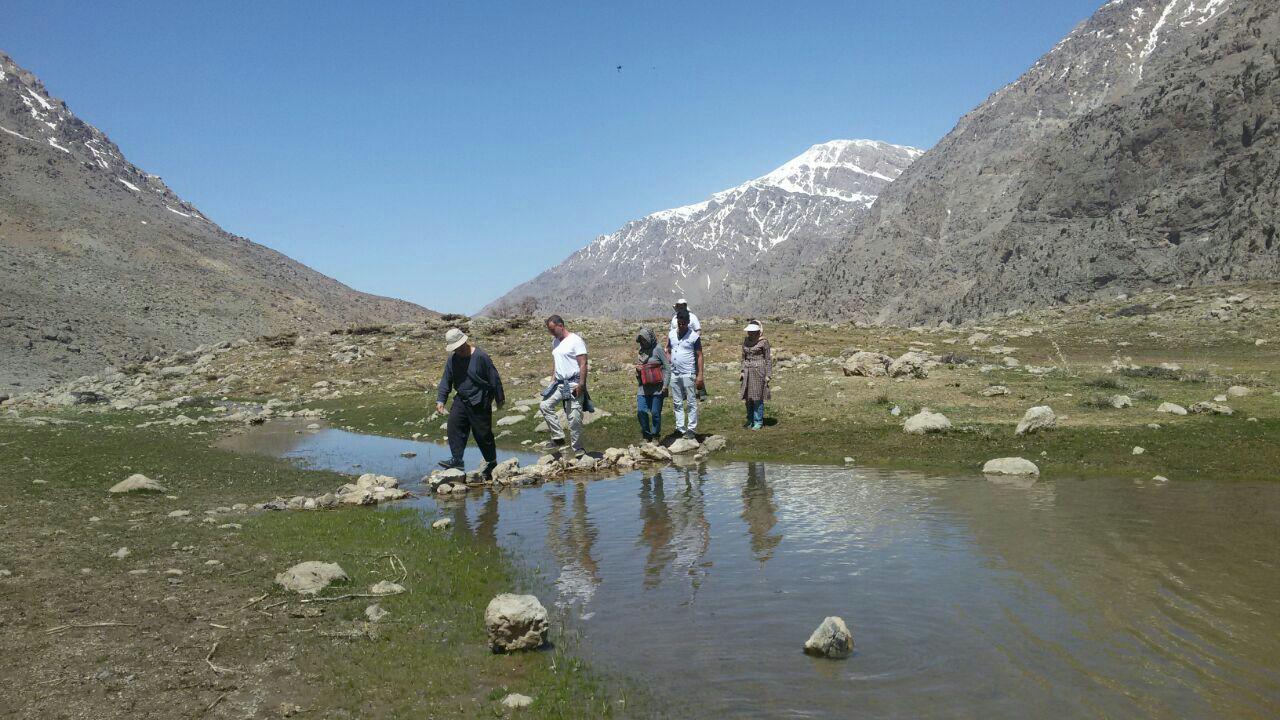
This trip has also been important in the sense that I decided that I was going to travel with you this time. And it has been wonderful realizing here we are, holding hands, and moving forward in this spiral of life, with summersaults of joy and an experience that makes me want to think that this is just the beginning, and that the rest (and the best) is yet to come. Thank you for being with me this time and for making it so special…
Iran is about beauty and reflecting this beauty, whether in their mirrors which they use abundantly in decoration or as symbols by the entrance or in ponds and fountains. Iran is about roses and orange blossoms and wall-flowers and jazmines and wisterias, whether as scent in the air or in drink s or as theme for poetry. Iran is about pistachios and dates and lamb and different kinds of rice. Iran is about amazing crafts, craftsmanship and seeking perfection. Iran is about depth and wonder and love and poetry. About meaning and growth in this path to making paradise happen here and now. Sharing and making you feel at home. Doubtlessly, their most favorite word, which we heard all the time , is WELCOME!
Although it is impossible to put iran trip into words in some paragraphs, because I really have no words to describe many of the things we did and lived, I cannot finish without thanking both my travel partners, our guides and the travel agency for making this an extraordinary life-changing experience, but especially all those smiles that I met along the way who reminded me of this incredible connection that we share, just for being here, now!
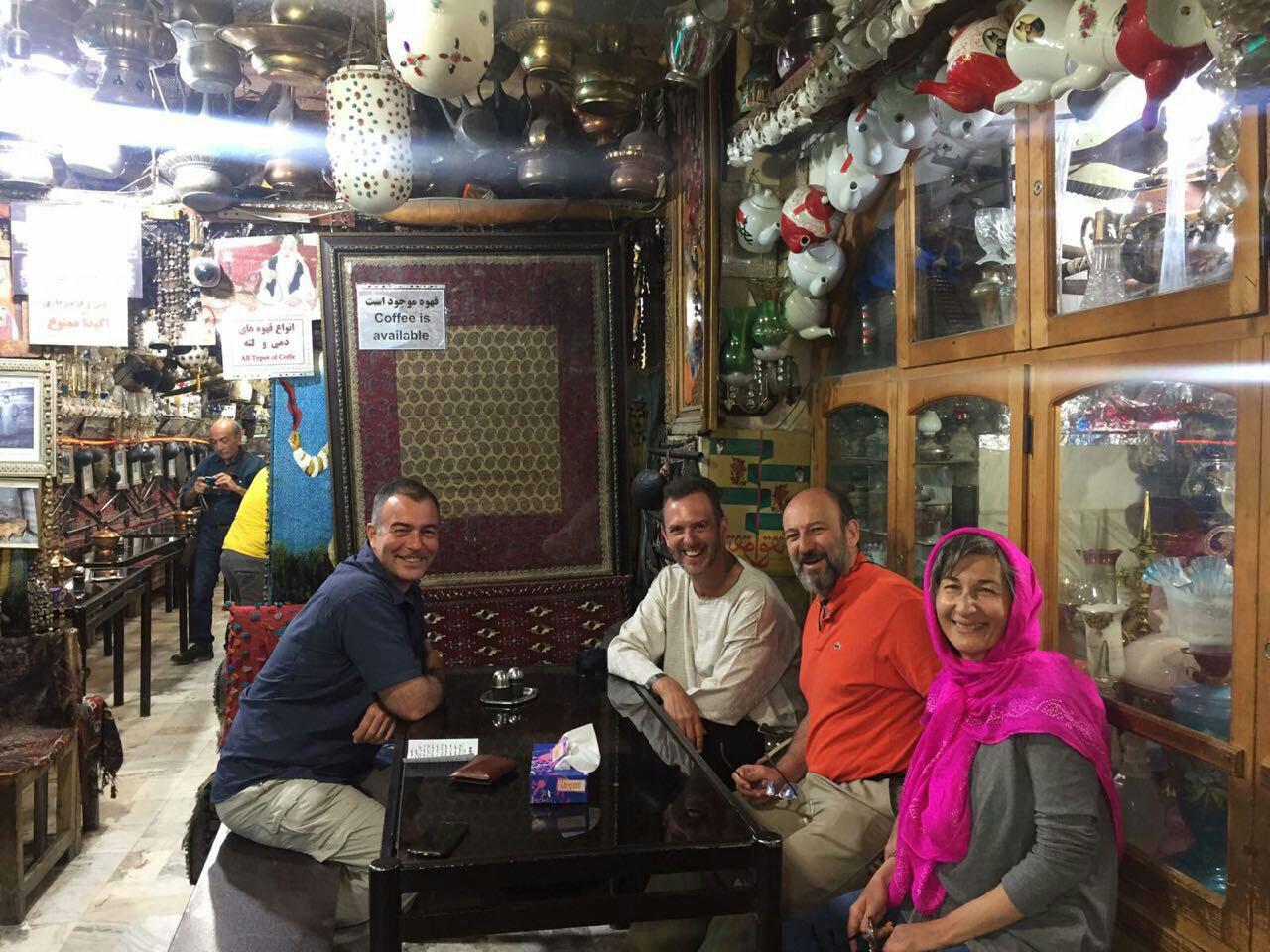
So, now, after these beautiful days, it is I who welcomes you to my life, Iran
WELCOME.
